

Legendary Serengeti and Tarangire National Park
Tanzania family private safari.
From $7,195
Easy to Moderate
Call 1-800-368-2794 or contact us for any questions
With its world-renowned game reserves, home to some of the largest concentrations of wildlife anywhere in the world, and its rich culture and welcoming people, including the legendary Maasai of the Serengeti, Tanzania is the perfect place for a fantastic family safari. We bring you to two of its world-renowned sanctuaries—Tarangire National Park, whose migrating wildlife is drawn by the permanent waters of the Tarangire River, and the famed Serengeti, where the earth's greatest gathering of terrestrial wildlife roams freely on golden savannas. Expert private guides, exciting game drives, fantastic private camps, and special activities for kids—including Swahili lessons, perfectly paced bush walks, and Maasai storytelling and jumping competitions—combine to make this the quintessential family safari. You can add extra days at each camp if you like, and post-trip, enjoy a visit to the paradisiacal island of Zanzibar, Ngorongoro Crater, Kenya's Masai Mara National Reserve, or track gorillas in Rwanda.
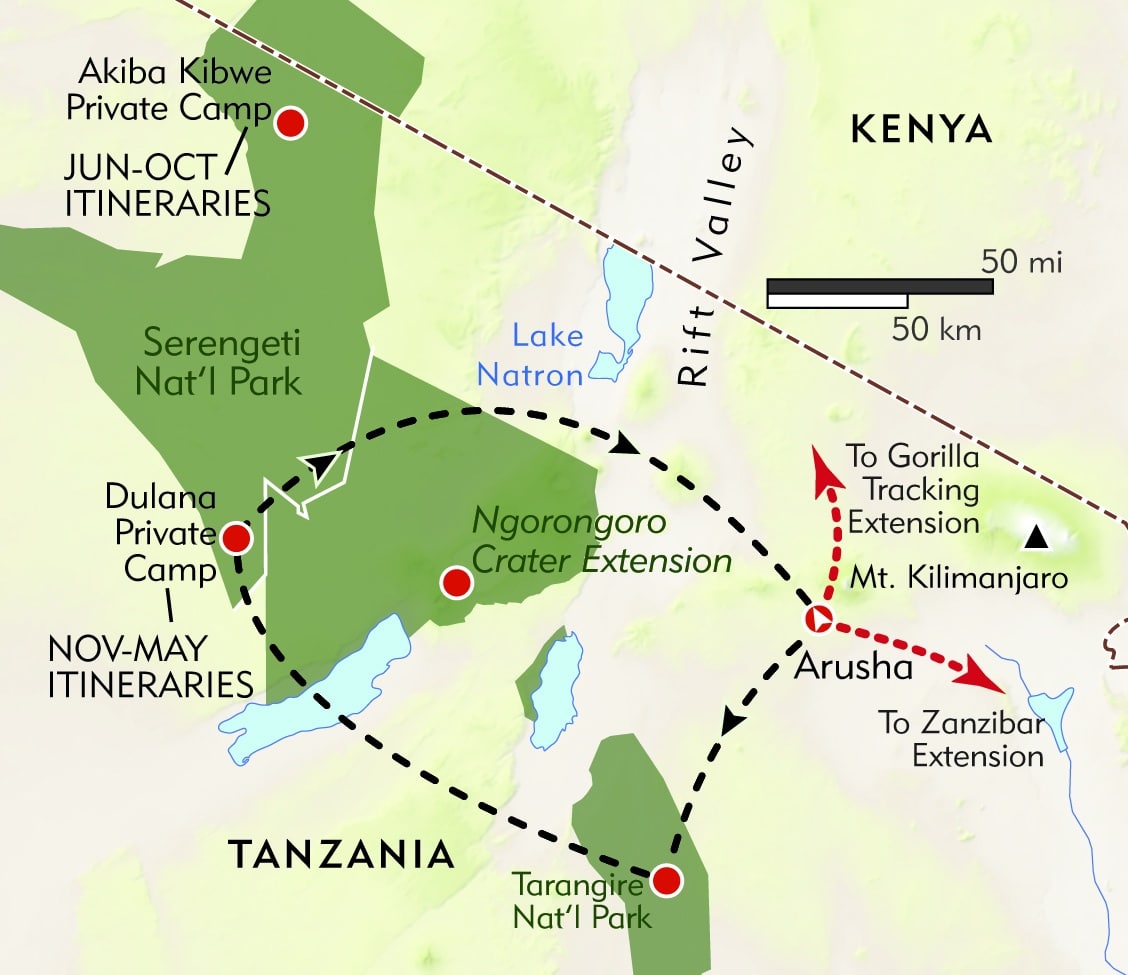
Arrive: Arusha, Tanzania
Depart: Arusha, Tanzania
- Special activities tailored for kids, including a special Maasai ceremony, a nature walk with Maasai, African cooking lesson and storytelling, Swahili lessons, Maasai beading, and more!
- Exclusive luxury camps right at the heart of the Great Migration, away from the lodge circuit crowds—our camps are private for your group alone
- Private expert guides and a delightful camp staff
- Custom-designed Land Cruisers, carrying just five passengers, with a guaranteed window seat for all plus a rooftop viewing hatch
- Optional extensions to Ngorongoro Crater, Masai Mara National Reserve, Zanzibar, Mountain Gorillas in Rwanda
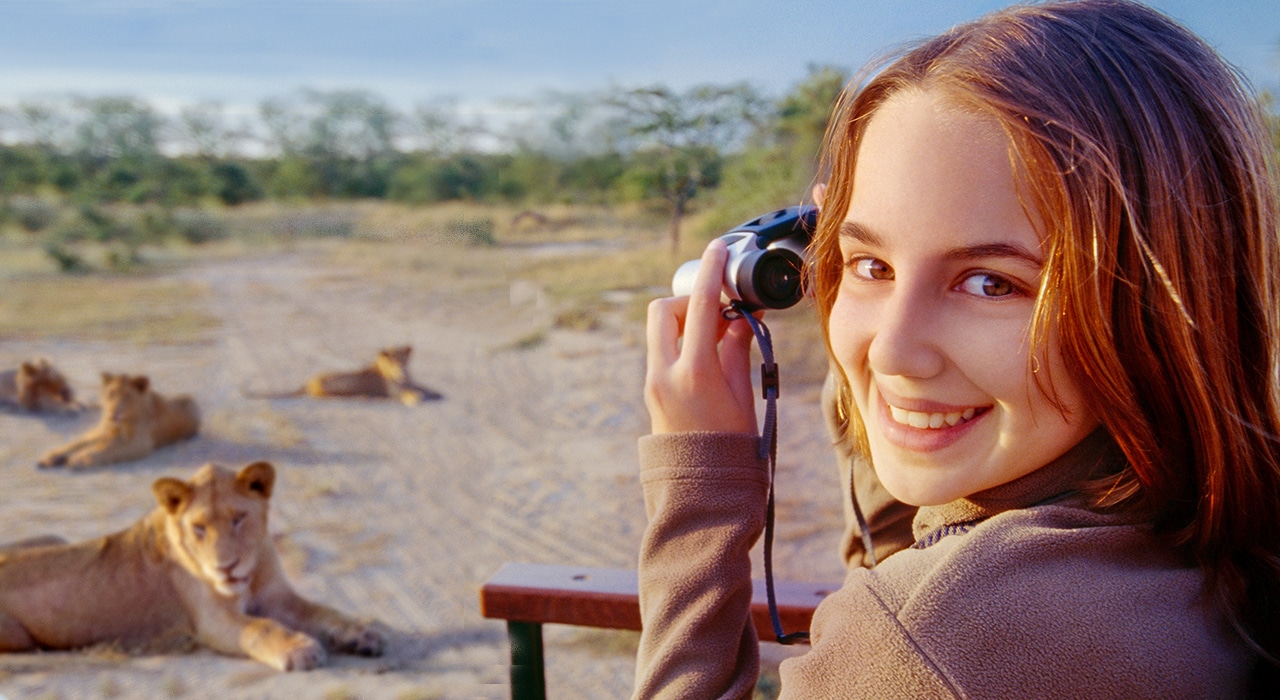
Dates & Pricing
Best months to go: June to October & December to March. For our Private Journeys, you choose your own group and your preferred dates. Prices are per person and not guaranteed until services are confirmed. Contact us for availability, questions, or to book your adventure!
Payment & Cancel Schedule
At time of reservation: 25% of trip cost 90 days prior to departure: Balance Please note that this differs from our standard policy.
Cancellation & Transfer Schedule
Minimum fee: 25% of trip cost 90 days or less: 100% of trip cost
Please note that this differs from our standard policy.
- Expert leadership of safari guides and camp staff
- Accommodations in private tented camps and lodge or hotel
- Meals as indicated in Detailed Itinerary
- All airport transfers and airport assistance at Kilimanjaro Airport
- All ground transportation and baggage handling from meeting until departure
- All activities as indicated in Detailed Itinerary
- Night game drives, bush/nature walks and Maasai cultural activities are included at Osunyai Lamarkau
Not Included
- Travel to and from the arrival and departure location as indicated in Detailed Itinerary
- Additional hotel nights outside the trip's scheduled dates
- Optional gratuities to guides or staff
- Optional travel insurance
- Other expenses of a personal nature (some alcoholic beverages, laundry, etc.)
- Any activities and services described as an upgrade or optional
Accommodations
Scroll through our signature accommodations for this trip below. Although it is highly unlikely, we may make substitutions when necessary.
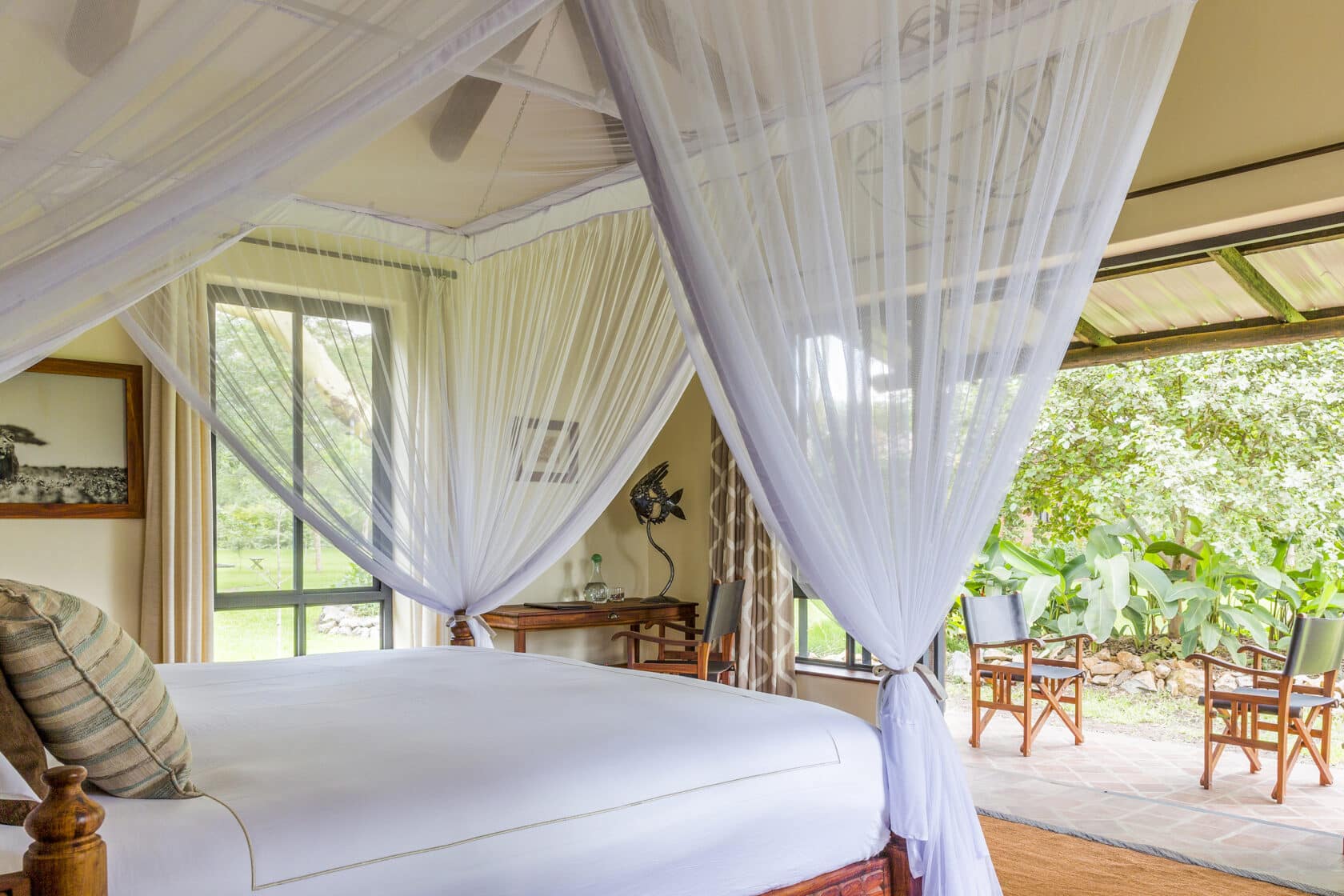
Arusha, Tanzania
Day 1 (1 night)
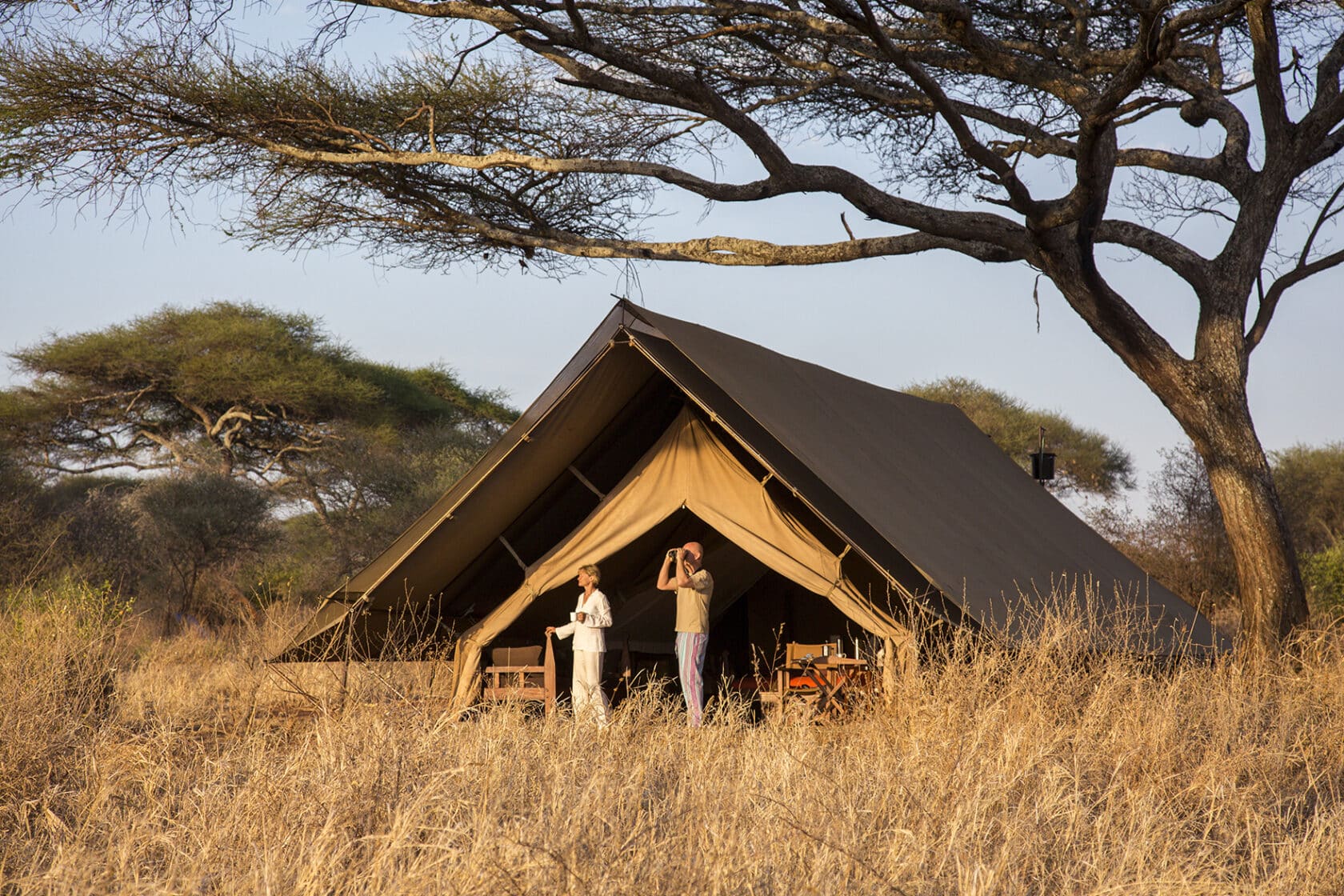
Osunyai Lamarkau
Tarangire National Park, Tanzania
Days 2-4 (3 nights)
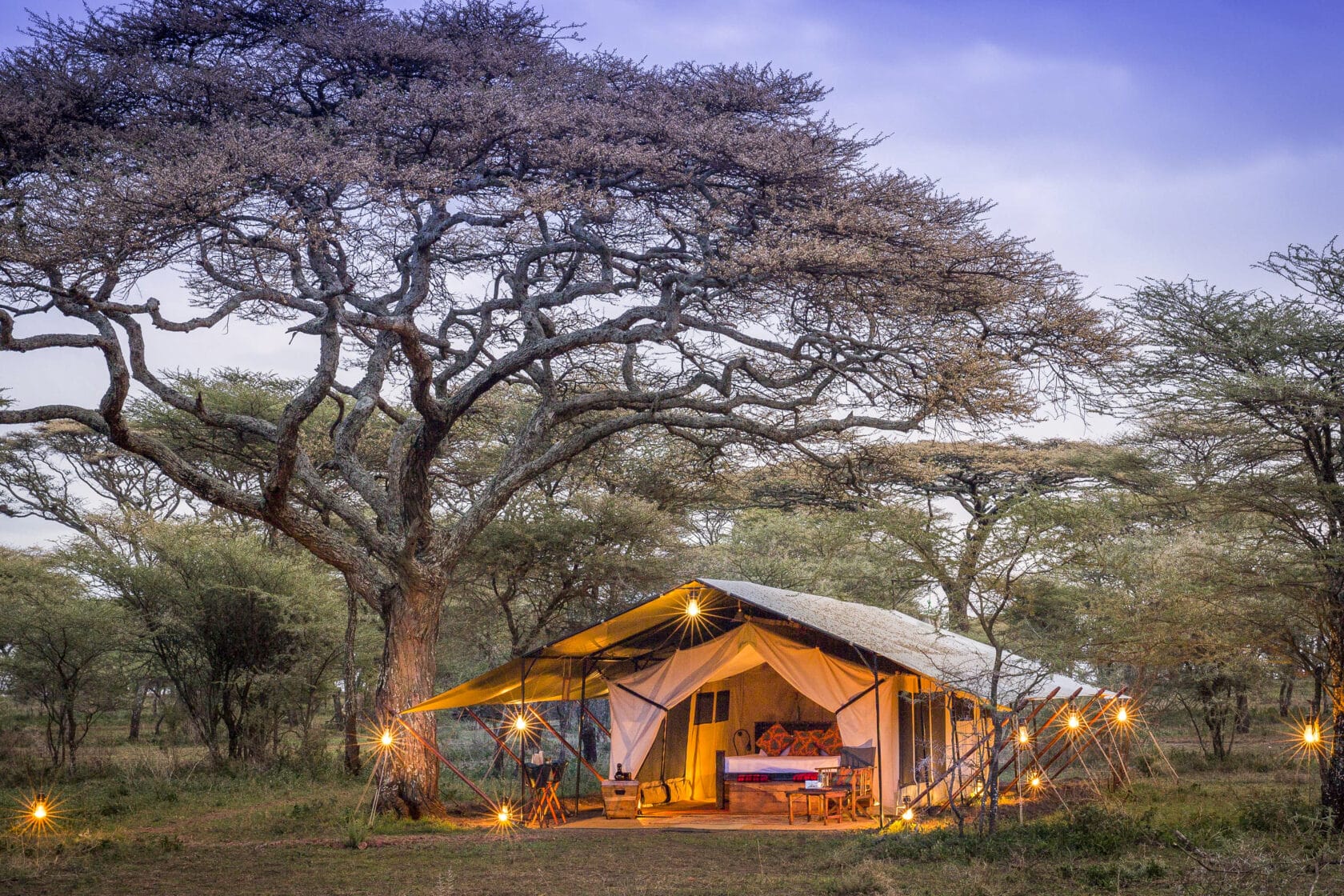
Private Wilderness Travel Camps
Serengeti National Park, Tanzania
Days 5-7 (3 nights)
What the Trip is Like
Extend your trip.
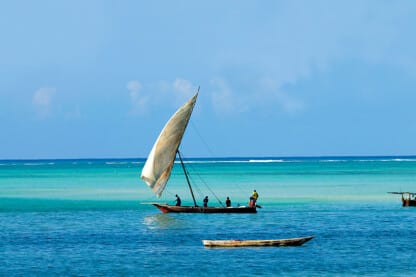
Zanzibar Extension
From $2,595
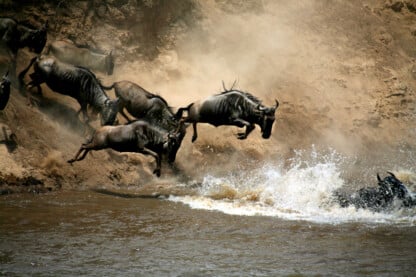
Masai Mara National Reserve Extension
From $5,695
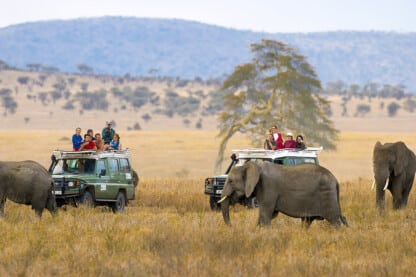
Ngorongoro Crater Extension
From $2,790
Gorilla Tracking in Rwanda’s Parc National des Volcans Extension
From $3,395
Other Trips You Might Like
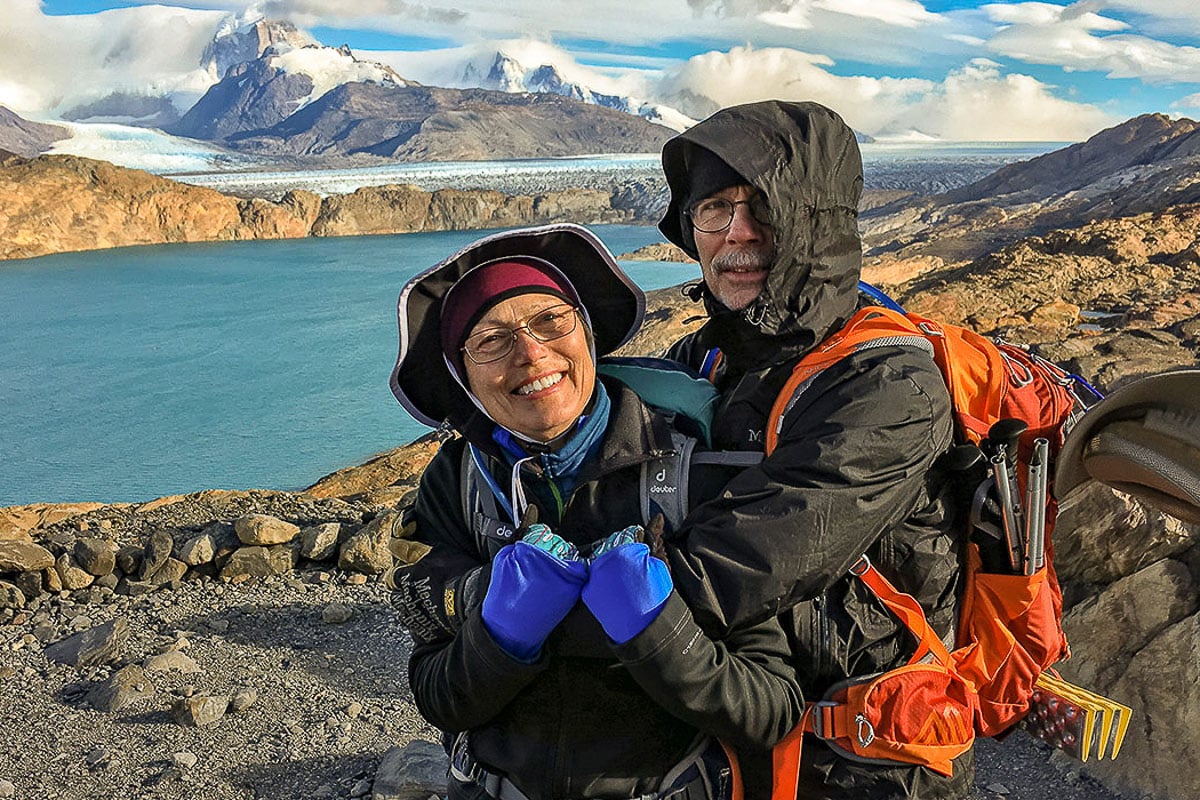
Private Journey
Argentina Private Journey
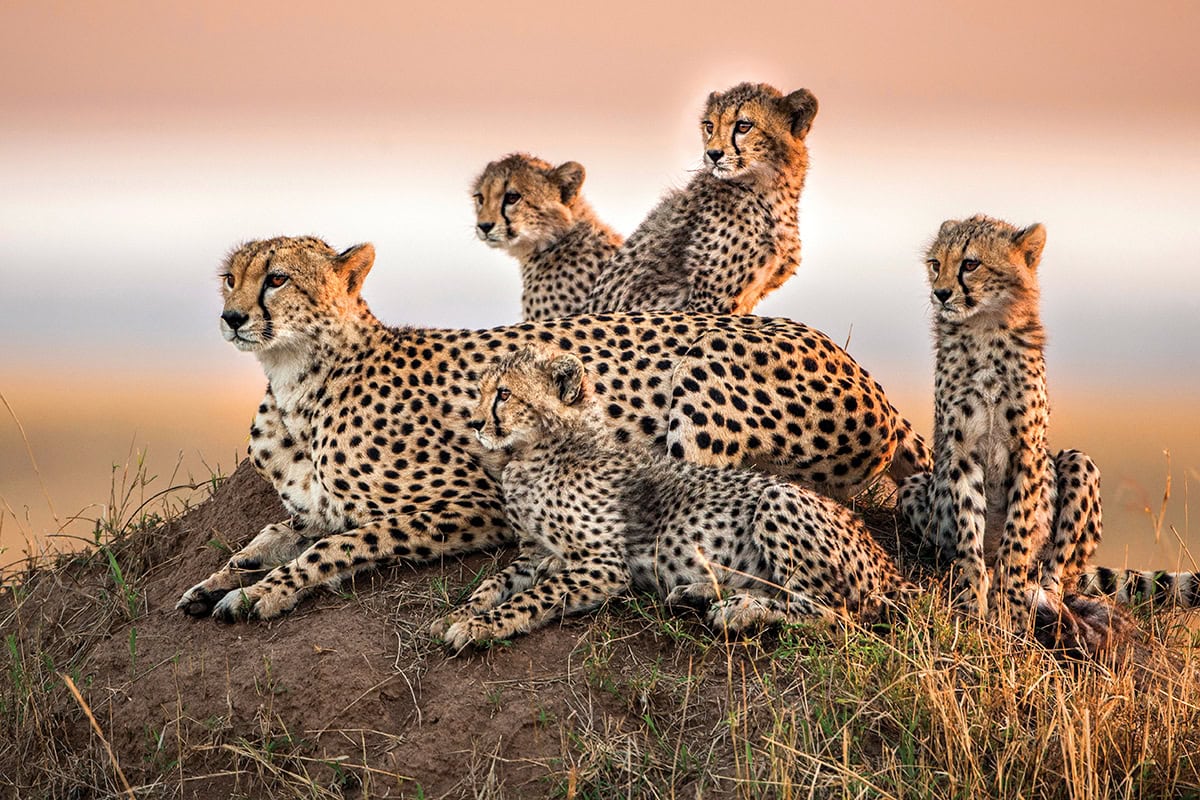
Kenya Private Safari
From $8,595
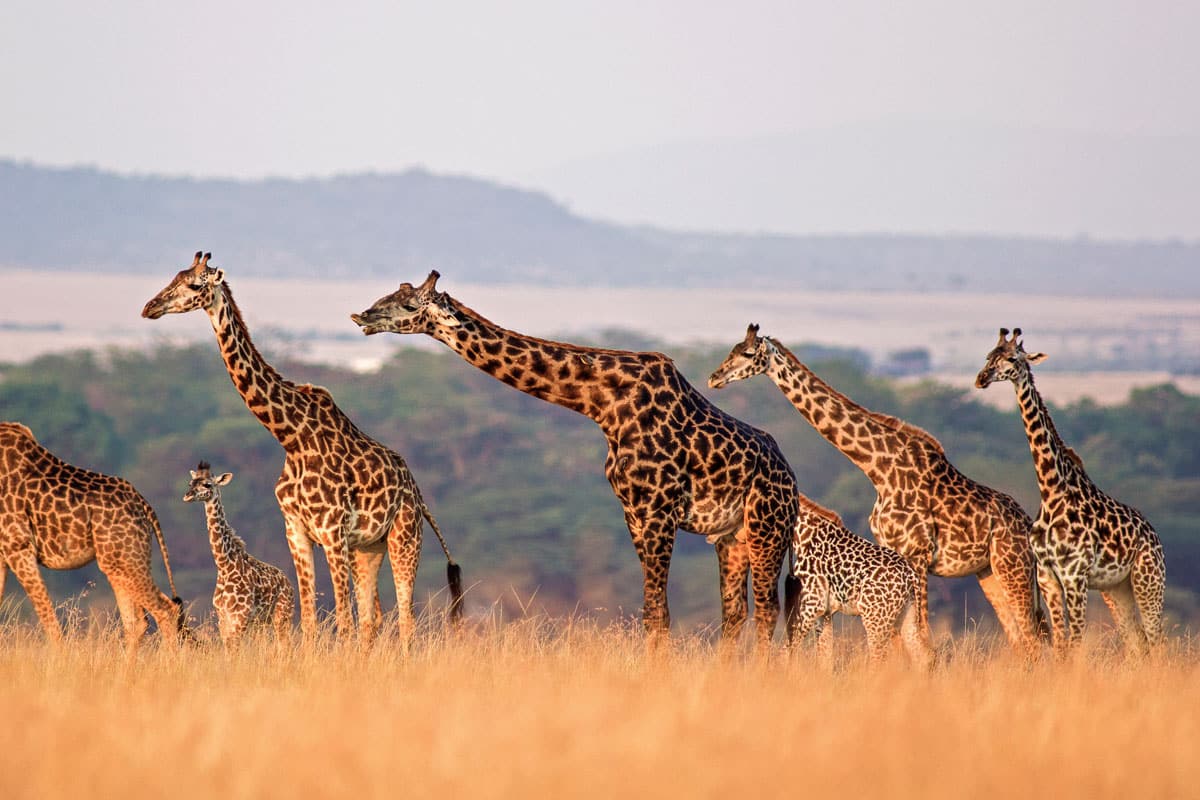
Tanzania Private Safari
From $8,995
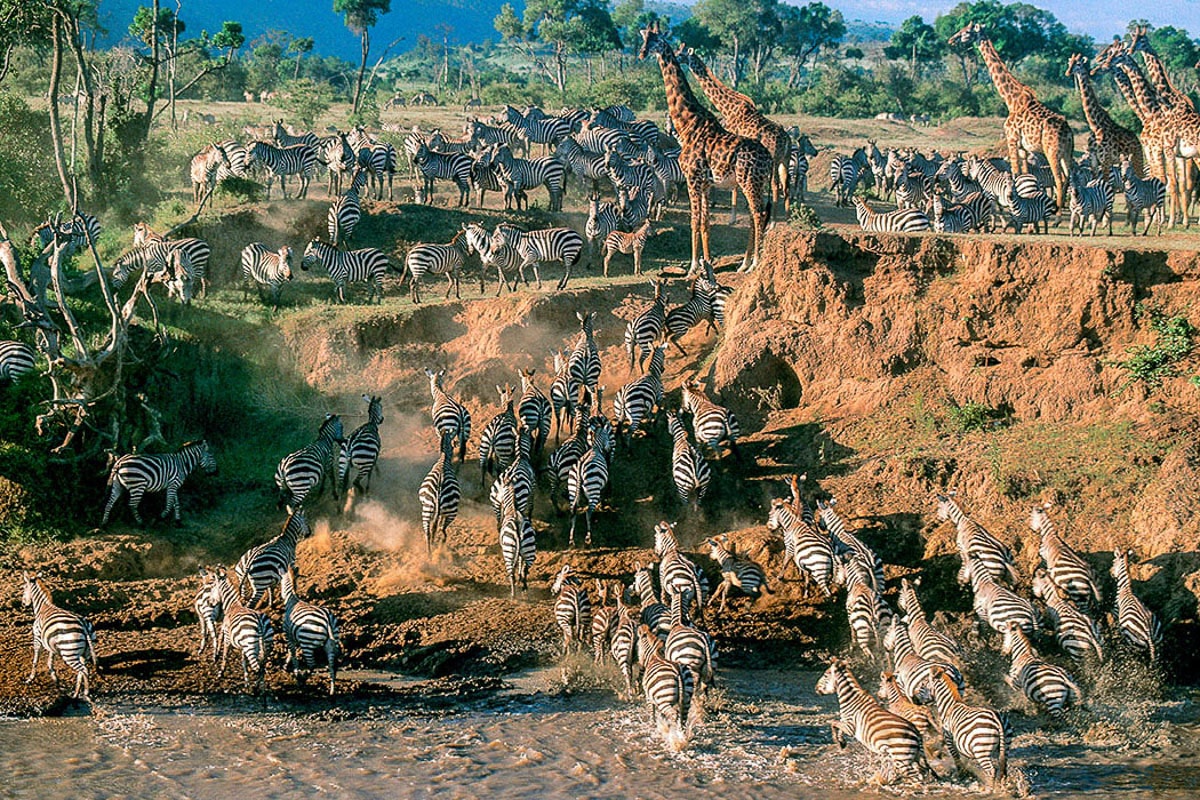
Small Group Adventure
Tanzania: The Great Migration Safari
From $10,195
Book your trip today
Our Area Specialists know every detail about our tours. They will be happy to answer any questions and help you choose the journey that’s right for you. Contact us to learn more or book your trip today!
Submit the form below to download itinerary
Trip Download Itin
Trip Levels
With more than 200 different adventures to choose from, we want to help you find the trip that’s right for you. Our Trip Level system ranks each trip in two ways: a number rating from 1 to 6 according to the activity, and general travel rigors. 1 is the easiest and 6+ the most difficult—see descriptions below for explanations of each number. A plus (+) sign means the trip is a bit more strenuous than other trips of that level. The detailed explanation of each trip—below the bar with the number rating—is perhaps more important, specifying activities, altitudes, hiking, and travel conditions. The Detailed Itinerary, available by download or mail, gives further information. Our Area Managers can also answer questions and guide you to the trip that best suits your interests.
Level 1 – Easiest
Non-camping journeys, optional walks, little elevation gain or loss.
- Royal Rajasthan and Villages of India
- Small ship cruises
Level 2 – Easy to Moderate
Hotel nights and/or safari-style camping, hikes of two to four hours on some days. Other physical activities are sometimes included, such as optional sea kayaking.
- Our African safaris
- Costa Rica Wildlife
Level 3 – Moderate
Half- to full-day hikes (3-6 hours) over rolling countryside on most days, occasional steep trails. Many of our hotel-based walking tours are in this category, as are our snorkeling adventures.
- Tuscany & the Cinque Terre
- Argentina: Hikes and Estancias of Patagonia
- Palau Snorkeling & Sea Kayaking
- Some trips with minimal hiking but rugged travel conditions or long drives, such as Tribal Ghana, Togo & Benin, are Trip Level 3.
Level 4 – Moderate to Strenuous
Full-day hikes (4-6 hours), mountainous terrain, significant elevation gains and losses (hiking up or down as much as 3,000 feet) on many days. Altitudes no greater than about 10,000 feet.
- Ultimate Patagonia
- Hiking the Spanish Pyrenees
Level 5 – Strenuous
Full-day hikes (4-8 hours), mountainous, steep terrain (hiking up or down as much as 3,500 feet) on many days. Trips with hiking at average altitudes of 10,000 to 12,000 feet are in this category.
- Inca Trail to Machu Picchu
- Everest Lodge to Lodge
Level 6 – Very Strenuous
Full-day hikes (5-8 hours), mountainous, steep terrain (hiking up or down as much as 3,500 feet) on many days. Most hikes take place at altitudes above 10,000 feet, with some days ascending as high as 18,000 feet.
- Everest Base Camp
- Climb Kilimanjaro!

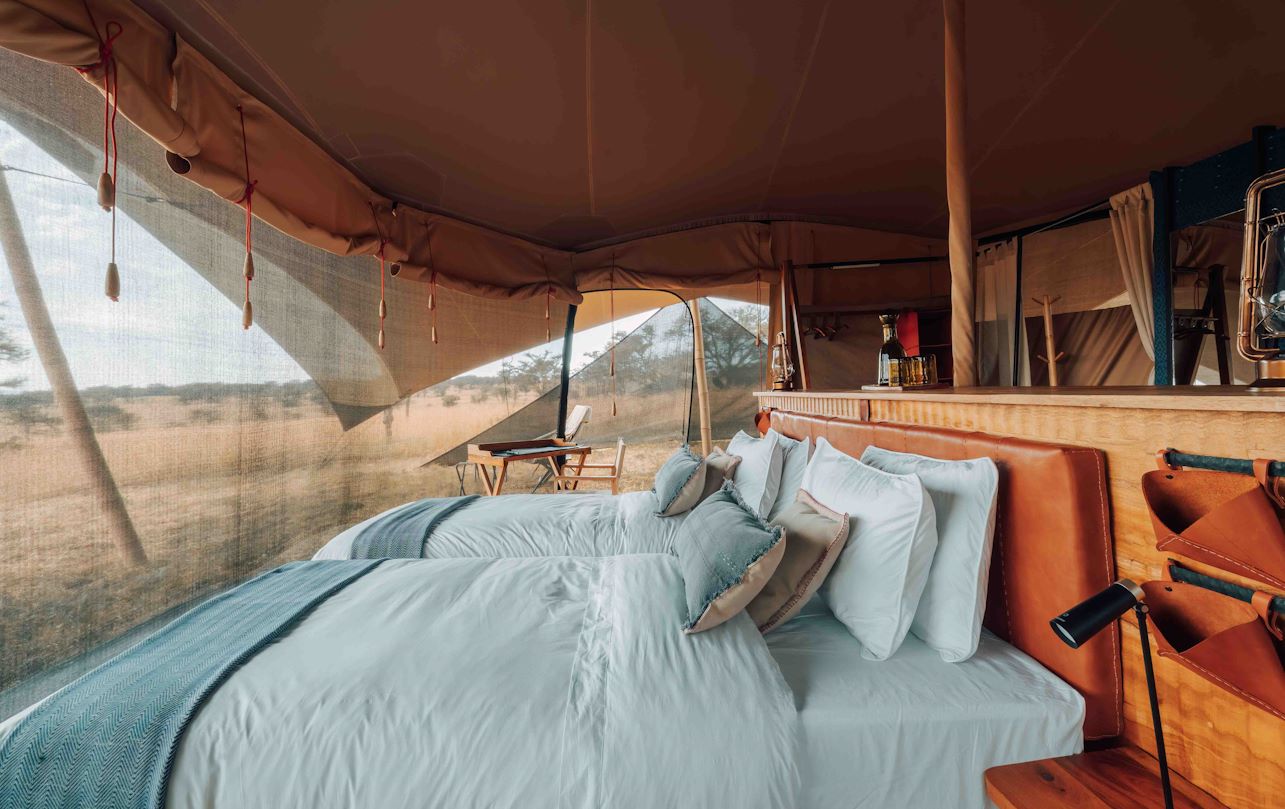
Usawa Serengeti
An unrivalled Serengeti safari
A mobile safari adventure in the heart of Africa’s most impressive spectacle: the Great Migration.
Destinations
Wilderness Usawa
A luxury mobile tented camp in Tanzania’s wild Serengeti Imagine an endless horizon. Powder blue skies stretching over the grassland as far as the eye can see… an abundance of wildlife; grazing, drinking, breeding. Moving as one. Every species in the Serengeti lives in perfect harmony with the one beside it. It is this balance, ‘usawa’ in Kiswahili, that ensures this phenomenal ecosystem functions in perfect symbiosis. Always moving. Always changing. Always in balance.
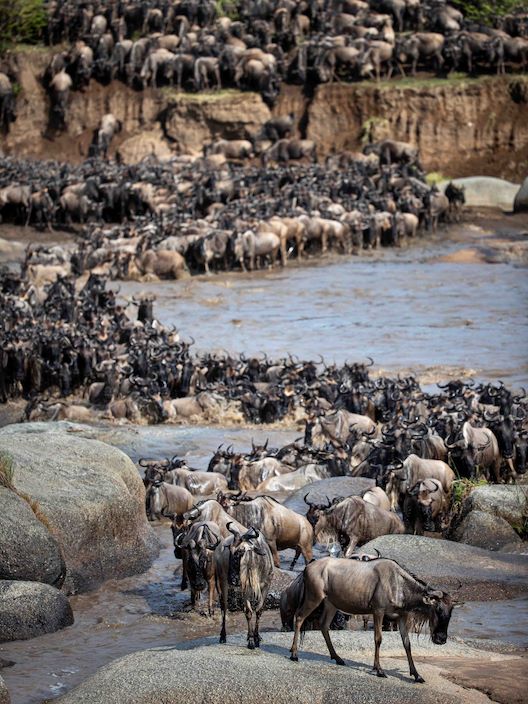
Usawa Serengeti moments
Just like the herds, we adapt. The flexibility of our sublime Wilderness Usawa Serengeti camp allows us to move at short notice between a number of key locations across the Serengeti, ensuring guests are in the right place, at the right time, with front row seats to the unfolding drama; close to the action, far from the crowds.
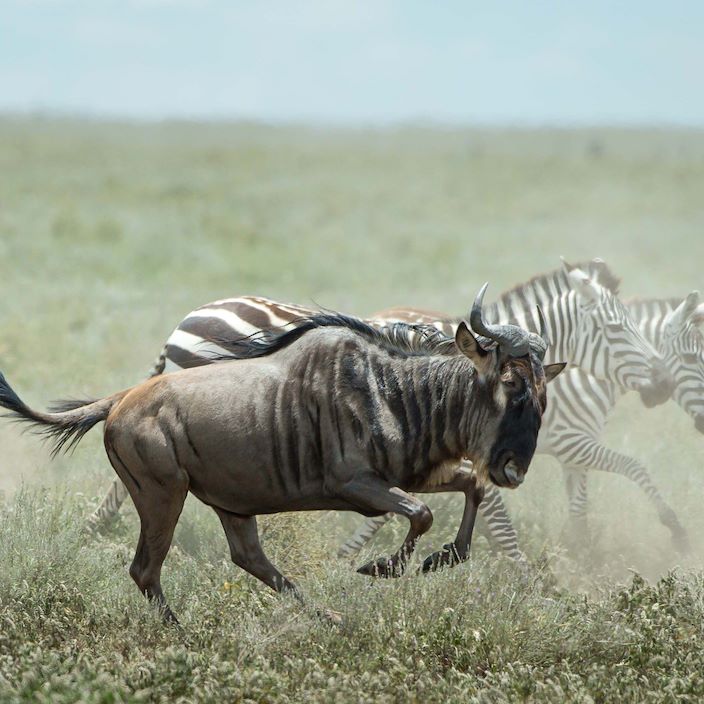
Accommodation
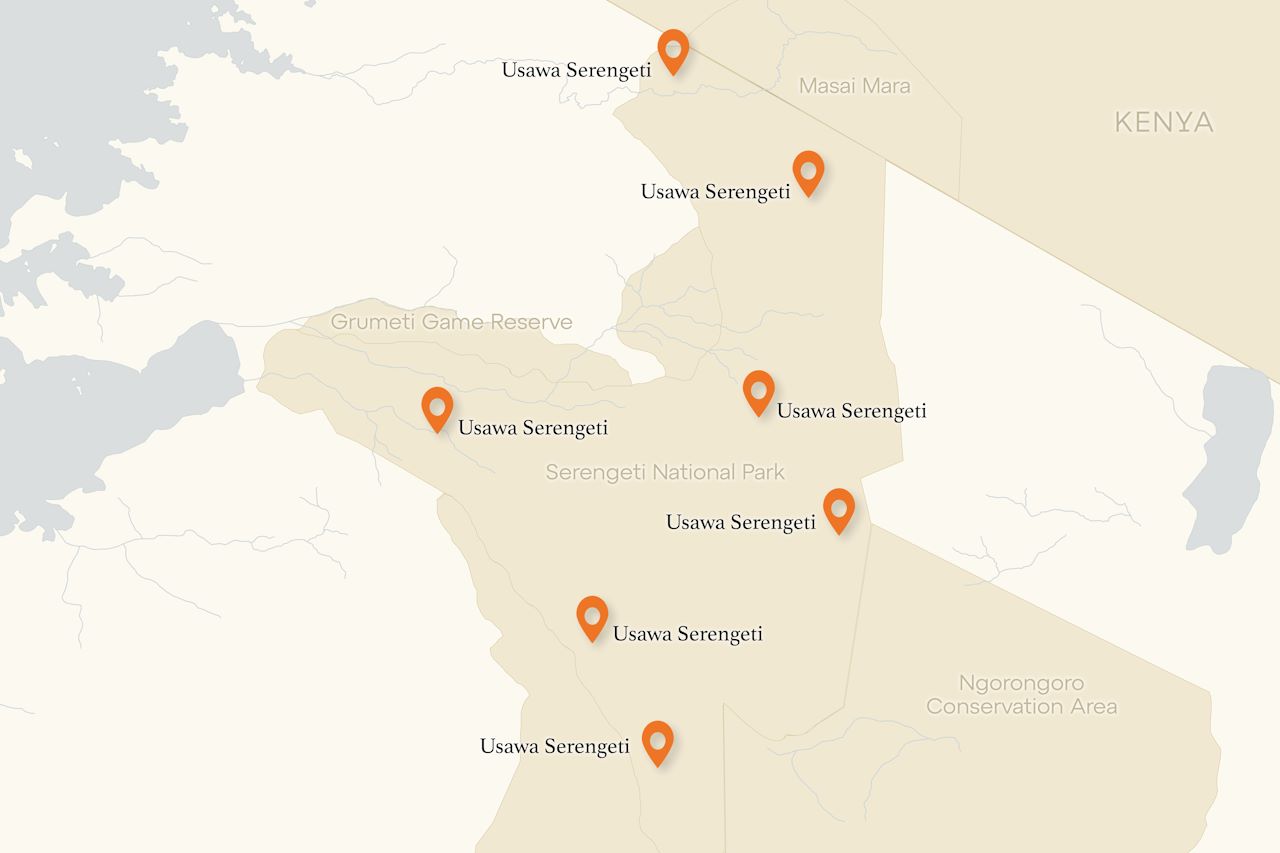
As the seasonal migration moves throughout the year across the length and breadth of Serengeti National Park, our camps will be in key locations closest to the herds. Though reasonably predictable, herd movements are dictated by rain and tend to migrate from the south in a north-westerly direction before making their way up north around September. From there, the journey begins back to the south.
THE DETAILS
Mobile, dynamic, luxurious, the Wilderness Usawa Serengeti experience offers maximum action without compromising on comfort. In close proximity to the migratory herds, but set away from the high density tourist spots, the exquisite architecture and mindful design of Wilderness Usawa Serengeti’s tented camp invites a more remote and private East African experience.
All inclusive rates
Intimate, exclusive, and light on the Earth, Wilderness Usawa Serengeti is made up of two mobile camps which accommodate 12 guests each, in six luxurious safari tents. Each tent is tastefully finished, equipped with an en-suite bathroom, personal coffee bar and safari-style furnishings, while the open-plan main area opens out over the plains, with classic Serengeti views in every direction.
Standard season
From USD 950 per person/night
Premium season
From USD1,400 per person/night
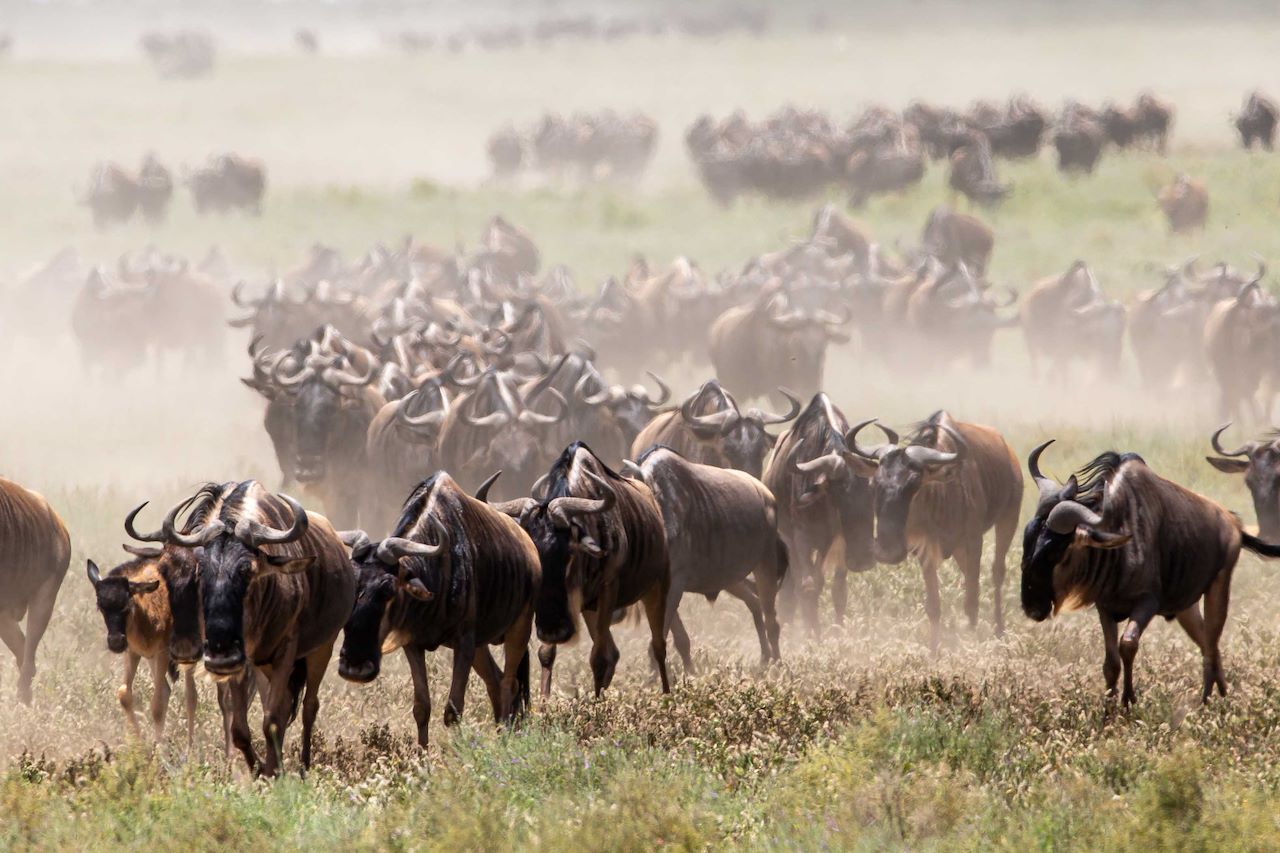
By working with the authorities and other local partners, Wilderness Tanzania strives to protect the phenomenal natural areas of Serengeti National Park. Through formal training programmes that educate and upskill children in the community, Wilderness Usawa Serengeti empowers communities to reduce the cutting down of trees, setting snares or poaching.
Ultra-light footprint and mindful design.
Stay connected with friends and family and share your experiences in the wild.
Wilderness Usawa is completely powered by the warm Serengeti sun.
Photography
From the highest vantage to on-the-ground action, it's never a bad time to take a photo.
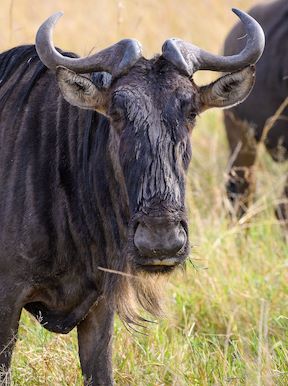
Over a million wildebeest migrate across the Serengeti.
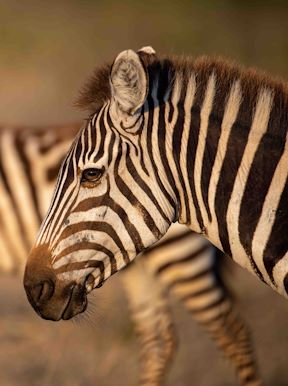
Zebra migrate alongside the wildebeest.
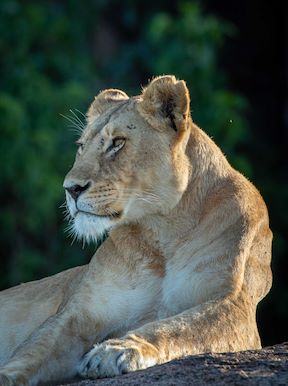
Prides of lion prey on the abundance of the migration.
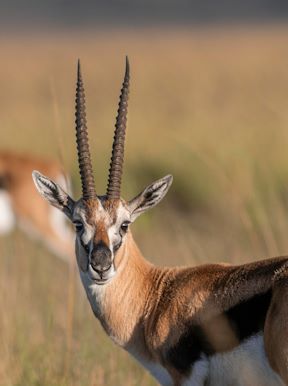
Thomson's gazele
These incredibly fast antelope make up part of the migration.

Discover supreme serengeti
One of Africa’s seven Natural Wonders, Serengeti National Park is home to the continent’s most fascinating wildlife phenomenon: the Great Migration. At 15,000 square kilometres, Serengeti National Park sees two million wildebeest, zebra, gazelle and other plains game journey through the park in search of grazing grounds and water.
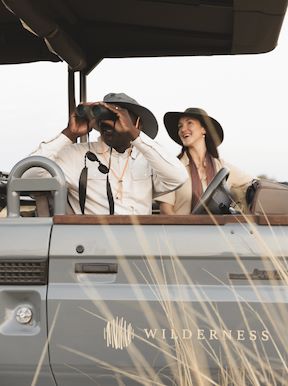
Game drives
Enjoy thrilling game drives across the plains.
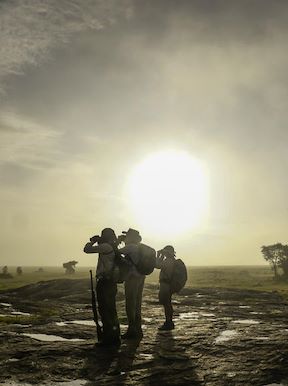
Guided walks
Usawa is set up in designated walking zones.
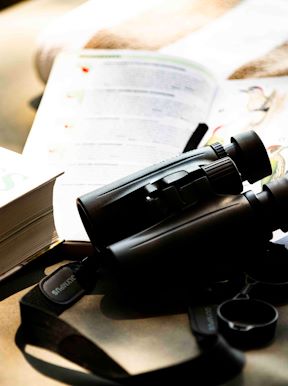
Discover over 1000 species of birds in the Serengeti.
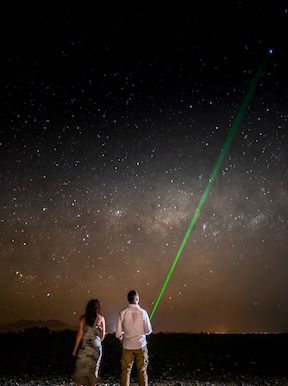
Star-gazing
Marvel at the dark night sky over the savannah.
Usawa Serengeti experiences
Similar Camps
Similar camps we think you will love
Where is wilderness usawa in the serengeti.
Wilderness Usawa is a mobile camp that will move between key migration sites within Serengeti National Park. There are nine sites available throughout the park, and at any given time two camps will be set up at whichever two sites are closest to the migratory herds at the time.
How do you get to Wilderness Usawa Serengeti?
Select charter companies fly into the Serengeti via Kogatende, Seronera and Serengeti South airstrips. As soon as guests land, the safari begins. Since your stay will depend on where the herds are at the time, you’ll be in the safe hands of our Travel Designers, who’ll make sure you’ll be collected from the correct airstrip. Transfer time will vary depending on which airstrip is used, and where the camps are at the time.
Does Wilderness Usawa Serengeti move?
Wilderness Usawa moves when the herds move, every few months. Guests of Usawa will not move, they will simply arrive at whichever location the camp is set up in at the time, which will always be as close to the herds as possible.
What does Usawa mean?
‘Usawa’ means balance. Every species in the Serengeti lives in perfect harmony with the one beside it. It is this balance, ‘usawa’ in Kiswahili, that ensures this phenomenal ecosystem functions in perfect symbiosis.
How many people can Wilderness Usawa Serengeti accommodate?
At any given time, two camps each comprising six tents will be set up in the Serengeti, depending on where the herds are. Each camp accommodates up to 12 people sharing.
Does Wilderness Usawa allow children?
Wilderness Usawa Serengeti welcomes children aged 6 and older, though children under 16 must share with an adult. Sole-use camp must be booked to accept children younger than 6.
Usawa Serengeti featured stories

Let’s plan your next journey
When we say we’re there every step of the way, we mean it, literally. From planning the perfect circuit, to private inter-camp transfers on Wilderness Air, and easing you through Customs. We’re with you on the ground, at your side, 24-7, from start to finish. Ready to take the road less travelled? Contact our Travel Designers to plan an unforgettable journey.
Need some inspiration?
Be inspired by the latest news from Wilderness. Subscribe to our newsletter.
- Skip to main content
- Skip to primary sidebar

Wilderness Inquiry
Share the adventure!

We're happy to answer any questions you have!
- Name * First Last
- Comment or Question(s)? *
- Subscribe to News and Updates
- Are you a robot?
- Comments This field is for validation purposes and should be left unchanged.
Safari the Serengeti, See the Big Five, Climb Mount Kilimanjaro
Tanzania is a world-class destination with amazing wildlife, fascinating culture, and spectacular landscapes. From Ngorongoro Crater to Kilimanjaro to the plains of the Serengeti your experience here is truly the trip of a lifetime. You will see elephants, lion, giraffe, zebra, rhino, and pink flamingos up close. Even more, you’ll visit and get to know the Maasai, Datoga, and Hadzabe peoples. The Hadzabe are one of the last remaining hunter-gatherer societies on earth.
Our Tanzania Safari Adventure takes you to many special areas where you will get plenty of opportunities to meet the wildlife and the people of East Africa up close. Our Kilimanjaro Climb is on many people’s bucket list, and you won’t be disappointed. Our Southern Tanzania Safari take you deeper into the bush to a time and place you didn’t know existed anymore. Join Wilderness Inquiry and our superb Tanzanian guides to hike and explore some of the most amazing wilderness in the world.
View by Itinerary
View by date.
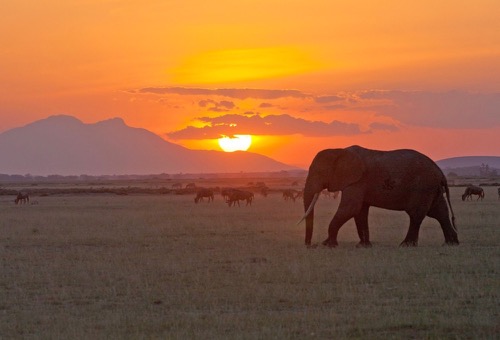
Tanzania Safari Adventure
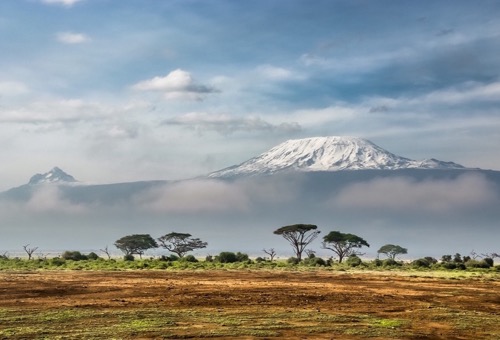
Climb Kilimanjaro
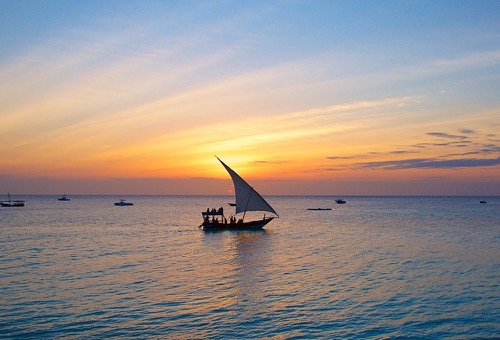
Call us to arrange one of these trips for your group:
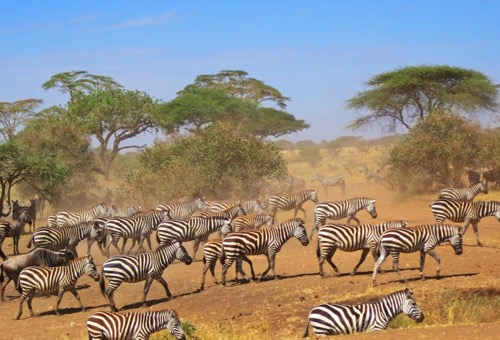
Southern Tanzania Safari
About the area.
The modern nation of Tanzania formed in 1964, with the combination of countries of Tanganyika and the island nation of Zanzibar. The name “Tanzania” also came from a combination of the two previous names. Tanzania lies in East Africa, and borders Uganda, Kenya, the Democratic Republic of Congo, and other nations, as well as the Indian Ocean. The official capital city since 1996 is Dodoma, though the previous capital of Dar es Salaam on the coast remains the major seaport and principal commercial center of the country.
Tanzania is mountainous in the northeast, where Mount Kilimanjaro, Africa’s highest peak, stands. To the northwest lie the Great Lakes of Lake Victoria (Africa’s largest lake) and Lake Tanganyika (Africa’s deepest lake, known for its unique species of fish). Central Tanzania comprises a large plateau, with plains and arable land. The eastern shore offers a hot and humid climate, with the island of Zanzibar lying just offshore.
Tanzania contains many large and ecologically significant wildlife parks, including the famous Ngorongoro Crater, Serengeti National Park in the north, and Selous Game Reserve and Mikumi National Park in the south. Gombe National Park in the west is known as the site of Dr. Jane Goodall’s studies of chimpanzee behavior.
Mount Kilimanjaro’s snow-capped peak towers over the Great Rift Valley. Rainforest, tarns, alpine meadows, exotic high-altitude vegetation, sunbirds, hyrax, and soaring eagles make a trek on this peak one of the most unique mountaineering experiences in the world.
But it is the wildlife preserves that make Tanzania famous. The Ngorongoro Conservation Area, for example, is a conservation area and a UNESCO World Heritage Site situated 180 kilometers (110 miles) west of Arusha in the Crater Highlands area of Tanzania. The Ngorongoro Crater, a large volcanic caldera, lies within the area. Aside from herds of zebra, gazelle, and wildebeest, the crater shelters the “big five” of wildlife species: rhinoceros, lion, leopard, elephant, and buffalo. The crater plays host to almost every individual species of wildlife in East Africa, with an estimated 25,000 animals living within the crater. In the summer, enormous numbers of Serengeti migrants pass through the plains of the reserve, including 1.7 million wildebeest, 260,000 zebra, and 470,000 gazelles. Also common in the reserve are lions, hartebeest, spotted hyenas, and jackals. Cheetahs, although common in the reserve, are scarce in the crater itself.
Tanzania’s world-famous archeological site of Olduvai Gorge has shown that early hominid and human habitation in Tanzania goes back three million years.
Today, about 57 million people live in Tanzania. The people of the country come from a rich cultural blend of over 120 ethnic groups. As a former British colony, English is widely spoken here today, along with Swahili.
12 of the best things to do in Tanzania

Nov 16, 2023 • 7 min read
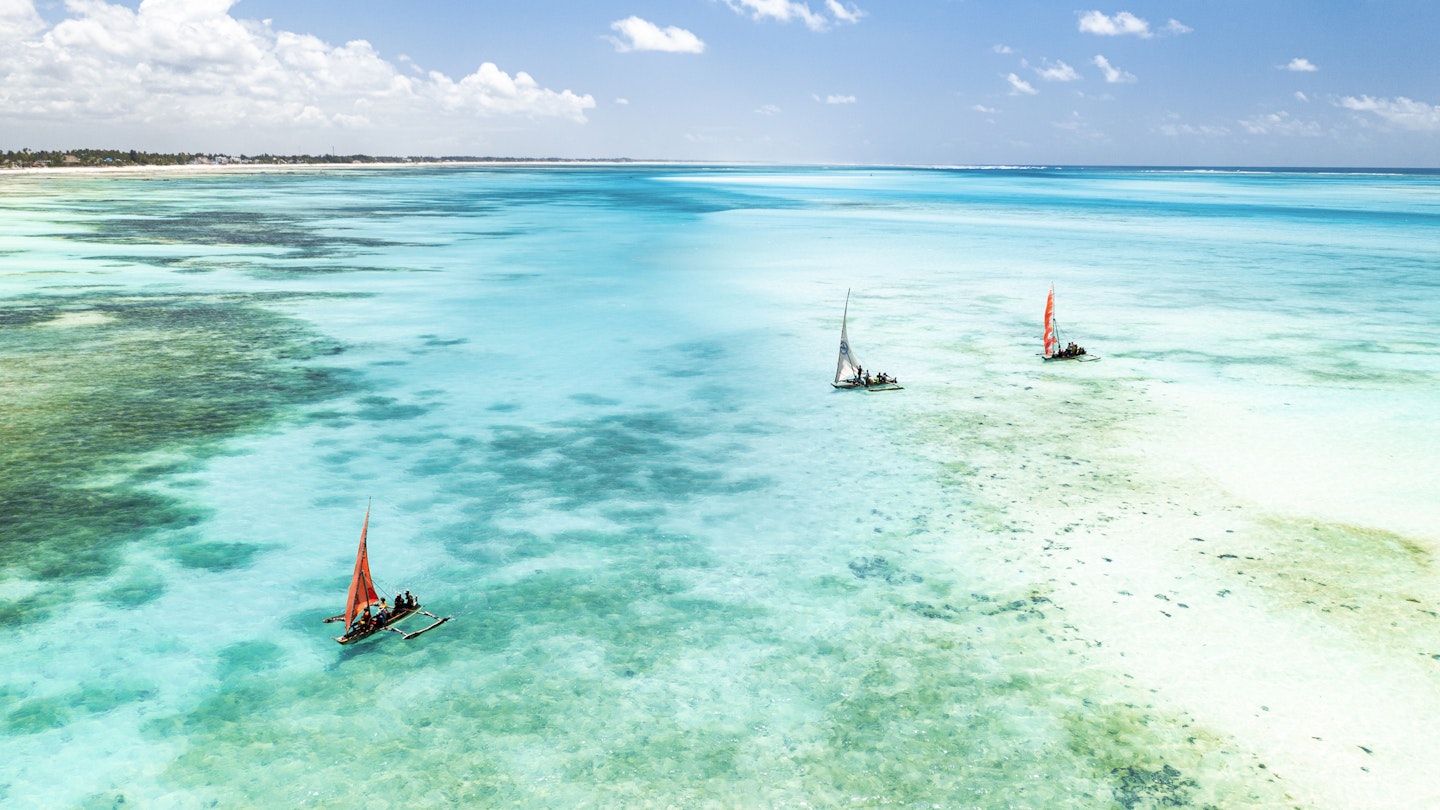
Experience the best of Tanzania with these top things to do © Roberto Moiola / Sysaworld / Getty Images
Many know the East African country of Tanzania for the Great Migration at Serengeti National Park , but there's so much history and wilderness to explore within this diverse region.
Around the country there are several national parks , home to the largest concentration of wildlife in Africa. On the coast are some of the world’s most riveting islands and warm waters, and under those waters is a world of oceanic wonder, filled with colors and depth. In the cities, the buildings tell stories of battles and conquest, depression and victory. You’ll need a lifetime to explore it all, but as you start your journey, here is our list of top things to do in Tanzania.
1. Go diving and snorkeling in Zanzibar
Zanzibar is Africa’s paradise, with warm sky-blue waters gently lapping shores of fine white sand that stretch for miles – the stuff dreams are made of. But wait until you explore what lies beneath. Schools of colorful fish, frolicking bottlenose and spinner dolphins and majestic whale sharks deftly glide in and around the captivating, kaleidoscopic coral reef.
Planning tip: The waters around Mnemba Island and Kizimkazi Beach are the best places on the archipelago for aquatic adventures, although any of the numerous beaches offer wonderful opportunities.
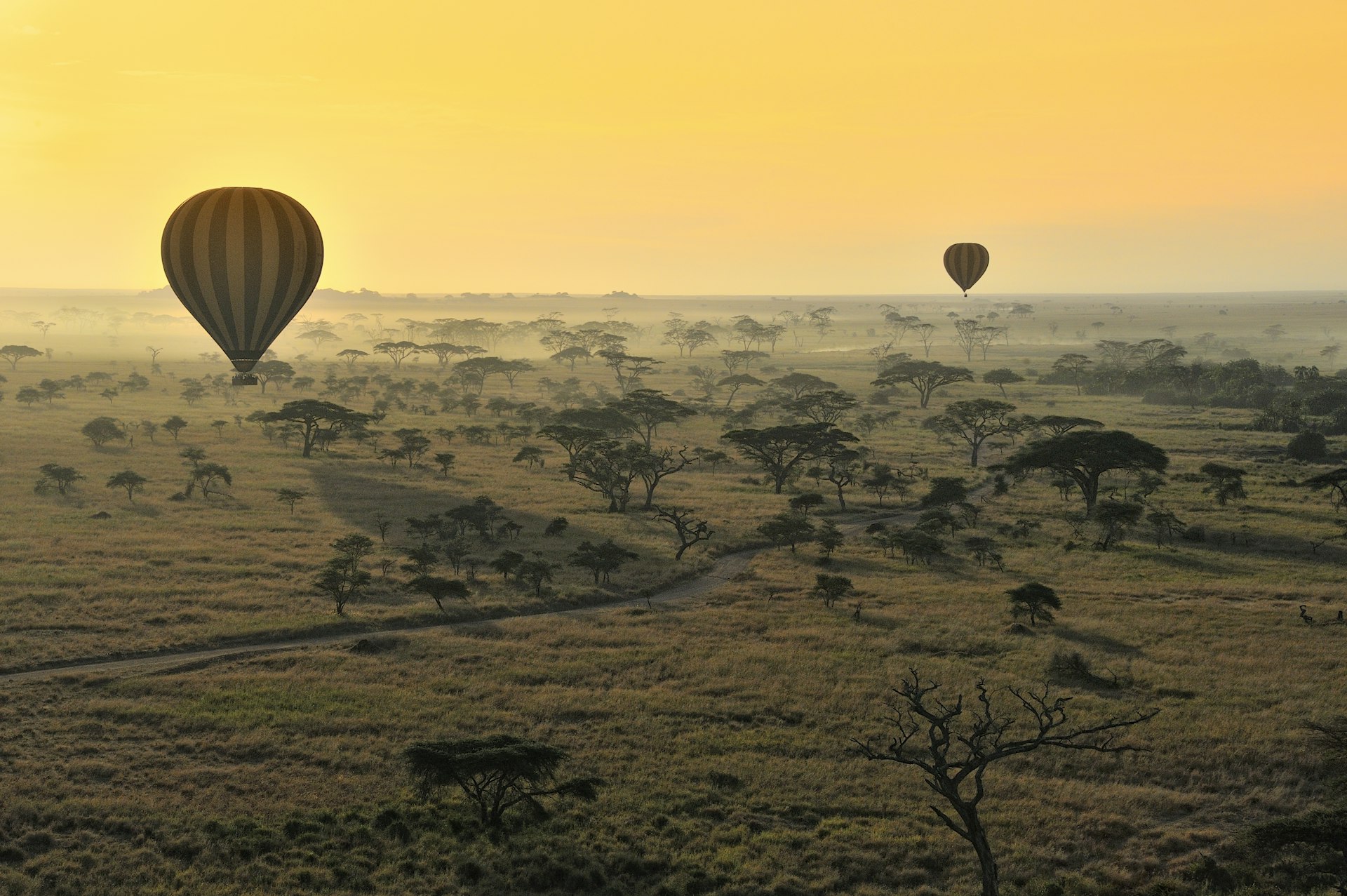
2. See the Serengeti from a hot-air balloon
Very little on earth speaks magic like surveying the endless plains of the Serengeti . The Maasai people have called this region home for centuries, and they have lived side by side with an extraordinary array of fauna and flora unlike anything else in the world.
At dawn, when the hot-air balloon is fired up, the sun surfaces slowly into view and the balloon rises to greet the color-streaked clouds. Below, thousands of antelope, warthogs, zebras, lions, rhinos and elephants wander about as they start their day.
Planning tip: The Great Migration takes place from May to September, and this might just be the perfect place to watch it.
3. Summit Mt Kilimanjaro
Mt Kilimanjaro is Africa’s tallest mountain and a thirst trap for adventure junkies. There’s truly nothing more exciting than making your summit at Uhuru Peak ( uhuru means "freedom" in KiSwahili), which stands at 5895m (19,341ft) on Kibo’s crater rim.
Planning tips: The average summit duration is five days, although some routes may take a few days longer depending on terrain, foot traffic and stops to take in the scenery. There are approximately eight possible routes to Uhuru Peak, Marangu and Rongai being the easier ones. Machame, Shira and Lemosho have proved to be more difficult, but there’s very little else that shouts victory quite like planting your feet on Africa’s highest point.
4. Spend the night in an underwater room off the coast of Pemba
The Manta Resort's Underwater Room is a wooden structure anchored on the Indian Ocean floor, just off the coast of Pemba island. In the midst of calm cerulean waters, this edifice almost appears lonely as it seems to float at its own whim. But rest assured all is secure.
On the deck, you can catch the kisses of the sun by day and at night gaze into the eyes of a million stars. When you’re ready, take the stairs down to a small modern underwater bedroom surrounded by glass walls, in which you'll meet the majesty of the ocean. You'll pay for the privilege, but it's thrilling just thinking about what awaits as you sleep each night.

5. Enjoy a meal at the Rock in Zanzibar
The Rock is a quaint restaurant built upon a bed of stone on the ocean floor on Michamvi's Pingwe Beach, Zanzibar. In low tide, you can walk up the stairs and into this small boutique of incredible flavors and aromas, but during high tide it becomes its own island, and a boat must bring you to its doors – hence its nickname, Tidal Island.
The Rock experience more than satiates your physical appetite, it elevates it. While European-inspired, everything on the menu is a fusion of local ingredients (seafood, fruit and vegetables) and sultry spices – the perfect mixture of Asian and African influences. The grilled lobster served with scarab potatoes and salad is heaven’s gift to mere mortals.
6. Swim with whale sharks on Mafia Island
Mafia Island, also known as Whale Shark Island, is Tanzania’s best-kept secret. Like Zanzibar, it's an archipelago, but it has little of the traffic that flows to Unguja Island. The experience of swimming through the coral amidst smaller fish while watching the world’s biggest fish is one you’ll cherish – although enormous, they’re faster than you think.
Planning tip: Whale Shark Island welcomes these gentle giants from October to March.
7. Eat your heart out at Forodhani Night Market in Zanzibar
Each day as the sun sets over the Forodhani Gardens , the frenetic pace of everyday life on Zanzibar decelerates. In its place, chefs in white jackets and top hats set up stalls to create a medley of Tanzania’s finest street food.
The tables are laden with falafel, cutlets of tandoori chicken, nyama choma (roasted meat), sizzling skewers of octopus, fish and other seafood, spicy samosas and coconut bread. Try the Zanzibar pizza, which is really an omelet of fried eggs, dough and diced veggies. Wash it down with cool sugarcane juice.

8. Climb Ol Doinyo Lengai, an active volcano
Ol Doinyo Lengai is an active volcano located on a continental rift zone in the Arusha region of Tanzania. Over the last century, there have been 16 eruptions with ongoing thermal activity. Geologists stay fascinated with this volcano because it emits the coldest black lava on the planet (510°C/950°F), which forms a white rock when cooled. The views from the crater rim are breathtaking: on clear days, you can see Mt Kilimanjaro, Mt Meru and the Serengeti.
Planning tip: Beware of the incredibly steep ascent, which takes about six hours to complete: several avid mountaineers have climbed this mountain, and a few didn't finish it.
9. Explore the history of enslavement at the Slave Market Exhibit in Zanzibar
From 1698 until 1897, Zanzibar was home to one of the world’s most notorious markets for trading enslaved people. Tippu Tip was this region’s most scandalous and wealthiest of these traders, and his house is now a museum open to the public.
The Slave Market Exhibit begins with a journey to a sculpture of chained enslaved people – using the original chains – created by Clara Sörnäs, with help from students at Bagamoyo College . In 1873, after the abolition of the trade of enslaved people, missionaries built the Anglican Cathedral over the original market. Today you can explore two of the 15 dark, dank, cramped chambers that housed enslaved people underground.
10. Indulge in a luxe stay on Thanda Island
If you have money to burn, then make your stay off the Indian Ocean coast a luxurious one. Thanda is a private island dedicated to the conservation of marine life, where you can swim with whale sharks, go deep-sea fishing or dive in the largest protected marine reserve on the Indian Ocean.
Planning tip: Going all out? For several thousand dollars more, there's a private helicopter to take you to the reserve, as well as a luxurious yacht for idyllic ocean delights.

11. Spend a day with the Hadzabe people
Tanzania is home to more than 100 ethnic groups who offer cultural tours, including the widely known Maasai in the northern highlands, the Chagga in the Mt Kilimanjaro and Mt Meru regions and the Hehe people of Iringa, in southern Tanzania . The Hadzabe people live on the coast of Lake Eyasi, and are one of the last hunter-gatherer peoples of Africa, not unlike the San of Southern Africa (although no known connection exists).
Planning tip: A cultural tour with the Hadzabe people can be booked locally through accommodation providers. It includes joining them on a game hunt, a frenzied yet rewarding activity in which the men go in search of bushmeat and the women gather roots and berries. A day offers nonvoyeuristic insights into daily life, rituals, beliefs and ceremonies.
12. Go back in time at the Olduvai Museum
Two million years ago in the Ngorongoro Conservation Area , some of the first human ancestors called this region home. After paleoanthropologist Mary Leakey’s discovery of hominid fossils captured international news in 1959, it became known to the wider world as well.
On the fringe of Olduvai Gorge, Olduvai Museum holds telltale remains of early life in East Africa, as well as outlining the area's history. Go on a journey filled with awe and wonder, and don't miss the chance to see hominid footprints at least 1.6 million years old.
This article was first published March 2022 and updated November 2023
Explore related stories
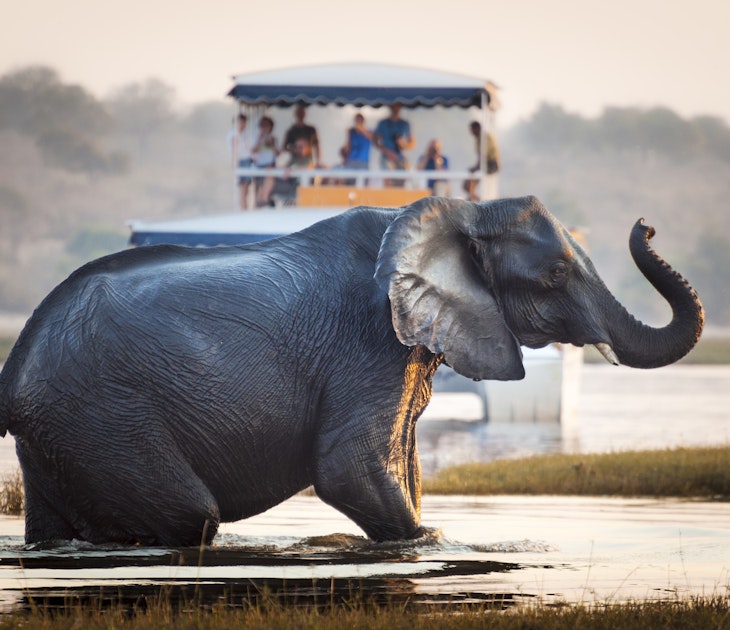
Wildlife & Nature
Feb 20, 2024 • 17 min read
If you’ve never been to Africa before, you’ve much to look forward to. But choosing where to go on your first safari is quite daunting. Here is our guide.

Feb 12, 2024 • 10 min read

Jan 30, 2024 • 19 min read
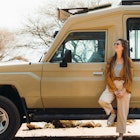
Nov 25, 2023 • 6 min read
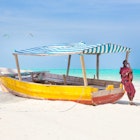
Nov 22, 2023 • 9 min read
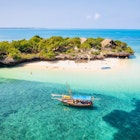
Sep 19, 2023 • 5 min read
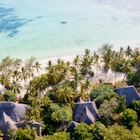
Jun 12, 2023 • 5 min read
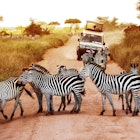
Mar 29, 2023 • 5 min read
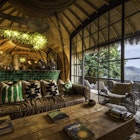
Jan 12, 2023 • 9 min read

Dec 21, 2022 • 7 min read

Welcome to Absolute Wilderness Travel and Tours
Discover Unforgettable Adventures in the Heart of Africa
Our Specialties

Safari Experiences
Discover the wonders of safari as you get up close and personal with the diverse wildlife of Tanzania. Our experienced guides will lead you through extraordinary encounters with nature.
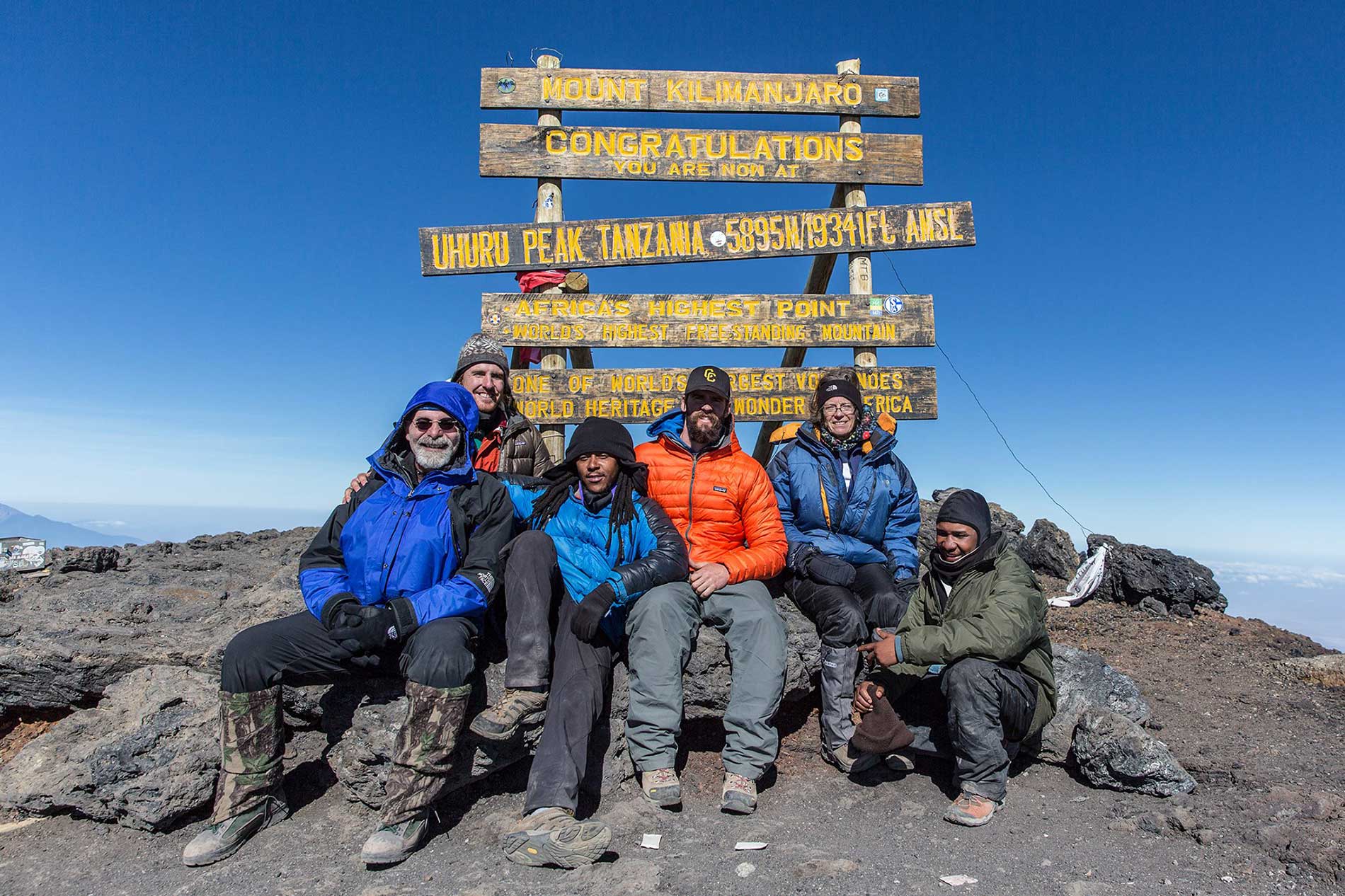
Mountain Climbing
Explore Tanzania's top mountains through our exciting climbing programs. Our team promises a safe and exhilarating experience. Conquer renowned peaks like Mount Kilimanjaro and Mount Meru, set against stunning landscapes, for an unforgettable adventure.

Beach Holiday Programs
Plan your perfect getaway with our beach holiday programs! Relax on stunning coasts and tropical paradises, including the beautiful beaches of Zanzibar in Tanzania.
Explore popular trips
Get started with handpicked top rated trips.
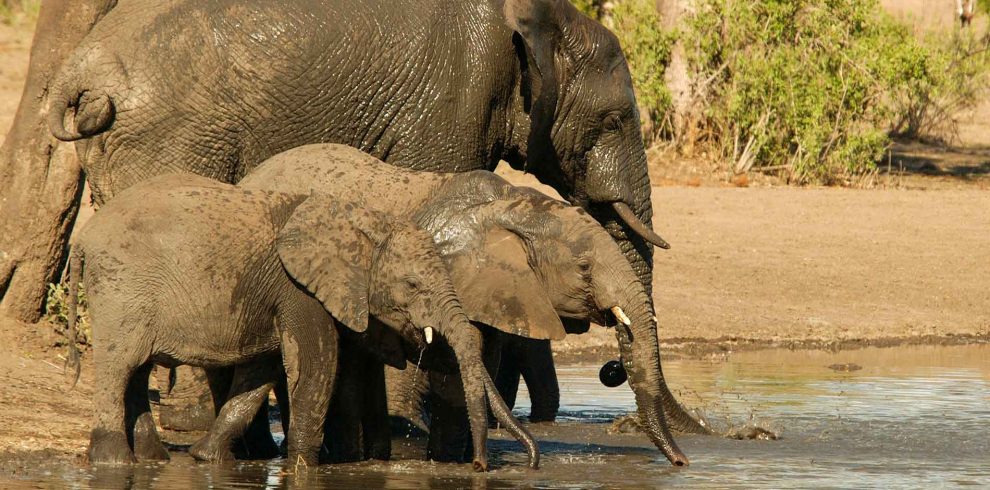
5 Days Safari Itinerary
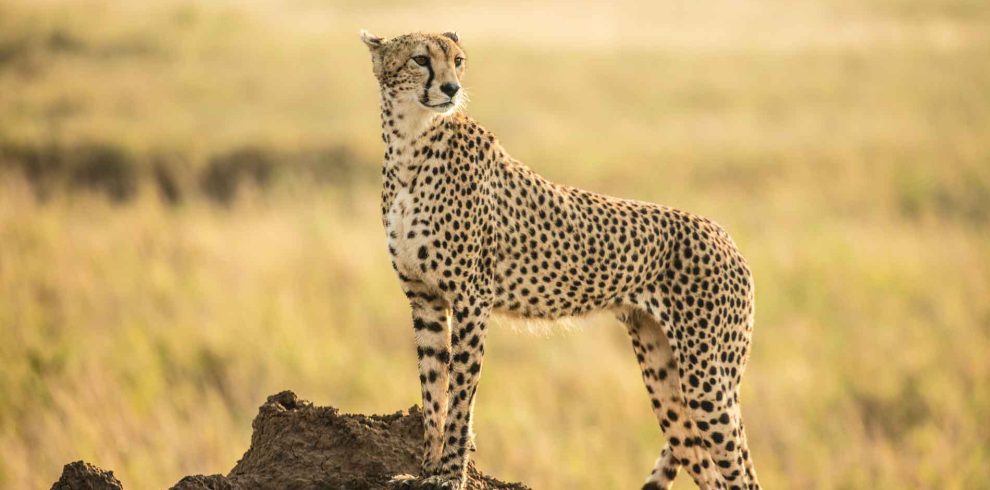
8 Days Safari Itinerary – Morning Arrivals Flight From Serengeti
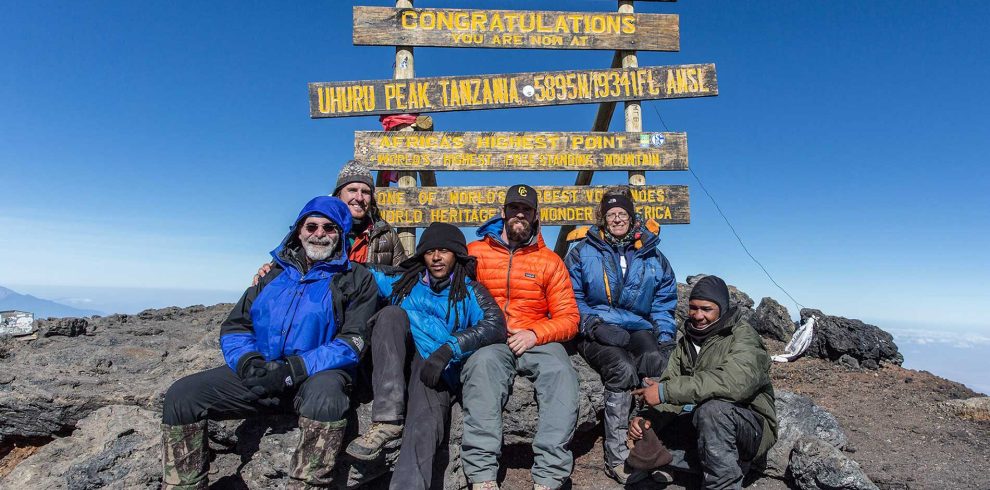
Mount Kilimanjaro Climb via Lemosho Route

Nyerere, Ruaha & Mikumi National Park Special South Program

Mount Kilimanjaro Climb + Safari + Zanzibar Beach
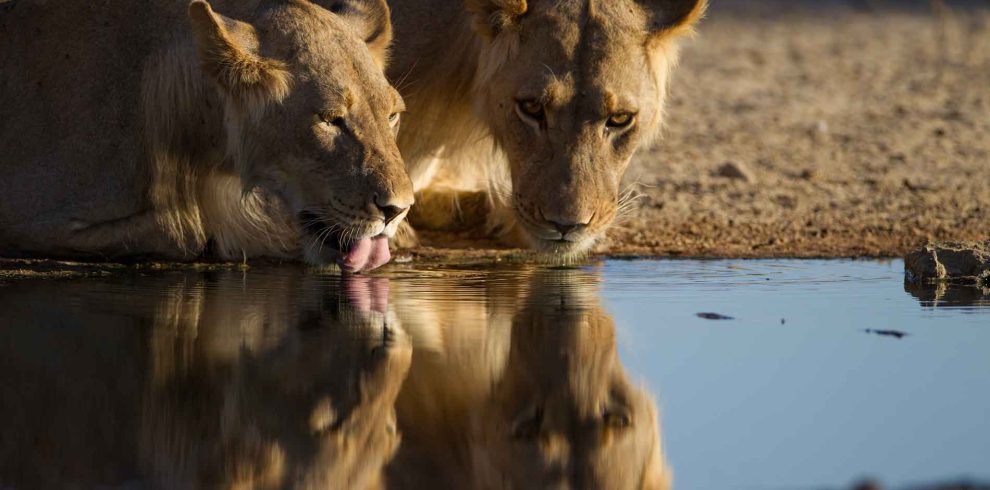
7 Days Safari Itinerary Simba Program

Explore popular destination.
A new journey begin here within, find a destination that suits you and start travelling. We offer best travel packages.
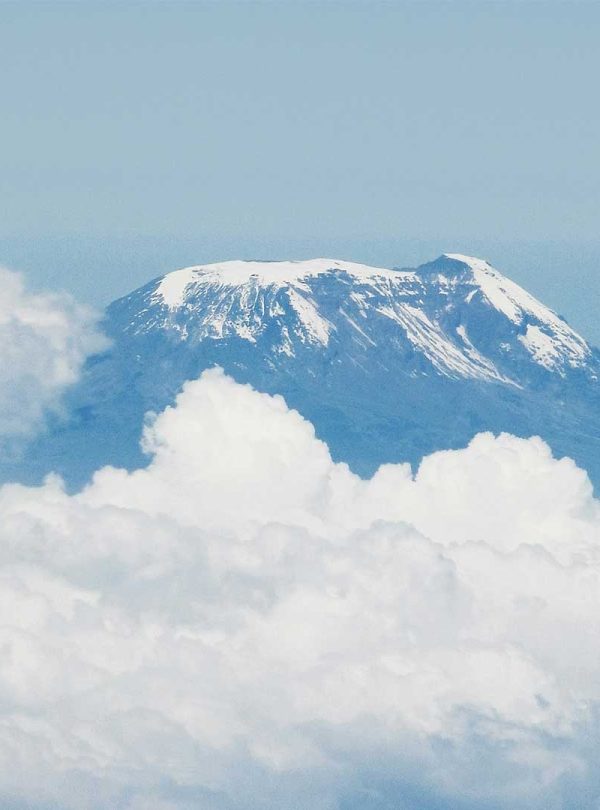
Kilimanjaro

Lake Manyara National Park
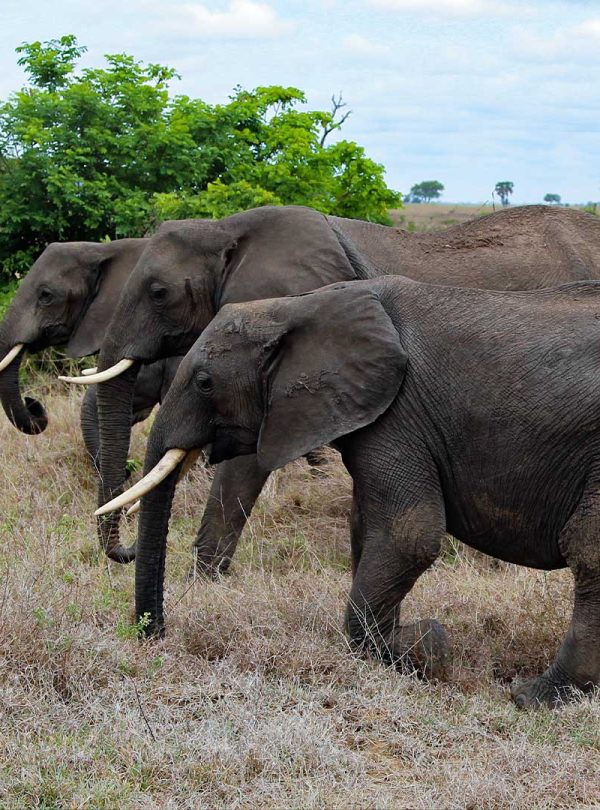
Mikumi National Park

Ngorongoro Crater

Nyerere National Park

Ruaha National Park

Serengeti National Park

Tarangire National Park
Best travel deals..
The origin of the world travel is most likely lost to history.

Explore by activities.
Wide range of activities to involved in.
TAILOR MADE TRIPS
Destinations.

Client testimonials

The trip of a lifetime with Ryan and driver Henry!
"The trip of a lifetime! Ryan and driver Henry were the best! Better than I ever imagined!"
Absolute Wilderness Travel and Tours - A Heartfelt Thanks
"Thanks always to Absolute Wilderness Travel and Tours - for your Tanzania safaris Henry Obed Mejooli and Godfrey Thadeokp"
Absolutely Perfect: Our Unforgettable Tanzanian Honeymoon
"We had an absolutely perfect trip in Tanzania with Absolute Wilderness. During 3 weeks, we made the private reserves, the Kilimandjaro and Zanzibar for our honeymoon. Everything was perfectly organized! We strongly recommend it, and will definitely come back in the future."
Magnifique Séjour en Tanzanie avec Absolute Wilderness
"Magnifique séjour en Tanzanie grâce à Absolute Wilderness. Ils se chargent de toutes vos réservations (lodge+safari). Nous avons vécu un merveilleux Safari, guide super serviable et à l’écoute. Je recommande vivement!!"
Awesome Tanzanian Adventure with Perfect Organization
"We had an awesome trip in Tanzania, thanks to Henry and his perfect organization. We would definitely recommend Absolute Wilderness for anyone who's looking for an incredible experience!"

- Special Offers
Tanzania is one of the last few havens for discerning explorers who long for the freedom of true wild. Legendary Expeditions protects large tracts of wilderness in Tanzania, opening rare portions for unscripted adventures
Africa untamed
Journey to the celebrated Northern Circuit of Tanzania, following the path of the last Great Migration on earth. Sync your pulse with the earth, surrounded by beautiful landscapes, big game, ancient cultures and true wild on a vast scale.
Leave behind your expectations, pack only your sense of adventure. Escape to some of the last truly wild places on the planet…
Free yourself from the confines of walls and daily schedules
Find yourself among the comforts of sophisticated tented camps, migrational camps that roam with The Great Migration, and enchanting lodges that let you soak up sun, space and silence. View Legendary Stays
Stretch your arms out towards a breathtaking expanse of untamed beauty
Experience wild and free
Our intimate knowledge of the area makes the joy of discovering untamed Africa possible without needing to script the whole adventure.
Be curious, be inspired
Email address*
Country: * Afghanistan Albania Algeria Andorra Angola Antigua & Deps Argentina Armenia Australia Austria Azerbaijan Bahamas Bahrain Bangladesh Barbados Belarus Belgium Belize Benin Bhutan Bolivia Bosnia Herzegovina Botswana Brazil Brunei Bulgaria Burkina Burundi Cambodia Cameroon Canada Cape Verde Central African Rep Chad Chile China Colombia Comoros Congo Congo {Democratic Rep} Costa Rica Croatia Cuba Cyprus Czech Republic Denmark Djibouti Dominica Dominican Republic East Timor Ecuador Egypt El Salvador Equatorial Guinea Eritrea Estonia Ethiopia Fiji Finland France Gabon Gambia Georgia Germany Ghana Greece Grenada Guatemala Guinea Guinea-Bissau Guyana Haiti Honduras Hungary Iceland India Indonesia Iran Iraq Ireland {Republic} Israel Italy Ivory Coast Jamaica Japan Jordan Kazakhstan Kenya Kiribati Korea North Korea South Kosovo Kuwait Kyrgyzstan Laos Latvia Lebanon Lesotho Liberia Libya Liechtenstein Lithuania Luxembourg Macedonia Madagascar Malawi Malaysia Maldives Mali Malta Marshall Islands Mauritania Mauritius Mexico Micronesia Moldova Monaco Mongolia Montenegro Morocco Mozambique Myanmar, {Burma} Namibia Nauru Nepal Netherlands New Zealand Nicaragua Niger Nigeria Norway Oman Pakistan Palau Panama Papua New Guinea Paraguay Peru Philippines Poland Portugal Qatar Romania Russian Federation Rwanda St Kitts & Nevis St Lucia Saint Vincent & the Grenadines Samoa San Marino Sao Tome & Principe Saudi Arabia Senegal Serbia Seychelles Sierra Leone Singapore Slovakia Slovenia Solomon Islands Somalia South Africa South Sudan Spain Sri Lanka Sudan Suriname Swaziland Sweden Switzerland Syria Taiwan Tajikistan Tanzania Thailand Togo Tonga Trinidad & Tobago Tunisia Turkey Turkmenistan Tuvalu Uganda Ukraine United Arab Emirates United Kingdom United States Uruguay Uzbekistan Vanuatu Vatican City Venezuela Vietnam Yemen Zambia Zimbabwe Are you... * I'm an adventurous traveller I'm part of the travel trade
Follow and tag #legendaryexpeditions to connect and feel the wild awaken within.
- Privacy Policy and Terms of Use

- RWANDAN TRIPS
- Hot Air Ballon Safari
- RWANDAN Parks
Mount Kenya / Olpejeta Conservancy
Meru national park, tsavo west national park, maasai mara national reserve, lake nakuru national park, samburu national reserve, aberdares national park, amboseli national park, our choice of hotels in tanzania, tarangire national park, serengeti national park, lake manyara national park, ngorongoro conservation area, choice of hotels in uganda, bwindi impenetrable forest, choice of hotels in rwanda.

Discover the Untamed Beauty of Tanzania
Nestled in the heart of East Africa, where the Indian Ocean gently caresses rugged shores, Tanzania unfolds its diverse landscapes like a tapestry waiting to be explored. This enchanting country beckons adventurers to witness the wonders of renowned national parks, expansive oceans, and majestic mountains that stand as sentinels to a rich tapestry of nature.
Land of Lakes: Begin your journey in the north, where the azure expanse of Lake Victoria stretches beyond the horizon. This serene jewel mirrors the breathtaking beauty of Tanzania’s northern region, offering a tranquil retreat for those seeking the embrace of nature. Lake Tanganyika, to the west, invites exploration with its crystal-clear waters and picturesque surroundings, creating a haven of peace. The southern charm of Lake Nyasa echoes with timeless tales, inviting visitors to immerse themselves in the cultural and natural richness that defines Tanzania’s lakes.
Coastal Elegance: Tanzania’s wonders extend beyond its lakes, embracing the rhythmic embrace of the Indian Ocean along the eastern coast. This tropical paradise unfolds with coastal delights, where marine sanctuaries like Mafia Island showcase the grace of whale sharks and the vibrancy of coral reefs. Explore the underwater wonders and embrace the coastal allure as the Indian Ocean reveals its secrets, creating a haven for marine enthusiasts and beach lovers alike.
Majestic Peaks and Mountainous Grandeur: As your journey unfolds, gaze upon the regal ascent of Mount Kilimanjaro in Kilimanjaro National Park. This iconic peak, standing as Africa’s highest, invites adventurers to conquer its heights and witness the world from its summit. The mountainous grandeur of Kilimanjaro is a testament to Tanzania’s diverse topography, offering a challenge and reward for those drawn to the allure of majestic peaks.
National Parks: A Symphony of Biodiversity: From the iconic Serengeti National Park, where the Great Migration paints the landscape with the movement of wildebeest and zebras, to the volcanic wonders of the Ngorongoro Conservation Area, Tanzania’s national parks stand as guardians of untamed beauty. The Serengeti’s vast plains become a canvas for nature’s spectacle, while Ngorongoro’s crater harbors a harmonious ecosystem within its volcanic embrace. Each park tells a story of biodiversity, a symphony of wildlife and landscapes that captivate the heart of every visitor.
Transcending Landscapes: Embark on a journey that transcends landscapes, from the depths of the Indian Ocean to the heights of Kilimanjaro. Feel the spirit of Africa resonate through each national park, ocean wave, and mountain peak in this captivating land. Tanzania’s rich biodiversity, cultural heritage, and geological wonders come together to create a narrative that leaves an indelible mark on every traveler’s soul.
Ready to Tour
East africa with us.
Journey through East Africa’s enchanting landscapes and discover a tapestry of accommodations. With over 45 distinctive choices in Kenya,11 in Tanzania, and 7 in Uganda, each offers a unique perspective on the continent.

Welcome to Untouched Wilderness Trips, your gateway to authentic adventure in the captivating lands of Kenya , Uganda , Tanzania , and Rwanda
GET INTOUCH
- [email protected]
- +254 7 40125800
- Nairobi Kenya.
© 2023 @Atlas Studio 254
Frequently Asked Questions
Terms & Conditions
Corporate social responsibility
Our Latest Blogs
- Search Please fill out this field.
- Manage Your Subscription
- Give a Gift Subscription
- Sweepstakes
- Hotels + Resorts
- Hotel Reviews
This New Luxury Safari Camp Moves to 9 Locations Across Serengeti National Park During the Great Migration
Wilderness Usawa Serengeti just opened in Tanzania, and T+L contributor and hotel expert Jackie Caradonio was the first to review it.
Jackie Caradonio is a New York–based writer and photographer who specializes in travel, dining, sustainability, and art and design. Her articles and photography have appeared in publications such as Condé Nast Traveler, Bloomberg Pursuits, Afar, The New York Times, and others.
:max_bytes(150000):strip_icc():format(webp)/dsc06803-593c32bf3ed547929a9419ff73d2d84b.jpg)
Food and Drink
- Experiences and Amenities
- Family-friendly Offerings
Accessibility and Sustainability
- How to Get the Most Value Out of Your Stay
Jackie Caradonio/Travel + Leisure
It was what the guides in Serengeti National Park call a “small crossing” — slight in both the number of animals involved (no more than 100) and the number of humans who witnessed it (just a handful). But it was hardly minor to me.
The zebras were casual — too casual, I suspected — as they trotted across the Mara River. Murky brown water swallowed up their legs and haunches, yet they remained unhurried. All was peaceful.
Then the crocodiles came. At first one, then two — then six — and within seconds, they had taken hold of an adolescent. The water splashed and bubbled, the young equine scuttled, the crocodiles worked in unsettling concert. Suddenly, the zebra broke away, bucking its hind legs in one last Hail Mary attempt at escape. But it was too late. At the first sight of red, I put my binoculars down and trained my focus on the distant savannah.
Noticing the tears welling up in my eyes, Chrisple Sikawa, my guide from Usawa mobile camp, offered the salve of logic. “This is the circle of life,” he said. “You wouldn’t want the crocodiles to go hungry, would you?”
Jackie Caradonio/Travel + Leisure
Heartbroken as I was, I knew he was right. I also knew that such dramatic sightings are precisely the reason one comes to Tanzania’s most famous safari destination: to see the wilderness at its most brazen and brutish, as real as it has ever been or ever will be.
That’s the promise of the great migration, the mass journey of roughly 2 million wildebeests and zebras, and the headlining act of almost any Serengeti safari. The event is constant and year-round, spanning 500 miles from the southern Serengeti to Kenya’s Masai Mara, just north of the Tanzania border, making it a moving target for the nearly 500,000 tourists who come to the national park every year.
That transient nature is what enticed Keith Vincent, co-founder and CEO of the hospitality company Wilderness , to create Wilderness Usawa Serengeti , a roving camp that opened on its first of nine eventual sites across the Serengeti on July 26. “In the old days of guiding, you had a vehicle and a tent, and you moved wherever the wilderness went and set up camp along the way,” Vincent says. “With Usawa, I wanted to give that freedom back to our guests.”
Wilderness Usawa Serengeti
• A luxury mobile camp, Usawa travels across the Serengeti National Park, popping up seasonally in nine locations across the national park, all set along the path of the great migration.
• The camp’s six en-suite tents are designed to have minimal impact on the environment, with off-grid power and water systems, and an innovative design that requires only manpower to build and disassemble.
• The main attraction of any stay at Usawa are the daily game drives and safari walks, during which guests can glimpse the great migration, big five animals, and other wildlife.
• Usawa’s custom-designed tents are decorated with art, furniture, and crafts made exclusively by Tanzanian artisans.
• The camp’s all-inclusive rates include three meals a day, all game drives and safari walks, and on-the-ground support from the moment your journey starts.
To do so, Vincent first had to strip down the luxury safari camp experience regularly found at other Wilderness camps. There are no plunge pools or spa treatments at Usawa, but rather a wide-open expanse on the crest of a remote hill, where six guest tents and a larger main tent are wrapped 360 degrees in mesh and canvas, giving a sense of near-total exposure to the elements. The entire operation is off-grid, with lighting supplied by rechargeable lanterns and solar-powered lamps (romantic or vexing, depending on your task) and showers fed by buckets of manually heated water that funnel into taps by simple gravity (and, boy, do they feel amazing).
Still, nothing comes close to roughing it. King-size beds are dressed in crisp white linens, bathrooms are stocked with Inaya Zanzibar’s all-natural products, and décor is a curated assemblage of local design and ingenuity. The greatest luxury of all, however, is Usawa’s connection to nature: the cool breezes that drift through your tent, the sound of raindrops and elephants trumpeting as you drift to sleep, the first sliver of early morning sun as it stretches across the horizon to gently wake you.
“But the real fun of it,” Vincent insists, “is the chase.” Thus, Usawa moves with the great migration — from the south’s calving season, during which hundreds of wildebeests are born every day, to the mass crossings that take place on the Mara River — with Wilderness operating up to three identical camps at any one time, while a fourth transitions to the next site. Guests can easily follow the action, hopscotching from camp to camp. Once the herd moves on, Wilderness packs up and makes for the next location, leaving no trace behind.
Over five days at one of the camp’s northern locations, I found that, however great the migration itself is, it was only a small part of any experience in the Serengeti, which is home to one of the most wildlife-rich expanses in Africa. Spanning more than 5,500 square miles, it is the quintessential picture of sub-Saharan wilderness, home to an abundance of big cats, as well as the rest of the Big Five animals (including a growing population of rhinos), plus giraffes, elephants, hyenas, and more than 500 bird species.
But, in the end, it was the great migration that once again beckoned. Though the heartache of our earlier sighting was still fresh in my mind, I agreed to let Sikawa show me what he called “the magic of a big crossing.” And so, we set out for the Mara, tracing its banks until a massive swirl of dust caught our attention — a scuffle of hooves pounding the dirt, Sikawa explained.
We arrived at its source minutes later, just as the first wildebeests were crossing, grunting and bucking all the while, literally running for their lives. One by one, as they made their safe passage across the river, they surrounded our vehicle, their mews nothing short of celebratory to my ears. The crossing carried on for close to an hour, and when the dust finally settled, not a single casualty had occurred. Then, a calf, clearly exhausted, dropped onto its knees to nurse from its mother’s teat. I felt the tears welling up once again, and this time they poured out like rain. It had been quite the journey — for all of us.
Designed by Luxury Frontiers (whose other hospitality projects include Camp Sarika by Amangiri in Utah and Naviva, a Four Seasons Resort in Punta Mita, Mexico), Usawa’s six en-suite tents are made from overlapping swatches of canvas and mesh to eliminate the barrier between the indoors and the great outdoors.
Courtesy of Wilderness Safaris
Still, every creature comfort has been accounted for. King-size beds are dressed in luxury linens; minibars are stocked with fresh coffee, tea, and snacks; and toiletries are from all-natural skincare brand Inaya Zanzibar. Interiors throughout the camp showcase Tanzania’s artisans and designers: handwoven baskets, blankets, and pillows are sourced from a local collective that empowers women to achieve financial independence. Glassware, beaded chandeliers, and leather details come from Sanaa, a non-profit that teaches lucrative crafts to those with disabilities. And tables and chairs made from upcycled plastic are the ingenious creation of Arusha-based DuniaDesigns.
Outside, my husband and I lounged on our hammock (often with a bottle of South African rosé) or watched the surrounding hills through binoculars from a pair of canvas chairs. We regularly witnessed game drive–worthy sightings right outside our tent, from a family of elephants crossing the hills to the hundreds of zebras and wildebeest that wandered right through camp.
Usawa is all-inclusive, including spirits and a wide selection of wines from the African continent. The culinary team takes full advantage of Tanzania’s robust farming culture, serving both international and traditional Swahili dishes. Okra takes on heavenly forms in spicy curry, South African syrah sings with fragrant Zanzibari-spiced pilau rice, and creamy mtori soup, made with fresh plantains, is equal parts sweet and savory — and utterly irresistible.
All mealtimes and menus are customized for guests as they plan each day with their guide. Pre-safari breakfasts are lavish spreads of porridge, fruit, pastries, and made-to-order eggs. Lunch is served overlooking the savannah at the edge of camp, or as a picnic on game drives. Dinners are multi-course affairs served under the starry night sky or in the main tent.
Experiences and Amenities
Activities are centered on the magnificent theater that is the great wilderness of the Serengeti. As Usawa travels among nine locations throughout the national park, guests are afforded the chance to witness the great migration up-close in its many phases. From January to March, the southern Serengeti bears witness to the birth of thousands of wildebeests (an estimated 800 calves are born each day). Come July, the herds move north and river crossings are the main event.
Game drives and bush walks are offered daily. One morning we set out straight from camp on foot, skirting a family of elephants as they broke down an entire acacia tree for an afternoon feast, then catching sight of a cheetah sprinting across the hillside 100 yards away. On a drive the next day, we encountered a mother cheetah and her cubs, the white of their bellies fat and round, the scruff of their chins blood-stained—and vultures circling overhead in pursuit of the remains of their kill. We waited patiently outside a cluster of bushes for a leopard to at last poke out its spotted head; watched a thick-maned lion perch proudly atop a boulder, keeping a watchful eye over a valley filled with prey; and counted the many crocodiles ominously patrolling the banks of the river.
Family-friendly Offerings
Usawa welcomes children from six years old. Buy-outs are available for families with members of all ages. All safari activities can be customized to accommodate different ages and abilities.
Wilderness’s greatest ambition in creating Usawa was to create a safari camp that would minimally impact the Earth. Power is provided by solar panels and portable batteries that are recharged at a main power bank. Tents are constructed only by employees, ensuring the least possible disturbance to the native wildlife and enabling the camp to be easily and quickly moved from location to location. “We’ll leave no trace,” Vincent says. “One storm, and the grassland will look like we’ve never been there.”
To preserve the land, Usawa has forgone constructing sewage systems, employing a series of innovations to stay more eco-friendly. Toilets operate on portable septic systems, with waste routinely removed from the park or used to fertilize the grounds when possible. Filtered cold and hot water are supplied to guests throughout the day. Showers are especially clever in their operation, supplied by heated water that is manually fed into overhead buckets then funneled into taps. Simply pull the chain for a steamy cascade.
Usawa is not ADA compliant, which is typical for safari camps like this one.
To arrive at Serengeti National Park, travelers can fly via Hamad International Airport in Doha to Kilimanjaro International Airport, then connect from Arusha Airport to one of Serengeti National Park’s airstrip. Wilderness plans all itineraries end-to-end with VIP travel perks, including Al Maha service when flying with Qatar Airways. In Arusha, we stayed at Elewana Arusha Coffee Lodge, a Travel + Leisure World’s Best Awards 2020 winner set on a coffee farm.
Usawa’s nine locations stretch from the southern Serengeti National Park to Tanzania’s northern border with Kenya. Up to three camps will operate simultaneously to allow guests to follow the great migration as closely as possible. Wilderness arranges guest stays based on predictions of the great migration path.
How to Get the Most Value Out of Your Stay
Safaris are admittedly costly, but Wilderness’s all-inclusive pricing includes everything: accommodations, unlimited meals and beverages, all activities, and transfers within Serengeti National Park. Wilderness also partners with airlines such as Qatar Airways to offer discounted flights for safari goers. Nightly rates at Usawa start at $950 per person, with a minimum two-night stay.
Journey Beyond Borders
Let’s roam in pure african wilderness, tailored tours through tanzania wild & beyond.
Let our expert guides lead you on a journey of discovery through Tanzania. Our tours are designed to awaken your sense of wonder.
Exploring Tanzania Safaris
10+ destinations, 100+ packages, early bird discounts await.
Book Now, Experience More, Spend Less.
Your Travel Ally
Discover the best destinations, wildlife insights, and cultural treasures that Tanzania has to offer.
Assorted Rwanda Safari
Rwanda safaris offer a unique blend of primate encounters and scenic beauty Let's Travel today!
Stay update d and explore hot picks and trending stuff that’s making waves in the safari world.
WFT – The Pinnacle of Safari Excellence
Our dedicated team of experts and personalized approach make every safari with us a remarkable journey.
As a specialist Tanzanian tour operator, we are devoted to creating tailor-made experiences that resonate with your desires and expectations. From the lofty heights of Kilimanjaro, where you can conquer the continent's highest peak, to the endless plains of the Serengeti, where you can witness the Great Migration, and the exotic beaches of Zanzibar, where you can soak in the sun – we are your portal to the many dimensions of Tanzania.
.png)
Decade of Excellence
Our dedication remains as passionate as ever.
Wide Range of Safari Fleet
For ensuring you'll have the ideal partner for your adventure.
Expert Guides
Who Bring the heart of Tanzania’s wilderness to life.
Safari Stories in every Niche
Dive into specialized safaris designed by passionate experts.
WFT – Safari Quick and Breezy
Every Safari Dream of our guests, expertly fulfilled and executed by us!
Our Seamless Safari Planning
We take the hassle out of planning your safari adventure. Our expert team crafts customized itineraries, ensuring you experience the very best of Tanzania.
Expert Guidance and Support
You're never alone on your safari. Our experts ensure your safety and enrich your experience with fascinating insights.
Tailored Itineraries Made Simple
Crafting a personalized safari itinerary is easy with us. We listen to your desires and expectations, and our team designs an adventure that perfectly matches your likings.
Effortless Accommodation Bookings
Booking accommodations in Tanzania's diverse landscapes can be complicated. With us, it's effortless! Let us handle the reservations, that guarantee you comfortable stays.
Safari Tours Designed for Every Explorer
Where you'll immerse yourself in the wild beauty, culture, and history of Tanzania.


12 Days Northern Tanzania Safari
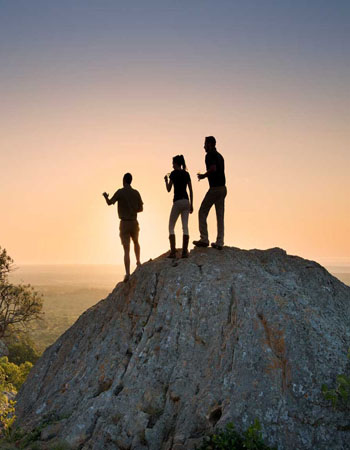
12 Days Southern Tanzania Travel Plan
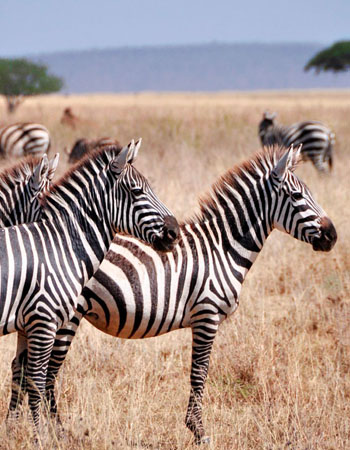
10 Days Northern Tanzania Safari

16 Days Tanzania Rwanda Zanzibar Tour
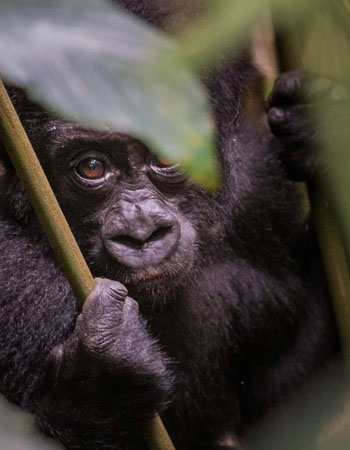
5 Days 4 Nights Gorillatreking Safari

13 Days Kilimanjaro Safari Combo Tour
Ready, set, get inspired.
We eagerly await your inquiries and are always ready to craft the journey of your dreams.
Spur-of-the-Moment Safari Deal Specials
Explore late-booking safari specials! Perfect for those who crave unexpected journeys.
Customize Your Trip
Tailored tanzania safari escapes.
Discover the art of personalized exploration with our Tanzania safari adventures.
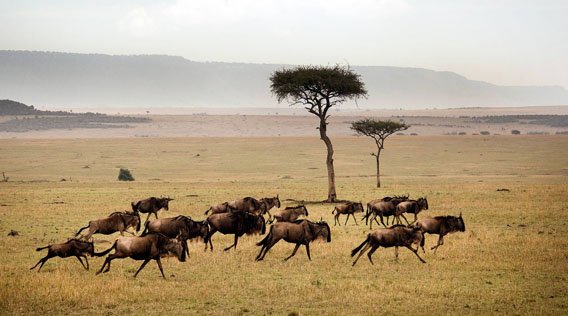
Experience the authentic wonders
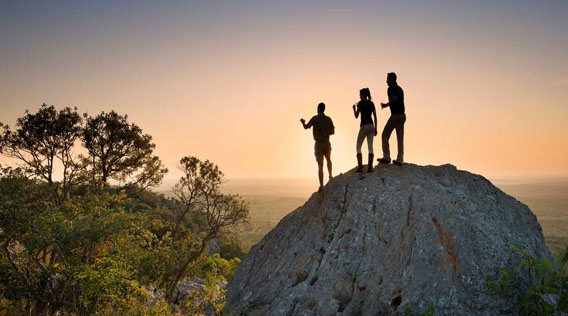
12 days and 11 nights. Explore iconic.
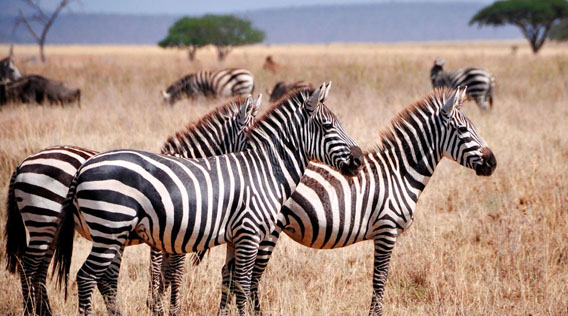
Northern Tanzania Safari package.
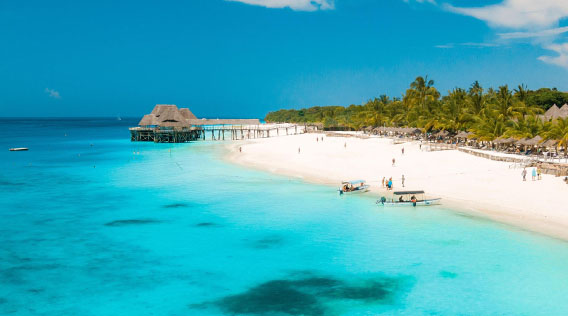
Beach Experience Zanzibar.
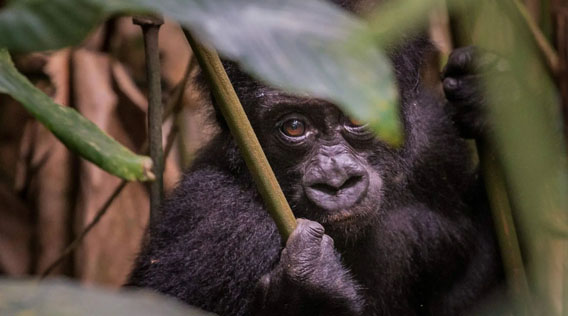
5 Days 4 Nights Gorillatrekking Safari
5-Day 4 Nights Gorilla Trekking Safari.
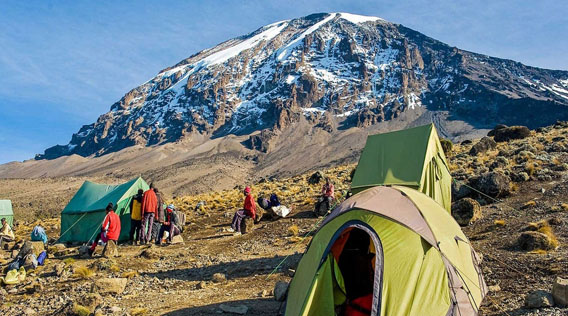
With the Ngorongoro Crater offering.
.jpg)
Find Best Things to Do
In tanzania.

Bigger Group? Get A Special Package Tailormade For You!
We create unforgettable adventures, customized for your luxury travel.
Customize your trip with an expert
Tailor your safari experience, crafting every detail to reflect your travel aspirations and desires.
customize your trip

Our happy travellers are recommended by:

Our Safari & Accommodation Partners
Journey alongside our esteemed safari and accommodation partners, each an example of quality and authenticity.

Get travel deals and news right to your inbox

- +255 767 92 69 69 -//- +255 784 92 69 69
- [email protected]

Wildways Tanzania Adventures
Never stops, it’s time for a new adventure don’t wait any longer..
The Tanzanian mixture of amazing landscapes and fascinating flora and fauna is among the most unique around the globe, experiencing the wildlife and way of life of its inhabitants. With many years of experience and outstanding contacts in safari tourism each and every door will be opened and welcoming for you to live your dream vacation.
WildWays Tanzania Adventure is safe while still being innovative – (walking and camping with Maasai Warriors and their donkeys anyone?) or boutique luxury tented camps that have you in the heart of the savannah.
The adventure never stops!

Wildways Adventures?
Passionate travel.
Our expert guides have been handpicked-picked for their enthusiasm, professionalism with vast knowledge of the country and wildlife, always ready to deliver a first rate experience.
People-Centred Service
Our first priority is ensuring every safari is meeting our guests vision, taste, style and dare we say your dream as well! (Sunrise balloon ride over the Serengeti?)
Value for Money
Our affordable African safari tours and packages have been designed to deliver genuine value for money experiences.
Tree Planting Experience
For us, it’s not just about showing you wildlife (ask about the Big Five) it’s also about showing you our homeland, our people and the culture. We want you to add to our efforts to conserve and protect habitats for the future as well. We partner with tree planting initiatives in vulnerable regions to bring soil conservation and stability to communities that otherwise might be left behind.
Our Top Experiences
Our Tanzania Safari itineraries and packages are diverse as our Tanzania itself. From the snow-capped slopes of Mt Kilimanjaro; The wide plains of the Serengeti; The vast expanses of highland plains, savanna, savanna woodlands and forests reserve of volcanic Ngoro Ngoro Crater; the lakes, rivers and beaches, all inspire many varied safari experiences. In this we are always with you in planning your utmost memorable safari.
Discover Africa’s Iconic Destinations
Our featured tours, read our reviews.
We have built a unique reputation by organizing Wildlife Safaris, Trekking Mount Kilimanjaro, Mount Meru trekking, Zanzibar Beach Holidays, Cultural tours and day trips. Our guides are skilled, knowledgeable and well-trained about treks, safaris and people which they will share with you throughout your adventures in Tanzania.
Tailor Made Safaris, Bespoke travel through Tanzania
Welcome to Tailor Made Safaris; your specialist for personalized guided and self-drive tours through Tanzania.
We are Wild Ways Adventure
We will provide our guests with unique experience through tours, excursions and hotels that are hand picked and curated by us guaranteeing a bespoke safari for each guest and each time visiting Tanzania!.
Quick Links
- Best of Tanzania Safari
- 6 Days Mount Kilimanjaro Trek
Tanzania Office
- 07, Mlegea Street, Tanganyika Packers -Moshono - Arusha
- +255 784 92 69 69
- [email protected]
Canada Office
- Calgary Alberta Canada
- +1 (780) 931 2532
- [email protected]

Welcome to the Wilderness Collection, where we invite you to embark on the quintessential African adventure. Nestled in the prime locations of Tanzania, our lodges promise an unparalleled experience.
Discover spacious and opulent accommodations adorned with authentic African decor and modern amenities, ensuring a luxurious and comfortable stay. Revel in the breathtaking views from our suites, offering panoramic vistas of the surrounding landscapes, allowing you to completely immerse yourself in the natural beauty of the region.
At Wilderness Collection, our unwavering commitment to excellence is reflected in the exceptional service we provide to our guests. Our dedicated staff ensures your stay is nothing short of extraordinary, orchestrating personalized safari tours and catering to your culinary preferences in our on-site restaurant. Unwind after a day of exploration at our bar, offering a curated selection of fine wines and cocktails.
The pinnacle of your stay with us lies in the opportunity to explore Tanzania and witness its extraordinary wildlife firsthand. Accompanied by our experienced guides, embark on a thrilling game drive through the crater, where iconic African animals roam freely in their natural habitat.
Whether you crave adventure, seek relaxation, or desire a perfect blend of both, Wilderness Collection stands as the ultimate destination for an unforgettable African safari. Come, join us, and immerse yourself in the enchanting magic of Tanzania's wildlife and landscapes.

At Wilderness Collection - Crater's Edge, we prioritize your comfort and satisfaction. Our dedicated team is committed to providing exceptional service, ensuring that your stay is seamless and unforgettable. Relax and rejuvenate and let the tranquil ambiance and natural surroundings envelope you, creating a haven of serenity amidst the wild beauty of Ngorongoro.
Upon arrival, guests are greeted with a beautiful covered drop- off / pick-up area on the lower level is covered with stunning sails suspended between up-lit trees, creating a truly magical ambiance. Additionally, there is a ramped access to the entrance raised deck area, providing easy and comfortable access for all of our guests.
The central facilities of our establishment are designed with our guests' comfort and convenience in mind. The lower floor houses the lounge, reception, and back-of-house areas, while the upper floor is home to the bar, lounge, viewing deck, and dining areas.

THINGS TO DO
Cultural Visit
Walking Tour


Wilderness Experience Tanzania
Plan the trip of a lifetime with ease.
Whether you're looking for a romantic getaway, a family-friendly adventure, or a solo journey to explore the wild, we can provide you with a custom-tailored itinerary that exceeds your expectations.
Safari Tour
Cultural tours, choose your trip, start your vacation now.
Looking for your dream vacation destination but don't know where to start? With the help of experienced and knowledgeable travel agents, you can plan the trip of a lifetime with ease.
Embrace the Thrill of the Unknown
Are you tired of the typical tourist destinations and looking to step out of your comfort zone? Wilderness Experience may be the perfect solution for you! Here are four reasons why you should book a Safari experience with us :
- Connect with nature
- Experience other cultures
- Create unforgettable memories
Experience the Unforgettable Wilderness Adventure.
- Sua Road Morogoro CBD
- P. O. box 1399
- Morogoro, Tanzania
+255 785 077 661 +255 762 619 438
© 2023 Wilderness Experience. All rights reserved.
Discover the World, one Full Adventure at a Time!
Our Contacts
1080 Brickell Ave - Miami
United States of America
Travel Agency +1 473 483 384
Info Insurance +1 395 393 595
Walking Safaris in Tanzania
Tanzania has a huge variety of options for walking safaris, whether you’re looking for short walks from camp or longer immersive multi-day trips.
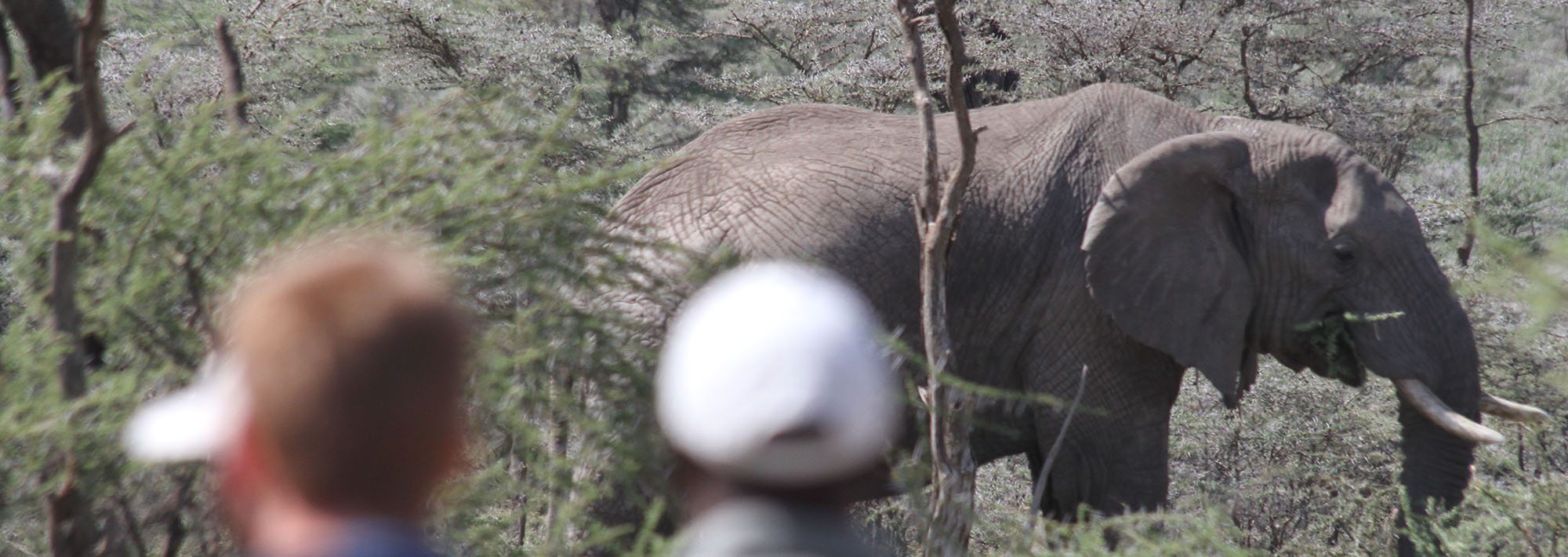
- Best Time To Go
- Top experiences
- Top parks & areas
- Itineraries
- Accommodation
About Tanzania Walking Safaris
Whether you’re thinking of travelling to Northern Tanzania or the lesser visited south and west of the country, there are many excellent options for walking safaris deep in big game country.
If you’re looking for proper immersive walking safaris then in our view Tanzania is a brilliant place to begin looking. Top of our list is Ruaha National Park in Southern Tanzania – this beautiful park comes into its own between June and October and when game viewing rivals pretty much anywhere in Africa.
Head-off on a multi-day walking safari and you’re in the best possible place to experience the magic of this park. Expect few other tourists and an astonishing variety of wildlife, big and small.
Another area to consider is the Serengeti and the surrounding area of the Ngorongoro Conservation Area. Here, the time of year radically affects where we’d recommend walking – from the northern wilderness zones close to where the wildebeest migration crosses the Mara River between July and October, to the beautiful landscapes around the Gol Mountains that come into themselves between December and May.
+ Read More
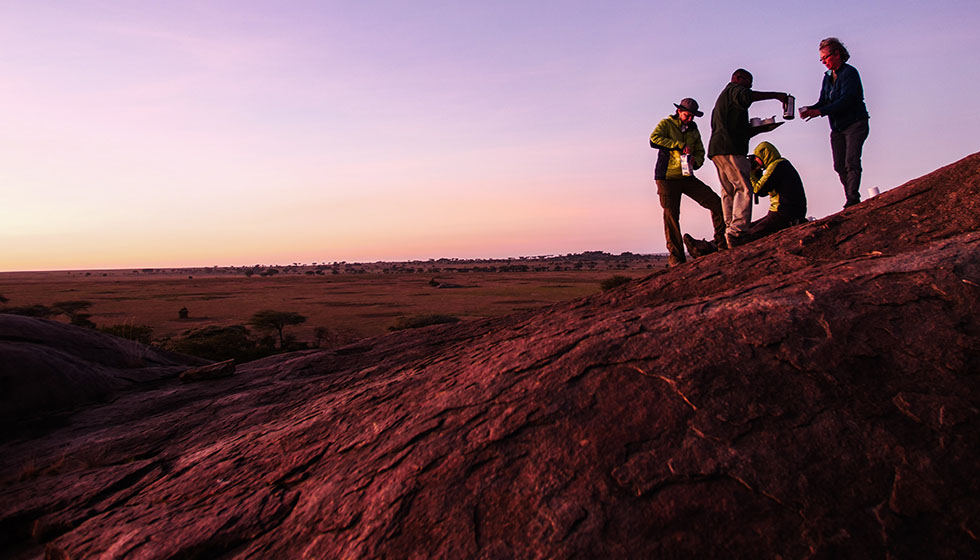
- Walking safari in the lesser visited southern parks: Ruaha & Selous
- Tracking the migration on foot in the Serengeti
- Get a taste for the wild with a night under canvas

A print anthology of safari and wilderness travel with over 220 pages of travel inspiration.

Highlights of a walking safari in Tanzania
Often the best safaris involve looking beyond the obvious highlights. It’s about the exhilarating encounters that will make your heart sing. These are encounters that nobody could ever predict, but that make your safari genuinely unique.
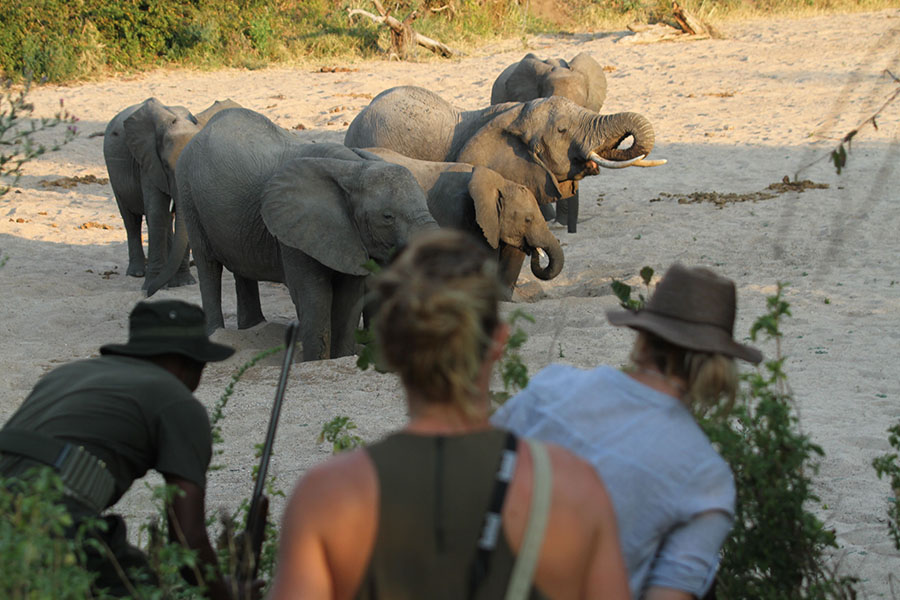
BEST TIME FOR TANZANIA WALKING SAFARIS
Walking safaris are possible in Tanzania throughout the year. Where to walk in any given month is more nuanced.
Tanzania is huge and its sheer size means that its climate varies considerably within it, as well as year on year. As a rule the long dry season lasts from June to October across the country – rainfall is rare and it’s generally considered the best time to walk in most areas. If walking on the Serengeti it’s more about where the migration is and where you can catch up with the wildlife without the crowds.
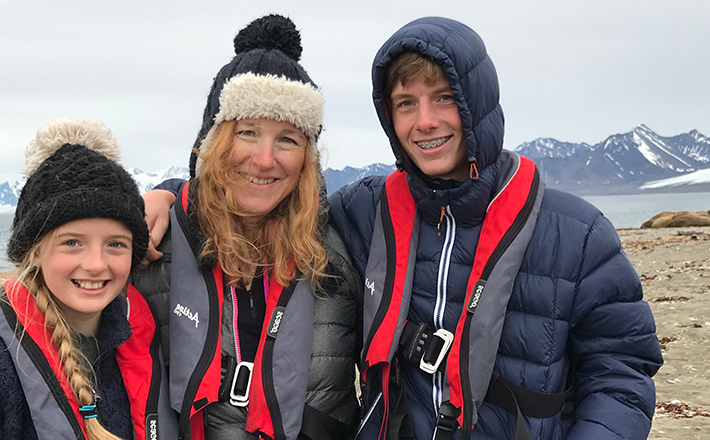
Talk to our Experts
They’ll be happy to let you in on their travel secrets, and help you plan a tailor-made trip that’s truly unforgettable.
Top walking experiences in Tanzania
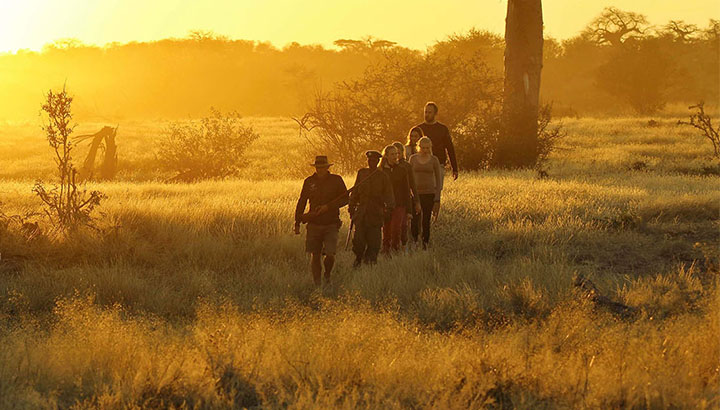
Walking Safari in Ruaha National Park
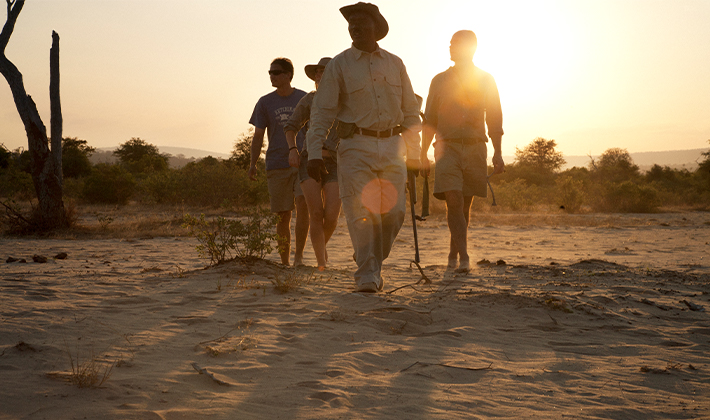
Walking safari in the Selous Game Reserve
Fly camping.
Simple lightweight camps used to support walking safaris are one of the greatest pleasures in the wilderness.
Fly camping is minimalist camping par excellence. Above all, it’s about experiencing the sights, sounds and smells of the African night; myriad stars, the noise of elephants foraging near camp, the calls of hyenas, leopards and lions. Frills are restricted to the essentials: good simple food, cold drinks and a comfortable bed roll.
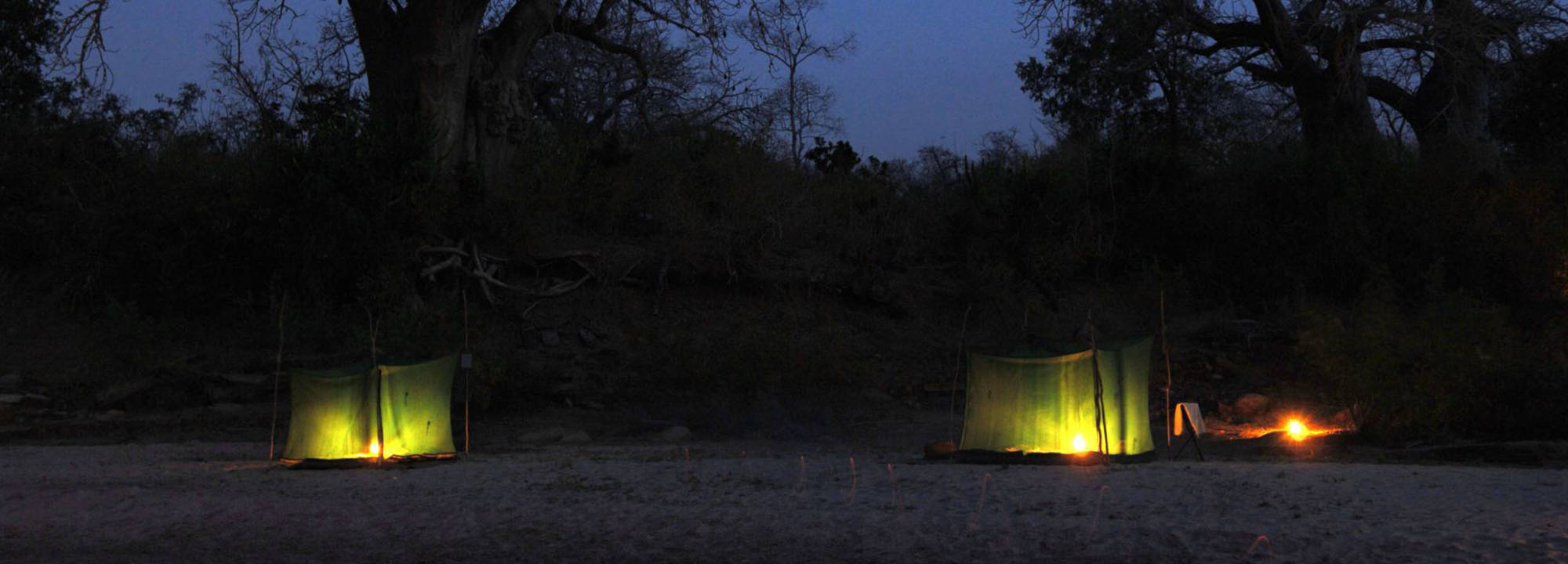
Top Parks & Areas For Walking Safaris in Tanzania
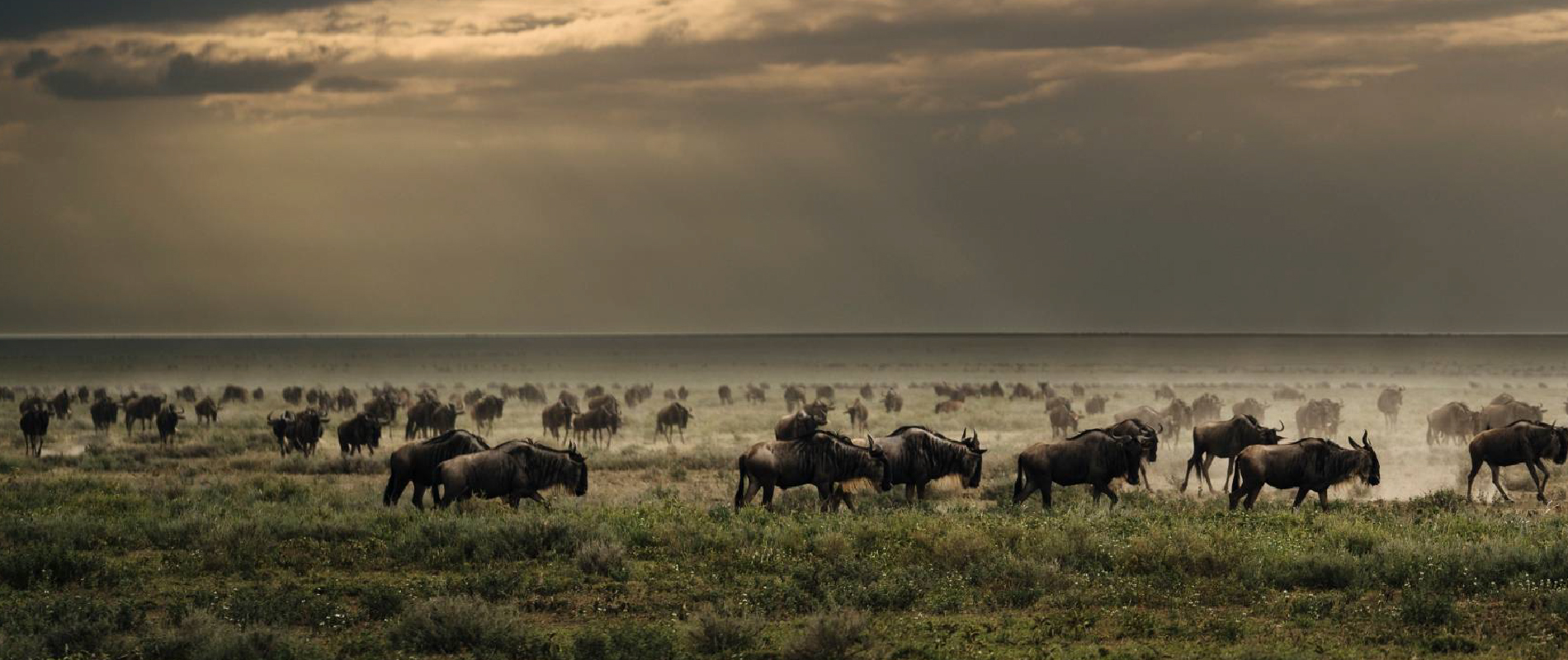
- The wildebeest migration
- Huge density of mammals
- Variety of experience
- Beautiful camps & lodges
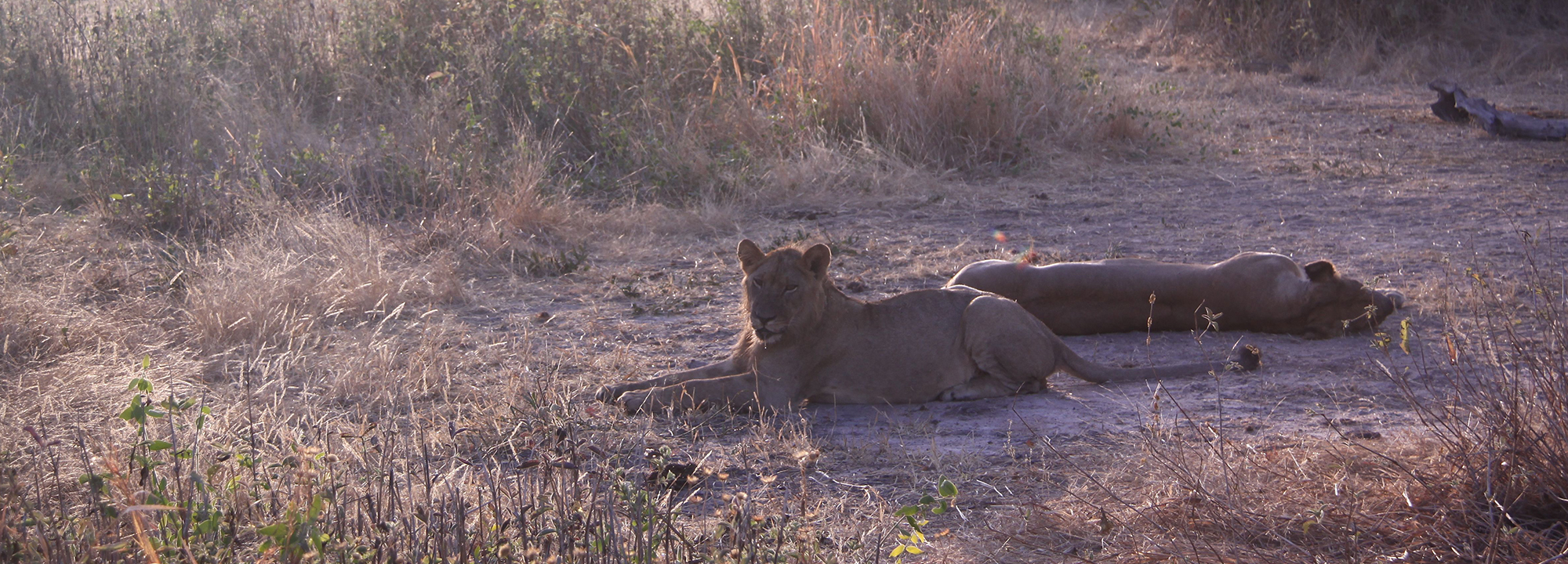
- Brilliant walking off the beaten track
- Low visitor numbers
- Variety of breathtaking scenery
- Iconic baobab forests
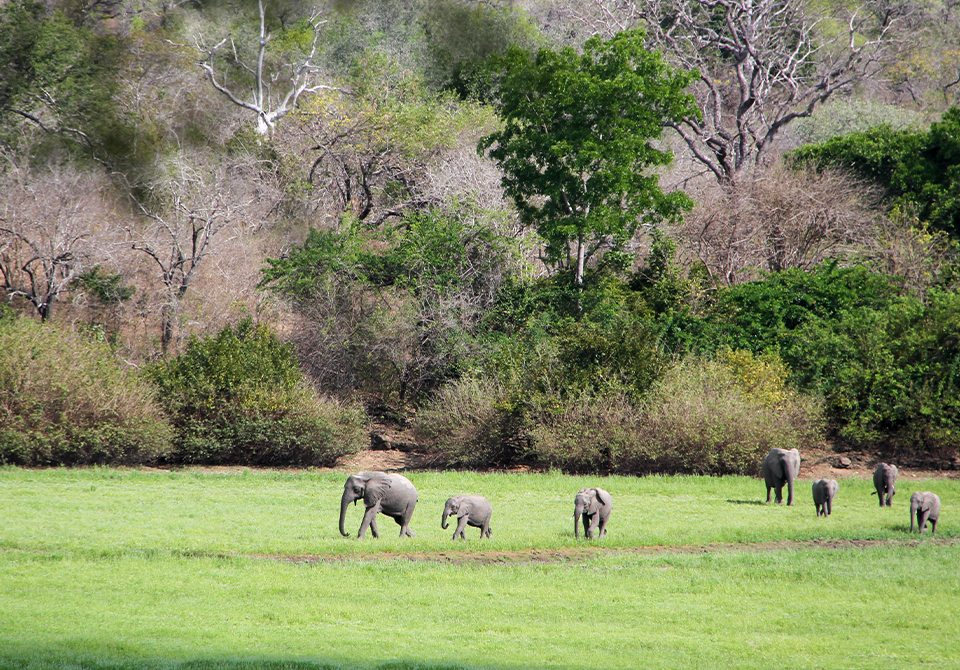
- The largest game reserve in Africa
- Remote and wild
- Diversity of wildlife
- Life by the Rufiji RIver
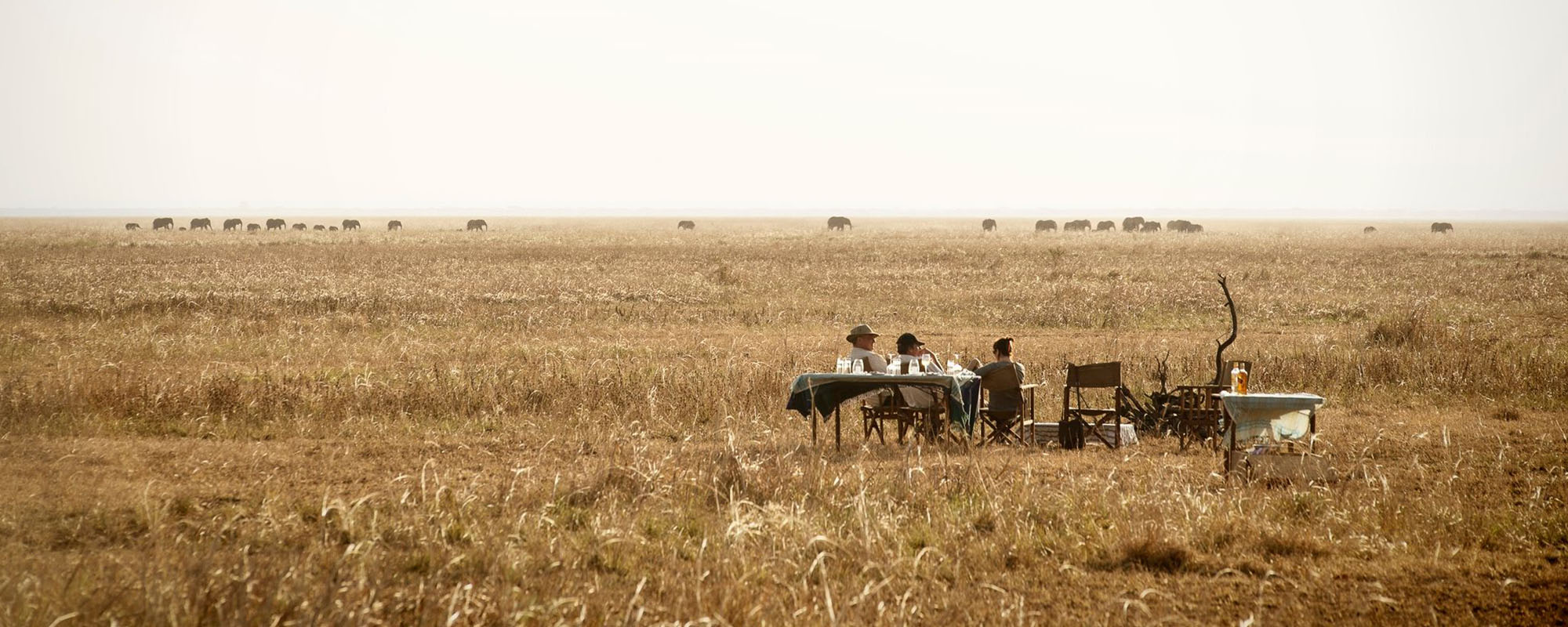
- Pristine wilderness
- Wild plains of Africa
- Combines perfectly with the Mahale Mountains
- January – December
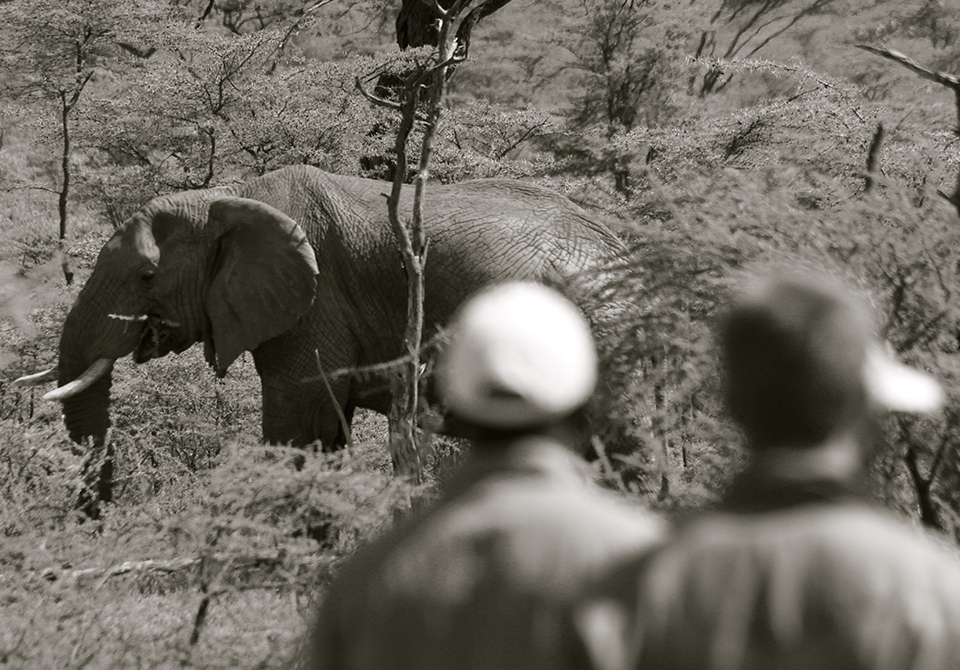
Walking Safari in the Serengeti
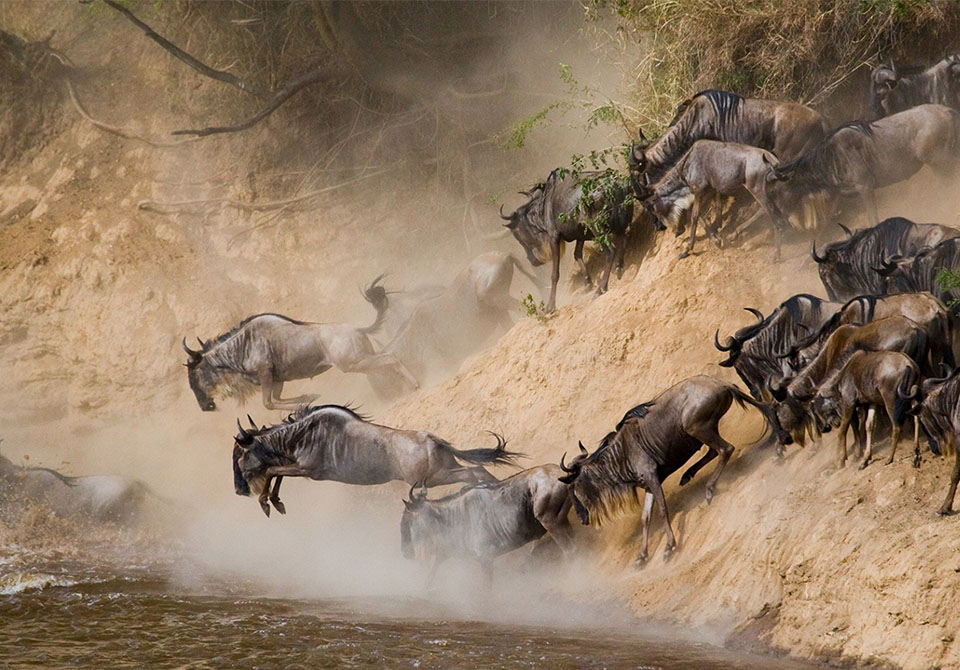
The Wildebeest Migration from Seasonal Camps
- June – October
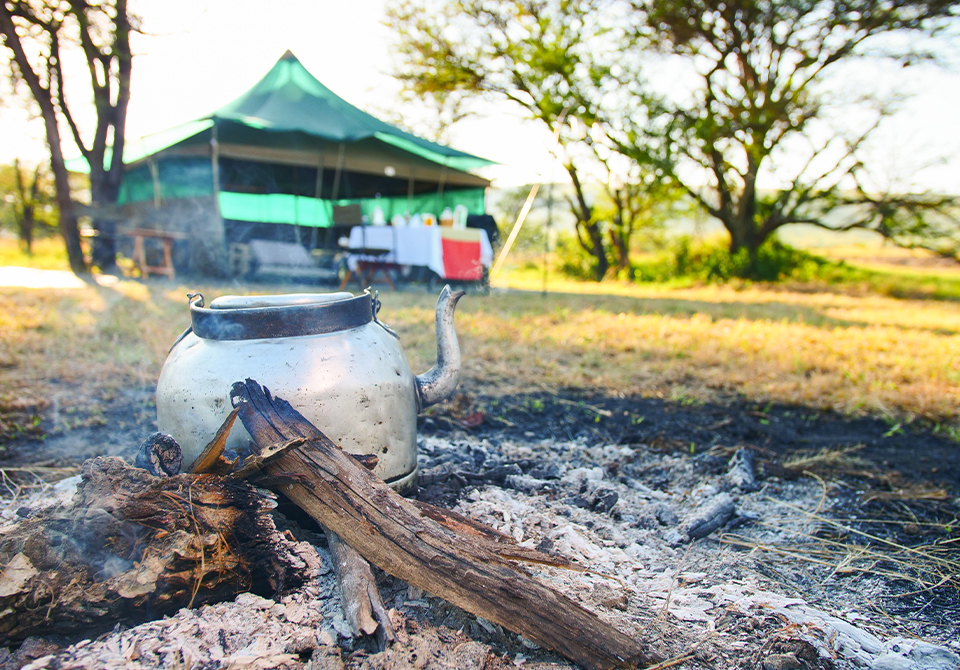
Simple Brilliant Camps in Safari Heartland
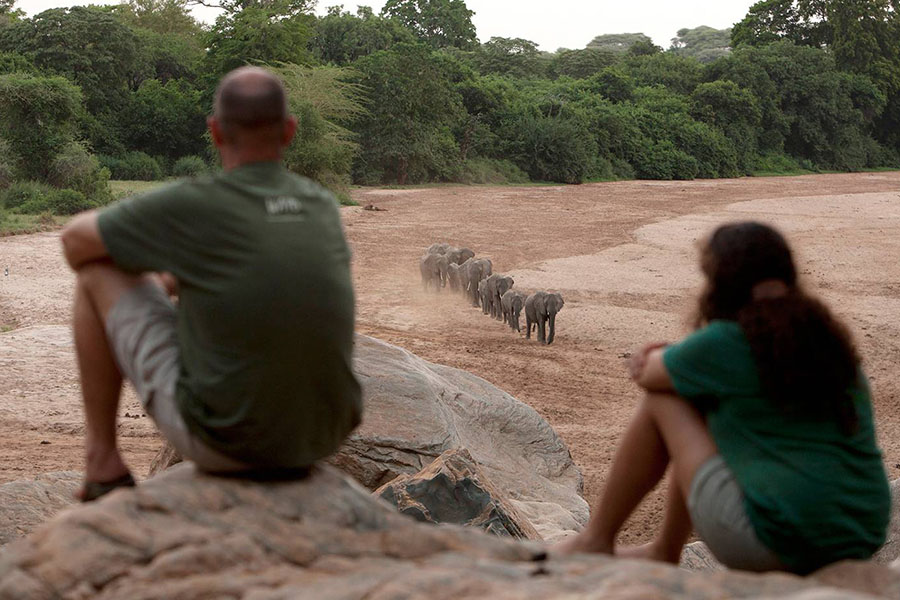
Northern Tanzania For Active Families
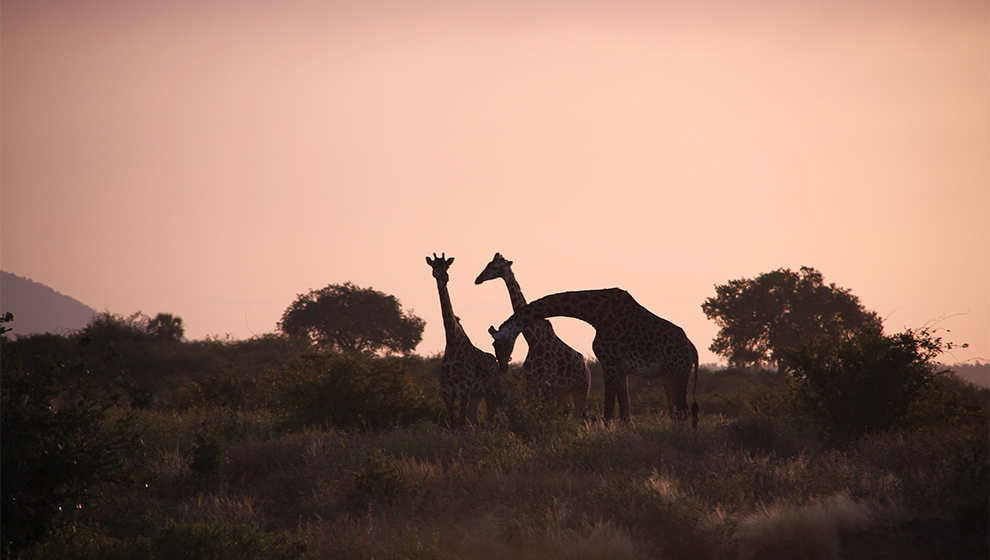
Southern Tanzania’s Dry Season Safari
Our favourite camps & lodges.
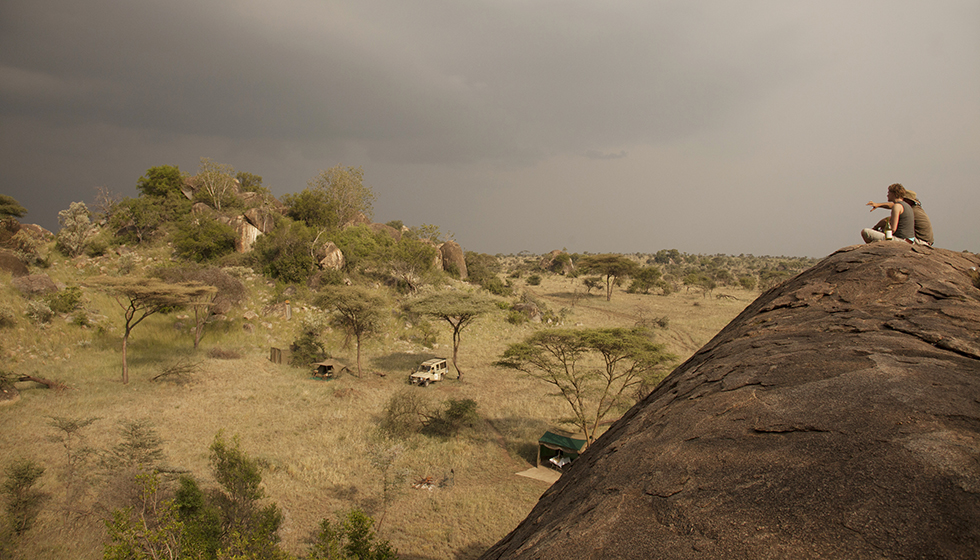
This camp is aimed squarely at folks who are after an outstanding wilderness experience that is both real and affordable.
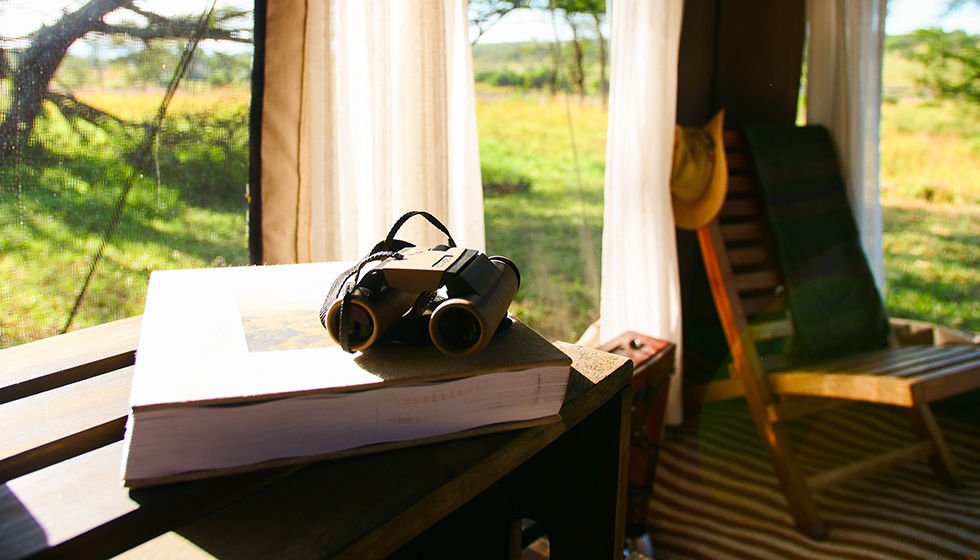
Imagine exploring Northern Tanzania’s parks and wildlife away from the hubbub of mass tourism, having the time to travel at your own pace.
From Our Travel Guides
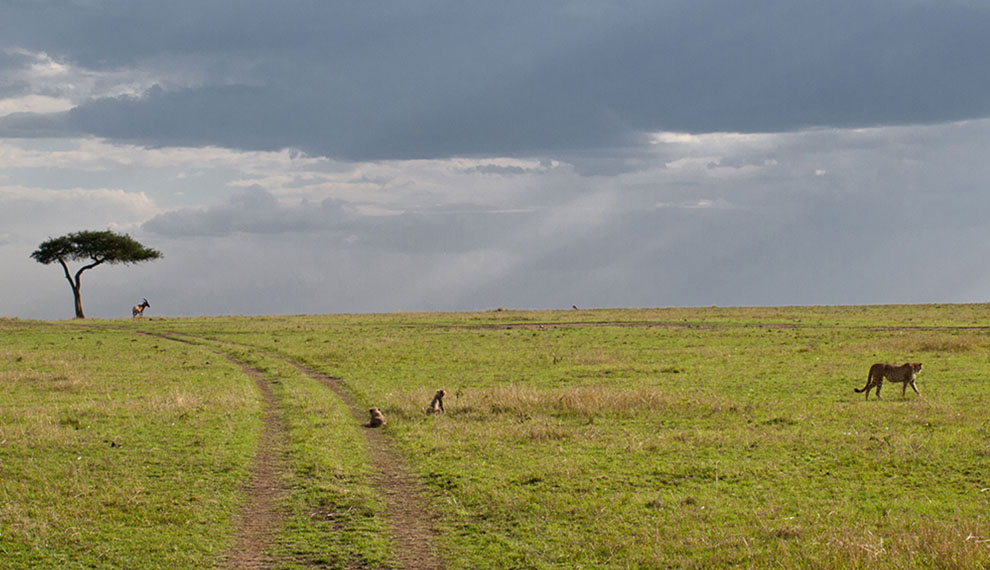
About the Serengeti Plains Formation
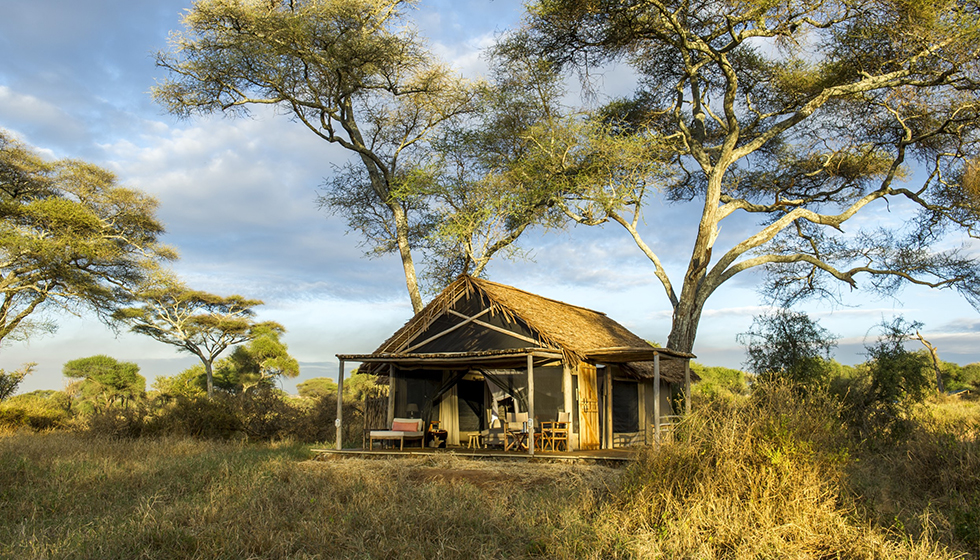
The Best Small Safari Camps in Tanzania
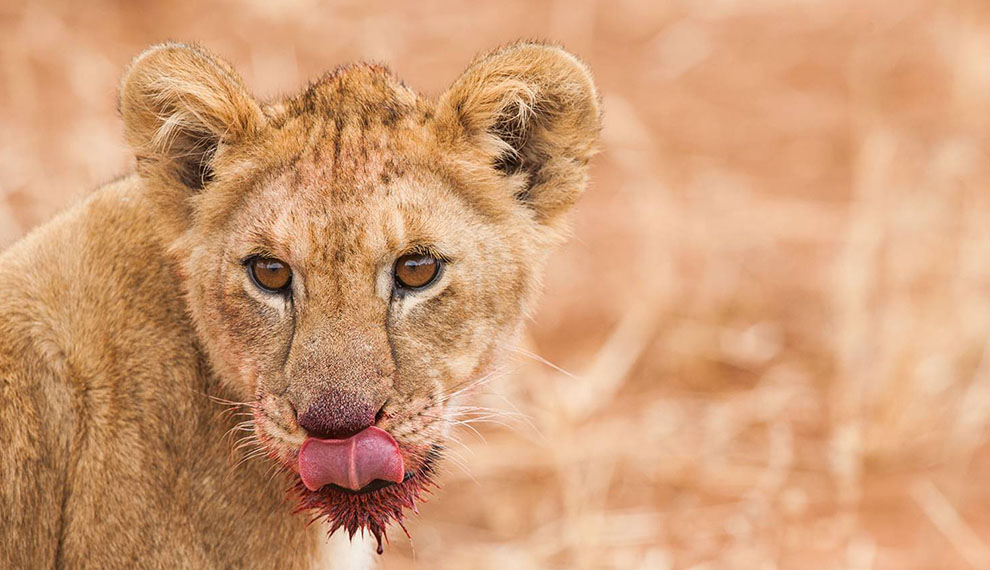
Top 5 Wildlife Safaris
Meet our travel experts.
It takes genuine local knowledge to craft trips that go beyond the ordinary. The Natural High team have unrivalled experience and will take your ideas and turn them into your trip of a lifetime.
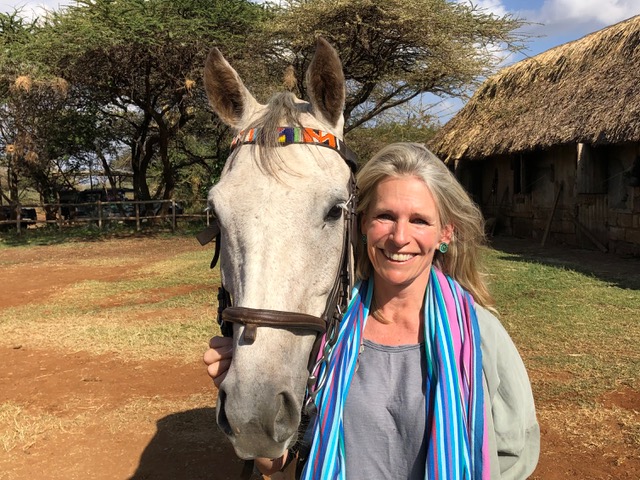
Into The Wild Brochure
Need some more inspiration? Request a copy of Into The Wild, our comprehensive anthology of safaris and wilderness travel.
WHAT PEOPLE SAY
Fantastic Natural High
The service on the ground was provided by Zeph Elias of Wilderness WAYO and it was really excellent…
Alex, Rachel, Ewan & George
Well organized and efficiently executed trip. Would definitely use them again and recommend them to others….
Charles & Jo Mercey
Amboseli trip…fantastic
incredibly helpful whilst planning trip, then everything went smoothly when we were there, great accommodation, transportation, food, guides etc etc. …
Elizabeth Leece
When we weren’t laughing we were moved to tears – thank you!
From my first conversations with Vanessa and Catherine I felt the comfort of knowing I was in good hands and had connected to people with an evident p…
TRUSTED CUSTOMER
The very best travel company organising unique bespoke trips
Outstanding bespoke trip. Every tiny detail was taken care of. We stayed in a variety of lodges and the service was excellent throughout, as were the …
African vacation created with perfection!
We live in Canada and have relied on Vanessa Janion to plan and organize 3 trips to Africa for our family members. Without a doubt she has consisten…
Chris And Viviana
Best holiday ever
The Namibia safari, with Ultimate Namibia Safaris, introduced to me by Natural High Safari was by far one of the best organised holidays I have experi…
Angela Redman
A Dream come true.
Excellent service and trip….
Arranged an exctsafari with their regional partners. All in place perfectly with no exceptions….
Perfectly described and everything went as planned….
Great safari. Great sightings. Hiking. Had it all….
Thank you for organising an excellent trip. Your service was responsive and helpful. Occasional slip-ups in the written detail made me wonder how meti…
Brilliantly planned adventures in Uganda and Madagascar
Rod organised 2 excellent trips to Africa for me this summer – the first in June to Uganda and the second in August to Madagascar. Both trips benefit…
Saritha & Fionn
One of the most memorable Family Holidays – wonderful!
Simply first class on every level. Catherine Ronan was ‘on it’ from the start and built the most fabulous bespoke holiday for the family in Mozambiqu…
Murray & Amanda
Namibia 2023
We had wonderful four weeks in Namibia. Everything was really nice planned and we didn’t need to worry about anything. We made some incredible memor…
Vera & Tobias
Absolutely recommend natural high
Many trips, rod organized, all a azi g…
Don and Bernice
Natural High knows what it’s doing!
Natural High — in particular, Vanessa Janion, was invaluable in the planning of our safari, including the all-important decisions of where and when t…
Tony, Mary and Anna
Thank you Vanessa for planning our dream vacation! Everything suited our style perfectly. The accommodations, food, and activities were just right….
First time on safari
Our trip was planned by Catherine R from Natural High Safari. She was very respectful professional and pleasant to work with…
If you wish a trip of a lifetime then book with Natural High!!
Vanessa and her team at Natural High arranged a trip of a life time for us in Botswana and Mozambique. I cannot recommend more highly. Natural High is…
Terry and Rosemary
Based on 378 reviews
Enquire Now
Please fill in the form below and one of our specialists will be in touch with you, or alternatively contact us on:
- +44 (0) 1747 830950
- [email protected]
Wildlife Safari in Tanzania and Rwanda
Our Africa Specialist Jackson Ray recently safaried in Tanzania’s Serengeti and Tarangire National Parks, then went on a trek in Rwanda to track mountain gorillas in Parc National des Volcans . With an experience like this, it comes as no surprise to hear that Jackson is counting the days until he can return. Here are some photos and reflections from his journey.

Until next time, Africa. I’ll see you soon!
—Text and photos by WT Africa Specialist Jackson Ray, Serengeti Wildlife Safari and Gorilla Tracking in Rwanda’s Parc National des Volcans extension .
Related Posts

Letter of Invitation: Searching for Snow Leopards in India

Visiting the Mountain Gorillas of Uganda

Top Things to Pack for Your Next Snorkeling Trip
Write a comment cancel reply.
Save my name, email, and website in this browser for the next time I comment.
Notify me of new posts by email.
- Go to Wilderness Travel Homepage
- Latin America
- Middle East
- North America
- Polar Regions
- Community & Conservation
- Hiking & Trekking
- Photography
- Small Ship Cruising
- Snorkeling & Kayaking
- Special Events
- Travel Tips & Inspiration
- Traveler Stories
- Wildlife & Natural History
- Weather Guides For Every Country In The World
- Algeria: Two Week Journey
- Cairo Travel Guide
- Burkina Faso
- Central African Republic
- Côte d’Ivoire (Ivory Coast)
- Democratic Republic of the Congo
- Equatorial Guinea
- Guinea-Bissau
- Best Time to Visit
- Entry Rules and Visa requirements
- Salt Cathedral of Zipaquirá
- Dominican Republic
- Antigua and Barbuda
- El Salvador
- Afghanistan
- Bahrain Travel Guide
- The Cook Islands
- Aktau (Kazakhstan) Travel Guide
- Roadtrip in Western Kyrgyzstan
- Journey around Issyk-Kul
- Pakistan travel guide
- Albania Road Trip Guide
- Albania’s Entry Rules
- Yerevan Travel Guide
- Faroe Islands
- Suburbs of Paris
- Batumi Travel Guide
- Tbilisi Raves
- Peloponesse Road Trip Guide
- Modern Milanese architecture
- Budva Travel Guide: Montenegro’s main resort
- Montenegro Road Trip Guide
- Transylvania
- Journeying Through History: The BAM Railway Experience
- Veliky Ustyug Travel Guide: Meet the Ded Moroz
- Belgrade’s Cultural Guide
- Belgrade Off the Beaten Path
- Road Trip Guide
- From Grodno to Brest: a roadtrip
- Bosnia and Herzegovina
- Holy See (Vatican)
- Liechtenstein
Tanzania: A Travel Guide to Africa’s Pristine Wilderness
Tanzania beckons travelers with an unparalleled fusion of raw natural beauty and rich cultural heritage. From the vast, wildlife-rich plains of the Serengeti, where the Great Migration paints a vivid tapestry of life, to the majestic heights of Mount Kilimanjaro, Africa’s rooftop, the landscapes are nothing short of breathtaking. But it’s not just the wild allure that captivates; the sun-kissed beaches of Zanzibar offer tranquil retreats, while the rhythmic drumbeats and dances of the Maasai tribes narrate tales of an ancient land. Every corner of Tanzania tells a story, promising an immersive journey of discovery, wonder, and awe-inspiring moments. Whether it’s the call of the wild, the allure of history, or the embrace of vibrant cultures, Tanzania truly offers an unforgettable escape into the heart of Africa.
Table of Contents
Why Choose Tanzania?
Unmatched safari experiences.
Tanzania is home to some of the world’s most renowned national parks and game reserves. The iconic Serengeti comes alive with the thunderous movement of millions of wildebeest and zebra during the Great Migration, an event often termed as ‘The World’s Greatest Wildlife Show’. Couple this with the Ngorongoro Crater, a unique conservation area that shelters an incredible density of wildlife within its walls, and you’ve got a wildlife enthusiast’s dream.
Majestic Peaks and Landscapes
The towering Mount Kilimanjaro isn’t just Africa’s highest peak but is also one of the most accessible high summits for trekkers from around the globe. It’s not just the mountain that mesmerizes; the country’s diverse terrain ranges from the deep alkaline lakes of the Great Rift Valley to the verdant plateaus of the Southern Highlands.
Zanzibar’s Tropical Paradise
A short hop away from the mainland, the Zanzibar Archipelago offers idyllic sandy beaches and crystal-clear waters. Stone Town, a World Heritage site, tells tales of its Swahili past, Arab influence, and colonial history, while the spice farms provide a fragrant journey of discovery.
Rich Cultural Tapestry
Tanzania’s soul lies in its diverse tribes and cultures. From the iconic Maasai warriors who roam the plains to the artistic Makonde carvers and the Hadzabe bushmen who still live by ancient hunting and gathering traditions, there’s a deep sense of cultural pride that’s waiting to be explored and appreciated.
Conservation and Responsible Tourism
Tanzania has made significant strides in conservation, ensuring that its natural treasures and wildlife are preserved for future generations. Many lodges and tours operate under eco-friendly principles, ensuring that your visit makes a positive impact.
Tanzania offers more than just destinations; it promises experiences that resonate deeply with the soul, stirring a sense of wonder and connection with the natural world and its rich tapestry of cultures. Every journey in this East African gem leaves travelers with memories that last a lifetime.
Tanzania’s Iconic Safaris
Serengeti’s great migration.
The Serengeti is synonymous with the epic spectacle of the Great Migration. Witnessing millions of wildebeest, zebra, and gazelles traverse the vast plains in their cyclic movement is a life-altering experience. This natural phenomenon is driven by the search for fresh pasture, and with it comes the dramatic river crossings, lion chases, and the incredible dance of life and death.
Ngorongoro Crater’s Natural Sanctuary
Often referred to as the ‘Garden of Eden’, the Ngorongoro Crater is a vast caldera brimming with wildlife. The enclosed nature of the crater has created a unique conservation area where almost every species of East African wildlife, including the rare black rhino, resides. This natural amphitheater offers unparalleled game viewing with the scenic backdrop of the crater walls.
Tarangire’s Elephant Haven
While it might be lesser-known than its famous counterparts, Tarangire National Park is a gem, especially for elephant lovers. The park is dotted with ancient baobab trees and is home to substantial elephant herds, often seen meandering near the Tarangire River, the park’s lifeblood.
Selous Game Reserve’s Wilderness
One of Africa’s largest protected areas, the Selous Game Reserve is a UNESCO World Heritage site, offering a more off-the-beaten-track safari experience. With vast woodlands, grassy plains, and meandering rivers, it’s home to large populations of elephants, wild dogs, and a myriad of bird species. Boat safaris on the Rufiji River offer a unique perspective on wildlife viewing.
Ruaha’s Remote Beauty
Ruaha National Park stands as Tanzania’s largest park and is a testament to untouched wilderness. Its remote location ensures fewer visitors, allowing for a more intimate safari experience. Ruaha is a paradise for predators, with significant populations of lions, cheetahs, and elusive leopards.
Tanzania’s safaris provide not just a visual feast but a deep connection to the rhythms of the wild. Every game drive, every sunrise over the savannah, and every lion’s roar under the canopy of stars reinforces why Tanzania remains a dream destination for safari enthusiasts worldwide.
The Majestic Mount Kilimanjaro
Roof of africa.
Standing tall at 5,895 meters (19,341 ft), Mount Kilimanjaro is not only the highest mountain in Africa but also the tallest free-standing mountain in the world. Its snow-capped peak juxtaposed against the equatorial skies has drawn adventurers and dreamers for decades, making it a symbol of challenge and triumph.
Varied Climatic Zones
A trek up Kilimanjaro is a journey through a diverse range of ecosystems. Starting from the lush rainforests teeming with colobus monkeys and vibrant birdlife, trekkers transition into heath, moorland, alpine desert, and ultimately, the icy Arctic conditions at its peak. Each zone offers its own set of challenges and breathtaking vistas.
Popular Trekking Routes
Several routes lead to Uhuru Peak, Kilimanjaro’s highest point. The Marangu route, often termed the ‘Coca-Cola route’, is the most popular and is dotted with hut accommodations. The Machame route, known as the ‘Whiskey route’, is more challenging but rewards trekkers with scenic beauty. Lemosho and Rongai are other notable routes, each offering unique landscapes and experiences.
Spiritual Significance
For the Chagga people, native to the region, Mount Kilimanjaro holds deep spiritual significance. They believe the mountain is home to their god and the spirits of their ancestors. Many local guides and porters, belonging to the Chagga tribe, share intriguing legends and folklore tied to the mountain.
Preparing for the Summit
Climbing Kilimanjaro is as much a mental challenge as it is physical. Proper acclimatization, adequate hydration, and a slow pace are vital for a successful summit attempt. While no technical climbing skills are required, physical fitness and preparation can make the difference between reaching the top and turning back.
Mount Kilimanjaro is more than just a mountain; it’s a testament to the enduring spirit of adventure, resilience, and human endeavor. The sense of accomplishment upon reaching Uhuru Peak, with the vast African plains stretching below, is an indescribable feeling, making the journey up this iconic mountain a once-in-a-lifetime experience.
Discovering Zanzibar’s White Sands
Zanzibar’s pristine beaches.
Known as the ‘Spice Island’, Zanzibar’s coastline is blessed with a stretch of palm-fringed white sandy beaches that are washed by the azure waters of the Indian Ocean. From the secluded beaches of Paje and Nungwi to the vibrant ones like Kendwa, each offers a unique slice of paradise for sunbathers, swimmers, and marine life enthusiasts.
The Coral Wonderland
Zanzibar’s underwater realm is a vibrant spectacle of colorful coral reefs teeming with diverse marine life. Mnemba Atoll and Tumbatu Island are renowned diving spots, offering crystal-clear waters filled with schools of tropical fish, moray eels, and the occasional sightings of dolphins and whale sharks.
Water Sports and Adventures
For thrill-seekers, Zanzibar is a haven for water sports. From kite surfing amidst the steady monsoon winds to paddleboarding in the calm turquoise waters, there’s no end to the aquatic adventures. Traditional dhow sailing trips during sunset encapsulate the island’s timeless beauty and charm.
Stone Town’s Heritage
While the beaches are alluring, the heart of Zanzibar lies in Stone Town, a UNESCO World Heritage Site. This historic town, with its narrow alleys, intricately carved wooden doors, and bustling bazaars, stands as a testament to Zanzibar’s multicultural history, influenced by African, Arab, Indian, and European civilizations. The House of Wonders, the old fort, and the former slave market are poignant reminders of its rich yet tumultuous past.
Sustainable Tourism Initiatives
Recognizing the need to preserve its natural and cultural treasures, Zanzibar has embraced sustainable tourism. Several eco-resorts, like Chumbe Island Coral Park, prioritize conservation and community engagement. Local initiatives also offer visitors a chance to participate in marine conservation efforts, such as turtle hatchery programs.
Zanzibar’s allure lies not just in its scenic beauty but in its soul. Whether you’re wandering through the historic lanes of Stone Town, diving into its vibrant marine world, or simply relaxing on its sun-kissed beaches, Zanzibar offers an immersive experience that captures the essence of coastal East Africa.
Tanzanian Culture and Tribes
The maasai warriors.
Perhaps the most iconic and globally recognized tribe of Tanzania, the Maasai are semi-nomadic people known for their distinct customs, vibrant red shukas (cloths), intricate beadwork, and the age-old practice of jumping dance. Living in harmony with nature, they have managed to preserve their way of life amidst modern influences, often serving as custodians of the lands near national parks.
The Chagga of Kilimanjaro
Natives to the slopes of Mount Kilimanjaro, the Chagga tribe boasts a rich history of agriculture, mainly coffee and banana farming. They have a distinct set of traditions, folklore, and songs, all centered around the majestic mountain, which they consider sacred. Their traditional homesteads, with unique thatched huts, offer insights into their age-old customs.
The Hadzabe Hunter-Gatherers
One of the last remaining hunter-gatherer tribes in Africa, the Hadzabe lead a nomadic lifestyle in the region around Lake Eyasi. Their daily life involves hunting with bows and arrows and foraging for roots, honey, and fruits. A unique click language and a deep connection to nature make them a fascinating tribe to learn about.
The Sukuma and their Dance
As the largest ethnic group in Tanzania, the Sukuma people reside in the northwestern part of the country. They are primarily farmers and are known for their traditional ngoma drum and dance celebrations, which are vital components of their social and cultural life.
The Swahili Coast Influence
The Swahili culture, predominant along Tanzania’s coastline and Zanzibar, is a fusion of African, Arab, Persian, and Indian influences. This amalgamation is evident in the architecture of Stone Town, the Swahili language, and the coastal cuisine, especially the use of spices. Swahili art, poetry, and festivals like the Zanzibar Film Festival celebrate this rich heritage.
Tanzania’s cultural landscape is as diverse as its natural one. Each tribe and community adds a unique thread to the nation’s rich tapestry, offering travelers a chance to delve deep into authentic experiences, stories, and traditions. From the rhythmic dances of the Sukuma to the ancient hunting techniques of the Hadzabe, Tanzania’s cultural heart beats strong, resonating with the spirit of its ancestors and the promise of its future.
Delicacies and Tanzanian Cuisine
Nyama choma: grilled perfection.
Nyama Choma, which translates to “roasted meat,” is a beloved Tanzanian dish. Often, goat or chicken is seasoned with local spices and slow-grilled over an open flame. This delicacy is usually accompanied by a side of vegetables or ugali, a type of maize porridge, and is best enjoyed with a cold drink in local taverns and gatherings.
Ugali: Staple Delight
Ugali, a dense maize porridge, is a staple in Tanzania and serves as the primary side dish for most meals. Its neutral taste complements rich stews and grilled meats. The skill of cooking the perfect Ugali, which should neither be too hard nor too soft, is often a point of pride among Tanzanians.
Zanzibari Pizzas and Seafood
Influenced by various cultures, Zanzibar offers a plethora of unique dishes. Zanzibari pizzas, which are more like stuffed pancakes, come filled with meats, vegetables, and even Nutella! Additionally, the island’s abundant marine life ensures a rich variety of seafood dishes, with octopus curry and grilled lobster being notable favorites.
Chapati and Mandazi: Snack Staples
Chapati, a flaky flatbread, and Mandazi, a Swahili doughnut, are popular snacks. While chapatis are often served with stews and vegetables, mandazis are sweet treats enjoyed with tea or coffee.
Tanzanian Beverages
Locally brewed drinks hold a special place in Tanzanian cuisine. From the fermented banana beer, known as mbege, to the sweet hibiscus tea called zobo, these beverages offer a unique taste of the region. Moreover, Tanzania’s coffee plantations produce some of the world’s finest beans, making the local coffee a must-try.
Tanzania’s culinary landscape reflects its cultural diversity and rich history. The Indian, Arab, and local African influences meld seamlessly, resulting in flavors that are both distinctive and delightful. Whether you’re savoring the spices of Zanzibar, relishing the hearty stews of the mainland, or sipping on freshly brewed coffee amidst the highlands, Tanzanian cuisine promises a gastronomic journey that tantalizes the taste buds and warms the soul.
Tips for Traveling in Tanzania
Visa requirements.
For most international travelers, a visa is required to enter Tanzania. Tourist visas can be obtained at any Tanzanian embassy or consulate before traveling. However, several nationalities can also get a visa on arrival at major airports or border points, although it’s always best to check the latest visa regulations based on your nationality. If you plan to visit Zanzibar, remember that it is part of Tanzania, so no additional visa is required. Still, you’ll undergo an immigration check upon arrival.
Accommodation Options
Tanzania offers a wide range of accommodation options catering to all budgets:
- Lodges and Safari Camps: Ranging from ultra-luxurious to budget-friendly, these are commonly used by travelers exploring Tanzania’s national parks and game reserves. They often offer all-inclusive packages, covering meals, game drives, and other activities.
- Hotels and Guesthouses: In cities like Dar es Salaam and Arusha, you’ll find international hotel chains, boutique hotels, and budget guesthouses. Advance booking is recommended, especially during peak tourist seasons.
- Beach Resorts: The coast and Zanzibar Archipelago have numerous beach resorts and bungalows, from world-class establishments to quaint, family-run spots.
Currency and Payments
The official currency is the Tanzanian Shilling (TZS). While major hotels and lodges accept credit cards, many places, especially in rural areas, operate on a cash-only basis.
- ATMs: Available in most urban areas, but it’s advisable to withdraw enough cash when in cities or larger towns.
- Currency Exchange: While international currencies like USD, Euro, and GBP are accepted in many tourist establishments, it’s beneficial to have Tanzanian Shillings for local transactions, especially in markets and local eateries.
- Tipping: While not mandatory, tipping is appreciated for good service, especially on safaris, in restaurants, and for hotel staff. Safari guides, in particular, rely on tips, so it’s customary to tip them according to the service quality.
Tanzanian Shilling current exchange rates
- 100.000 TZS = $38.73 or $1 = 2,582.00 Tanzanian Shilling
- 100.000 TZS = €36.34 or €1 = 2,751.86 Tanzanian Shilling
Other currencies:
- 100.000 TZS = 31.07 British Pounds
- 100.000 TZS = 59.68 Australian Dollar
- 100.000 TZS = 53.25 Canadian Dollar
- 100.000 TZS = 420.20 Swedish Krona
- 100.000 TZS = 155.78 Polish Zloty
- 100.000 TZS = 920.44 Czech Koruna
- 100.000 TZS = 53,562.68 South Korean Won
- 100.000 TZS = 280.35 Chinese Yuan
- 100.000 TZS = 5,957.87 Japanese Yen
Bargaining and Shopping
In local markets and street stalls, bargaining is a common practice. Starting at about half the asking price and negotiating from there is standard. Remember to do it politely and with a smile; it’s a cultural experience in itself.
Safety and Health Precautions
While Tanzania is generally safe for tourists, it’s advisable to take standard precautions, especially in urban areas:
- Avoid displaying expensive jewelry or electronics.
- Use reputable tour operators and be wary of touts.
- Drink bottled or boiled water and avoid ice in drinks.
- Malaria is prevalent, so take prophylactics, use mosquito repellents, and sleep under mosquito nets.
Useful Websites
- Tanzania Tourism Board – The official website offering comprehensive information on destinations, activities, and events in Tanzania.
- Jambo Tanzania – A helpful guide covering accommodation, national parks, and cultural experiences.
- Tanzania Parks – The official portal for Tanzania’s national parks, providing details on park fees, accommodations, and regulations.
- Zanzibar Commission for Tourism – All you need to know about Zanzibar’s attractions, accommodations, and festivals.
- Lonely Planet: Tanzania – Comprehensive travel guide from a renowned travel publisher, covering attractions, itineraries, and traveler reviews.
- TripAdvisor: Tanzania Forum – A platform for travelers to share experiences, ask questions, and get advice from fellow tourists.
- Tanzania Travel Health Guide – Centers for Disease Control and Prevention’s recommendations for health precautions and vaccinations for Tanzania.
- Tanzania Visa Information – Official immigration site detailing visa requirements, fees, and application procedures.
- Bradt Travel Guides: Tanzania – Detailed travel information and tips from a well-regarded travel guide publisher.
- SafariBookings – A platform for comparing and booking safaris in Tanzania, with user reviews and ratings.
Tanzania, with its sprawling savannahs, towering mountains, and sun-kissed beaches, is the embodiment of the African dream. It’s a land where nature’s rhythms create a mesmerizing dance of life, from the iconic wildebeest migration in the Serengeti to the serene waves lapping at the shores of Zanzibar. But beyond its natural beauty, Tanzania’s soul is deeply intertwined with its diverse tribes and cultures, each adding a unique note to the country’s vibrant melody. Whether you’re summiting the mighty Kilimanjaro, diving into the rich tapestry of Swahili culture in Stone Town, or simply savoring the delectable Tanzanian cuisine, you’re not just experiencing a destination; you’re immersing yourself in a story that spans millennia. A trip to Tanzania is more than just a journey; it’s a heartfelt embrace of wild landscapes, enduring traditions, and the indomitable spirit of Africa.
No related posts.

Passing Thru Travel
Serengeti National Park 2024: 10 Ultimate Adventures That Will Ignite Your Wanderlust
Posted: March 15, 2024 | Last updated: March 15, 2024
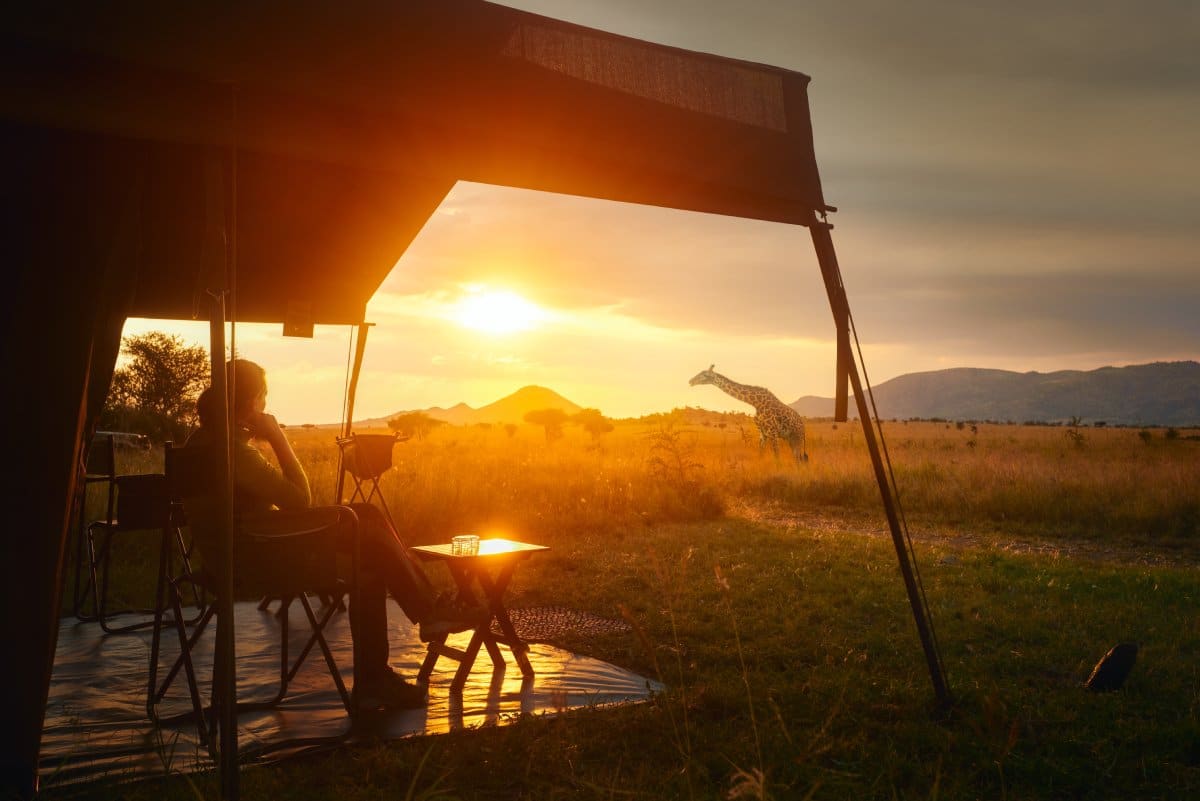
Serengeti National Park, a UNESCO World Heritage site in Tanzania, is a symbol of African wildlife conservation. Known for its vast savannahs, the park is home to the great wildebeest migration and diverse wildlife. This comprehensive guide will lead you through the best experiences Serengeti has to offer, providing insider tips to enhance your journey.
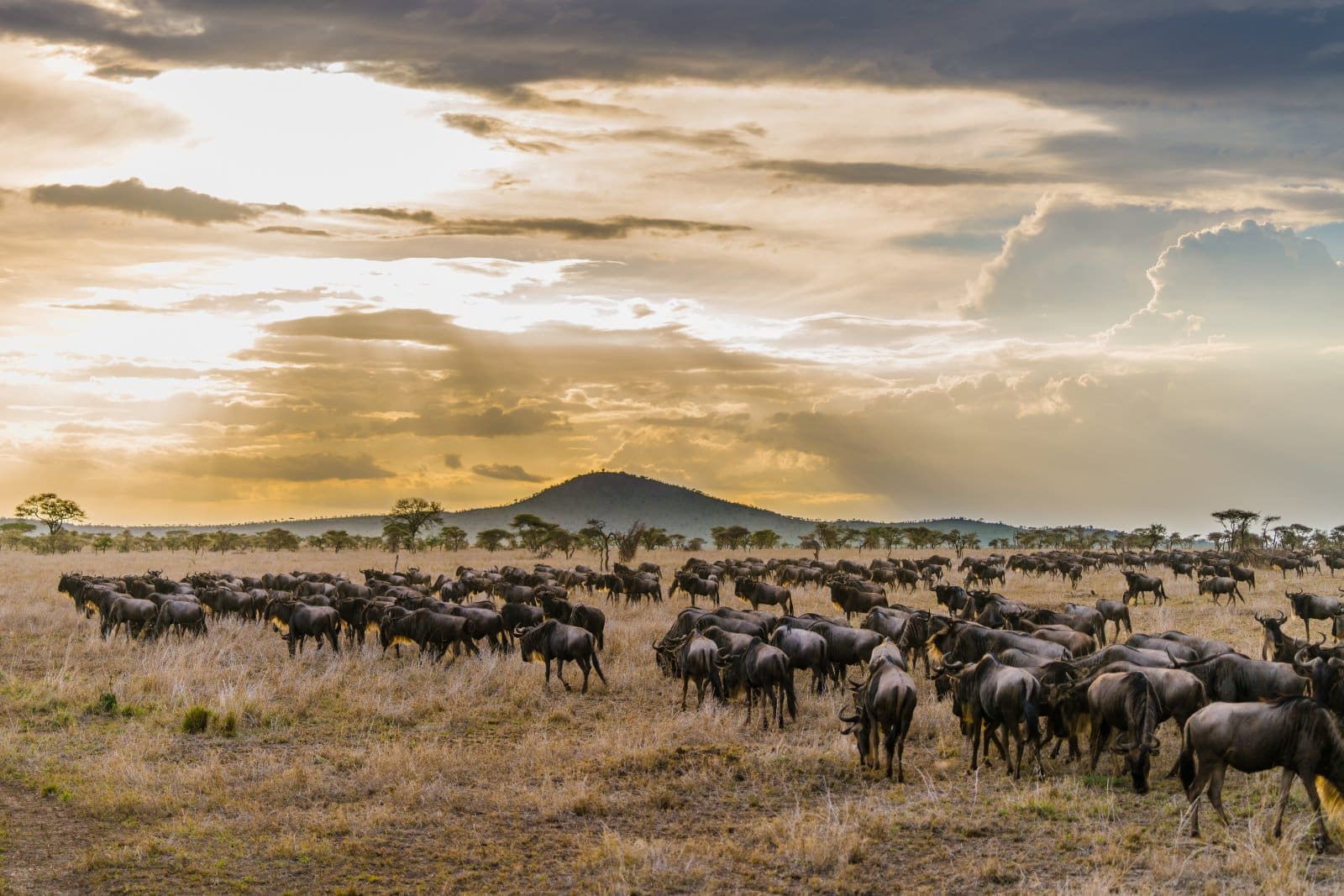
1. The Great Wildebeest Migration
The Great Wildebeest Migration in the Serengeti is an awe-inspiring natural phenomenon, marking one of the most significant wildlife events on the planet. Over a million wildebeest, alongside zebras and gazelles, embark on a relentless journey through the Serengeti ecosystem, driven by ancient instincts to find fresh grazing and water.
This migration is characterized by its sheer scale and the dramatic challenges the migrating herds face, particularly during perilous river crossings where aquatic and terrestrial predators lurk. Witnessing this event provides a profound insight into the unscripted drama of the natural world. As an observer, you are privy to moments of triumph and tragedy, encapsulating the raw essence of survival in the African wilderness.
Insider’s Tip: Opt for a hot-air balloon ride for an unparalleled aerial view of the migration.
When to Travel: The migration is year-round, but river crossings typically occur between July and September.
How to Get There: Fly to Kilimanjaro International Airport, then a domestic flight to Seronera Airstrip in the Serengeti.
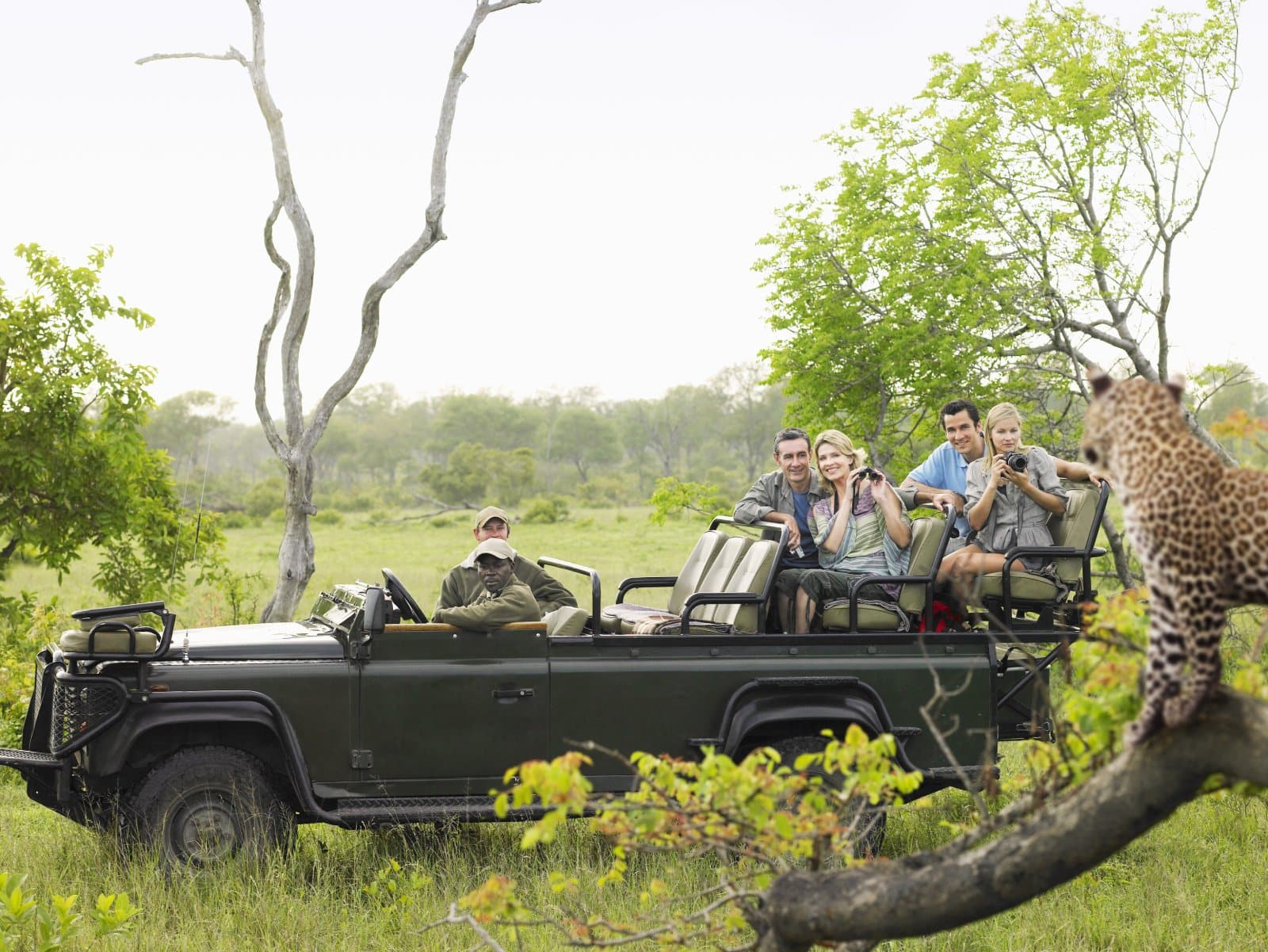
2. Predators of the Serengeti
The Serengeti is a stronghold for Africa’s most iconic predators. This vast landscape is a prime setting for observing lions, leopards, cheetahs, and hyenas in their natural habitat. The region of Seronera, in particular, is celebrated for its exceptional predator sightings. Here, you can observe the dynamics of lion prides, the stealth of leopards, and the strategic hunting techniques of cheetahs.
Witnessing these predators in action, whether during a hunt or nurturing their young, offers an unfiltered glimpse into their complex lives. The experience is about the thrill of the sighting and understanding the role these apex predators play in maintaining the ecological balance of the Serengeti.
Insider’s Tip: Early morning game drives offer the best chance to see predators in action.
When to Travel: The dry season (June to October) is best for visibility year-round.
How to Get There: Access is through the Seronera Airstrip, with game drives organized by local lodges.
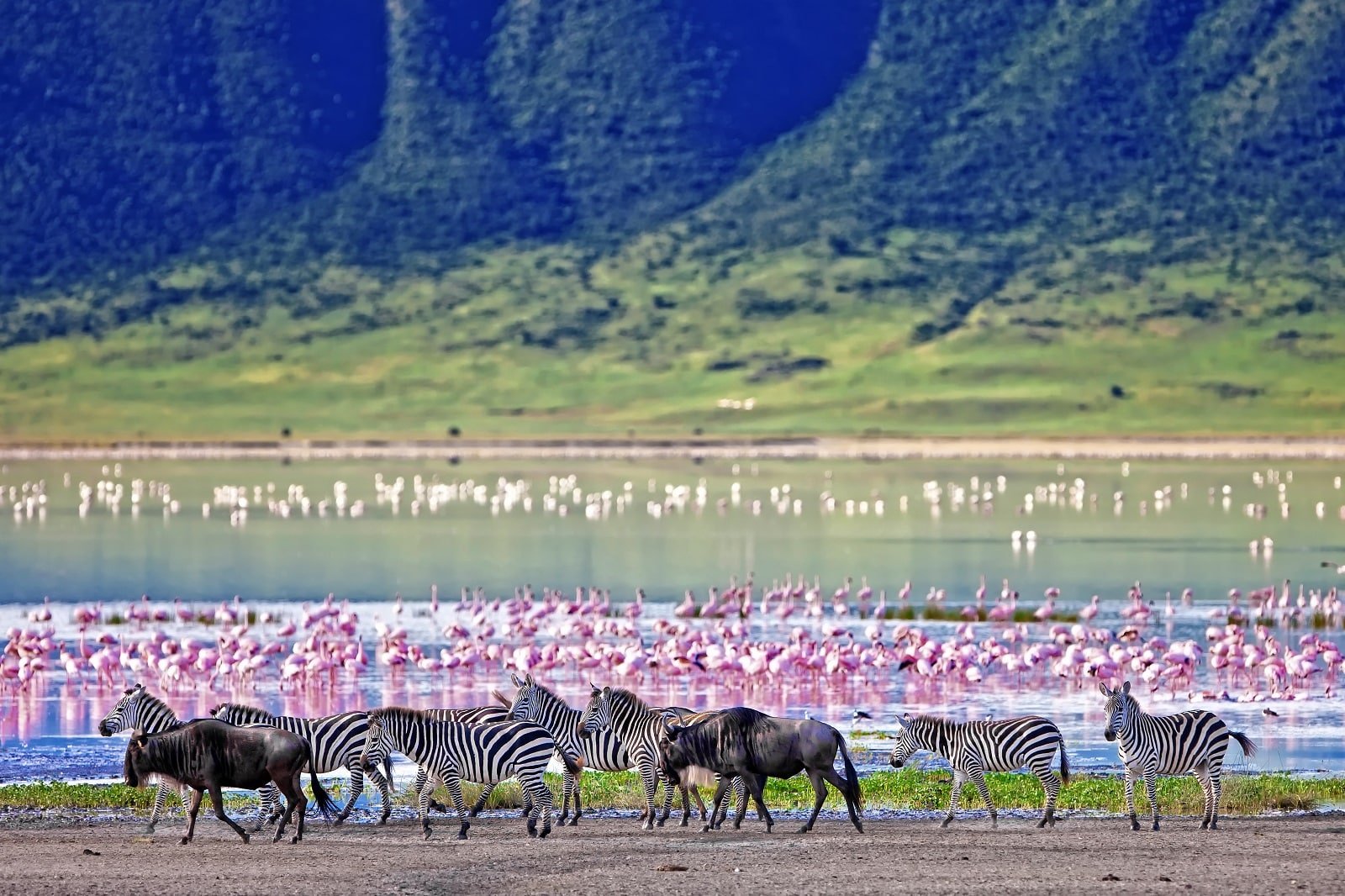
3. Ngorongoro Crater Conservation Area
Adjacent to the Serengeti lies the Ngorongoro Crater, a breathtaking natural wonder. This massive volcanic caldera forms a distinct ecosystem with diverse habitats. It’s home to a dense concentration of wildlife, including the elusive black rhino, herds of wildebeest, zebra, and a healthy population of lions.
The crater floor, with its verdant plains, acacia forests, and soda lakes, offers an unparalleled safari experience. The Ngorongoro Crater is a wildlife retreat and a porthole into the geological history of the Earth, its towering walls providing a backdrop of dramatic landscapes that are both ancient and ever-changing.
Insider’s Tip: Visit in the early morning to avoid crowds and spot nocturnal animals returning from hunting.
When to Travel: Year-round; however, the dry season provides better wildlife viewing.
How to Get There: Drive from Arusha or fly to Lake Manyara Airstrip, followed by a drive to the crater.
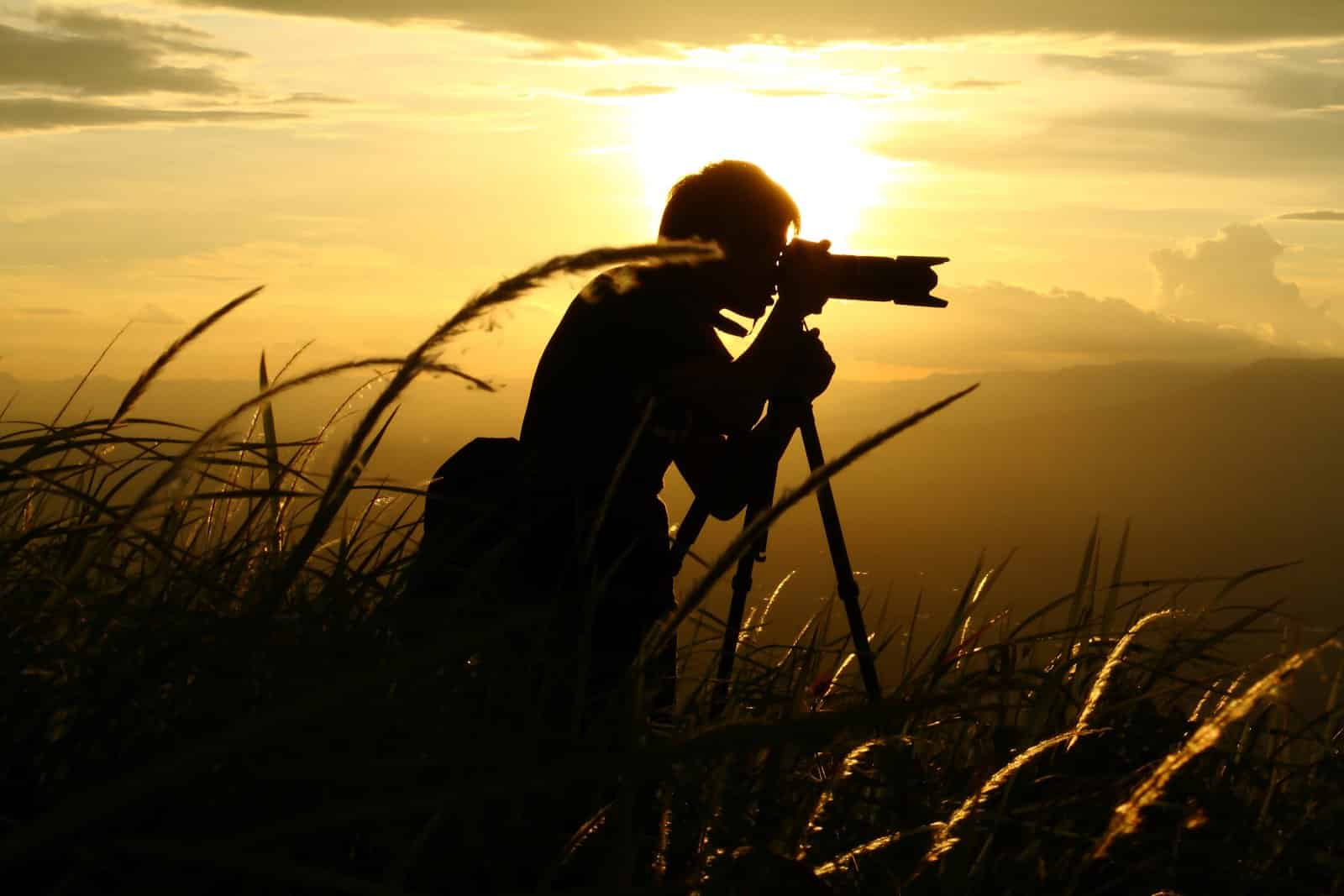
4. Birdwatching in the Serengeti
For bird enthusiasts, the Serengeti offers an avian paradise. The park is a habitat for over 500 bird species, ranging from the commonly seen African fish eagles and vultures to the more elusive species like the Kori bustard and Secretary bird. The varied ecosystems within the park – from savannahs to riverine forests – create ideal conditions for birdwatching.
Each area within the Serengeti offers a different birding experience, whether observing migratory birds around the wetlands or spotting endemic species in the dense foliage. The experience is as educational as it is delightful, providing a deeper understanding of avian life and its crucial role in the ecosystem.
Insider’s Tip: Bring a high-quality zoom lens for bird photography.
When to Travel: November to April, during the migratory season.
How to Get There: Fly to Seronera Airstrip and arrange guided birdwatching tours through your lodge.
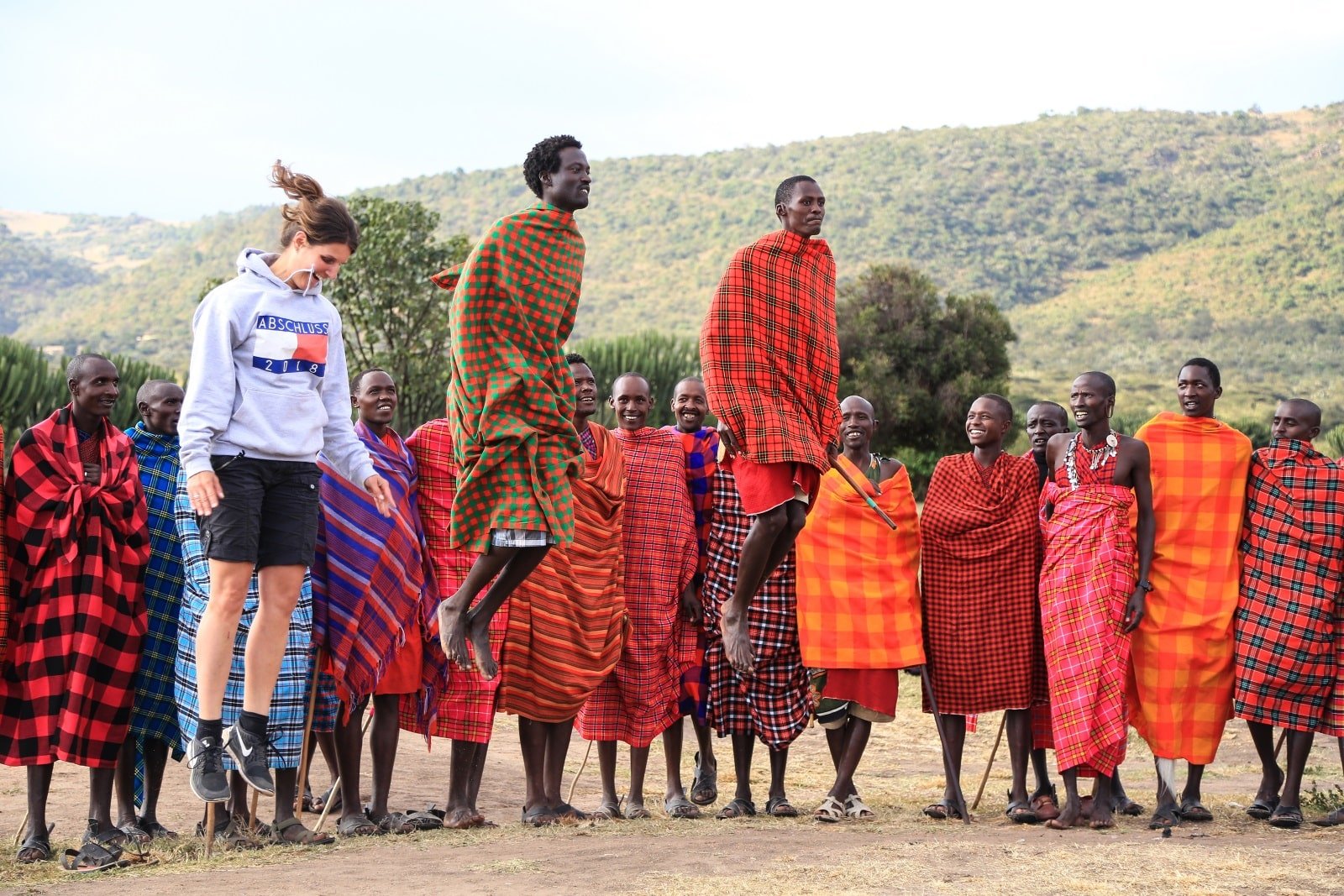
5. Maasai Cultural Experience
The Maasai people, with their rich cultural heritage, have been an integral part of the Serengeti landscape for centuries. Engaging with the Maasai offers a unique cultural immersion. Visits to Maasai villages allow you to witness their traditional way of life, unchanged for generations.
Participating in a Maasai dance, learning about their pastoral lifestyle, and observing their skilled beadwork provide a rare glimpse into a culture deeply connected to the land and its wildlife. This cultural exchange is about observing and understanding and respecting a way of life that has coexisted with Africa’s wildlife in a delicate balance.
Insider’s Tip: Participate in a traditional Maasai dance or craft-making session.
When to Travel: Year-round.
How to Get There: Most cultural tours are organized by lodges within or near the Serengeti.

6. Serengeti Walking Safaris
Walking safaris in the Serengeti offer a profoundly personal connection with the African bush. Escorted by experienced guides, these safaris allow for close encounters with the diverse flora and fauna of the park. The pace is slower, the senses heightened, and the experience more immersive.
Walking in the footsteps of wildlife, tracking animals, and learning about medicinal plants offer a deeper understanding of the intricate connections within the Serengeti ecosystem. This intimate safari experience transcends the usual game drives, offering a unique perspective of the African wilderness.
Insider’s Tip: Wear comfortable, neutral-colored clothing to blend into the environment
When to Travel: The dry season, for safer walking conditions and better wildlife visibility.
How to Get There: Organize through lodges in Serengeti, with most starting points accessible by vehicle from your accommodation.
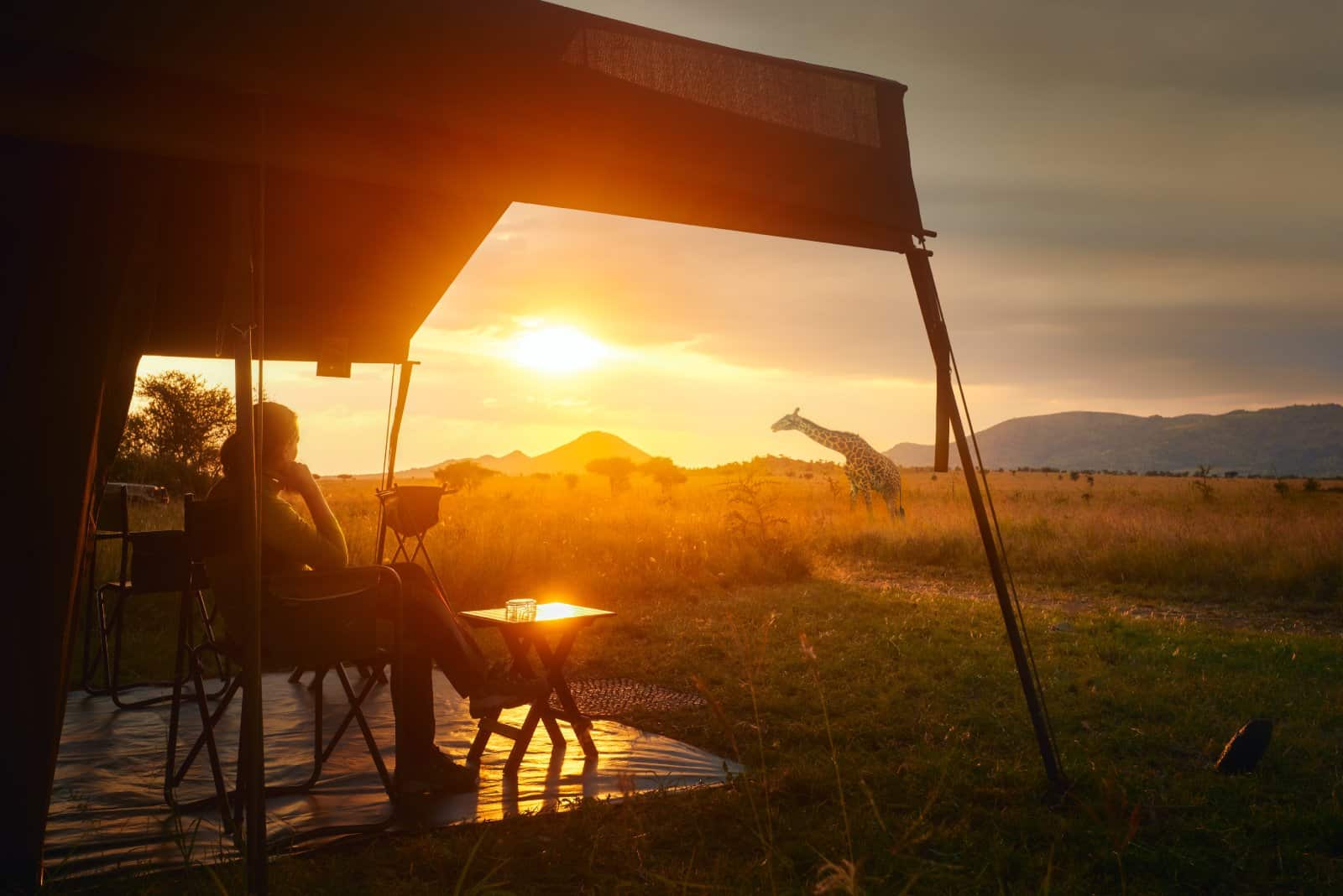
7. Luxury Camping
Luxury camping in the Serengeti combines the allure of the wild with the comforts of modern amenities. These camps are strategically located to offer the best wildlife viewing experiences, including being in the path of the great migration. The accommodation ranges from lavish tents with en-suite bathrooms to exclusive lodges with private decks overlooking the savannah.
The experience extends beyond the accommodation, with night drives and bush dinners under the stars, providing an enchanting way to experience the Serengeti’s nocturnal life and its vast, starlit skies.
Insider’s Tip: Book a camp that moves with the migration for a unique experience.
When to Travel: Depends on the migration pattern if following the herds; otherwise, year-round.
How to Get There: Accessible via game drives organized by the camps, usually from the nearest airstrip.
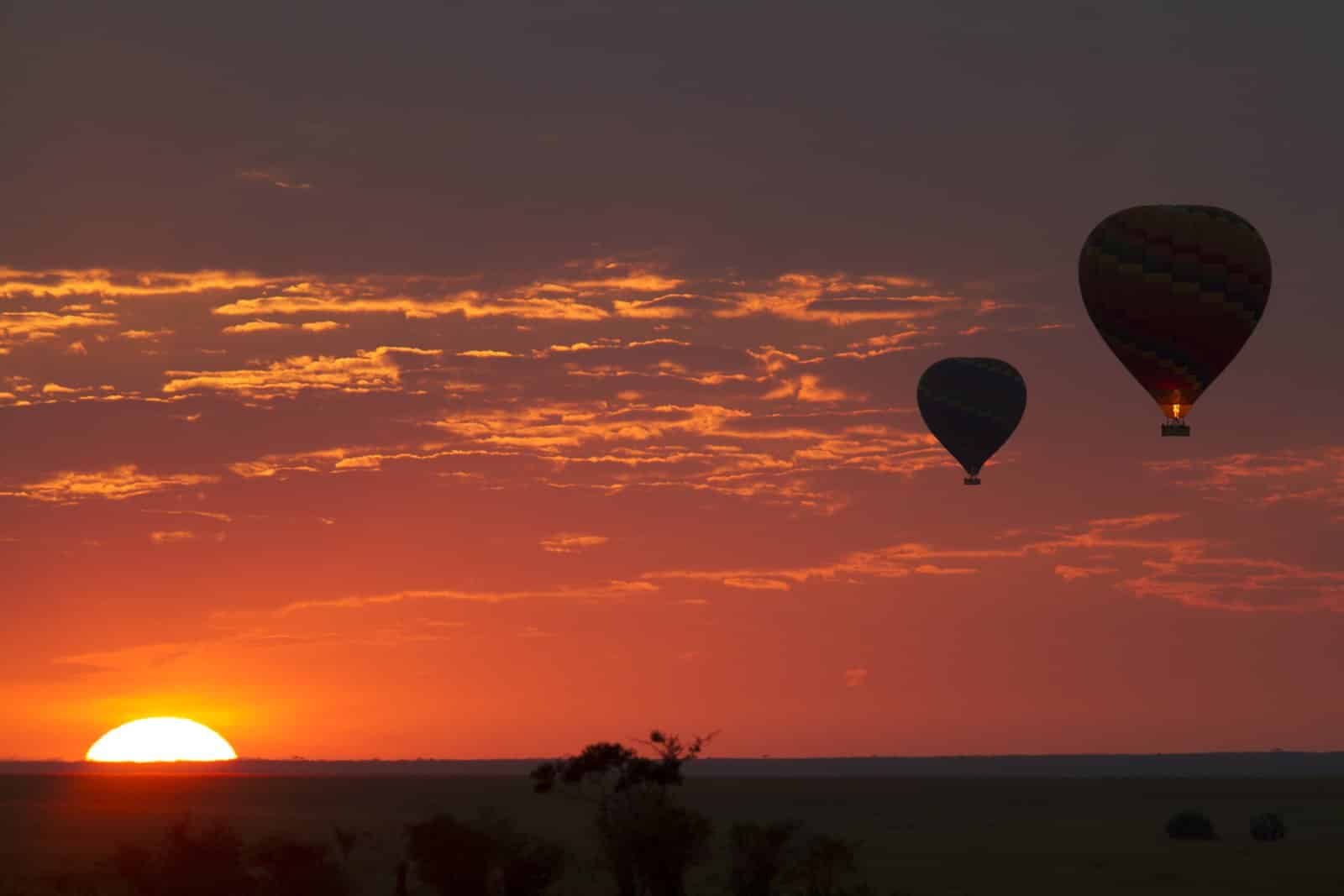
8. Serengeti Balloon Safaris
A hot-air balloon safari in the Serengeti is an experience of a lifetime. Floating silently above the savannah at sunrise, you witness the park from a vantage point like no other. The balloon’s path, dictated by the morning breezes, offers a tranquil and panoramic view of the sprawling Serengeti below.
From this aerial perspective, the scale and beauty of the park are truly appreciated, revealing patterns of movement and life that are invisible from the ground. The flight culminates in a traditional champagne breakfast in the bush, a fitting end to an unforgettable journey.
Insider’s Tip: Book well in advance as these popular safaris have limited capacity.
When to Travel: Year-round, with clearer skies during the dry season.
How to Get There: Most balloon safaris launch near the Seronera region, accessible from nearby lodges.
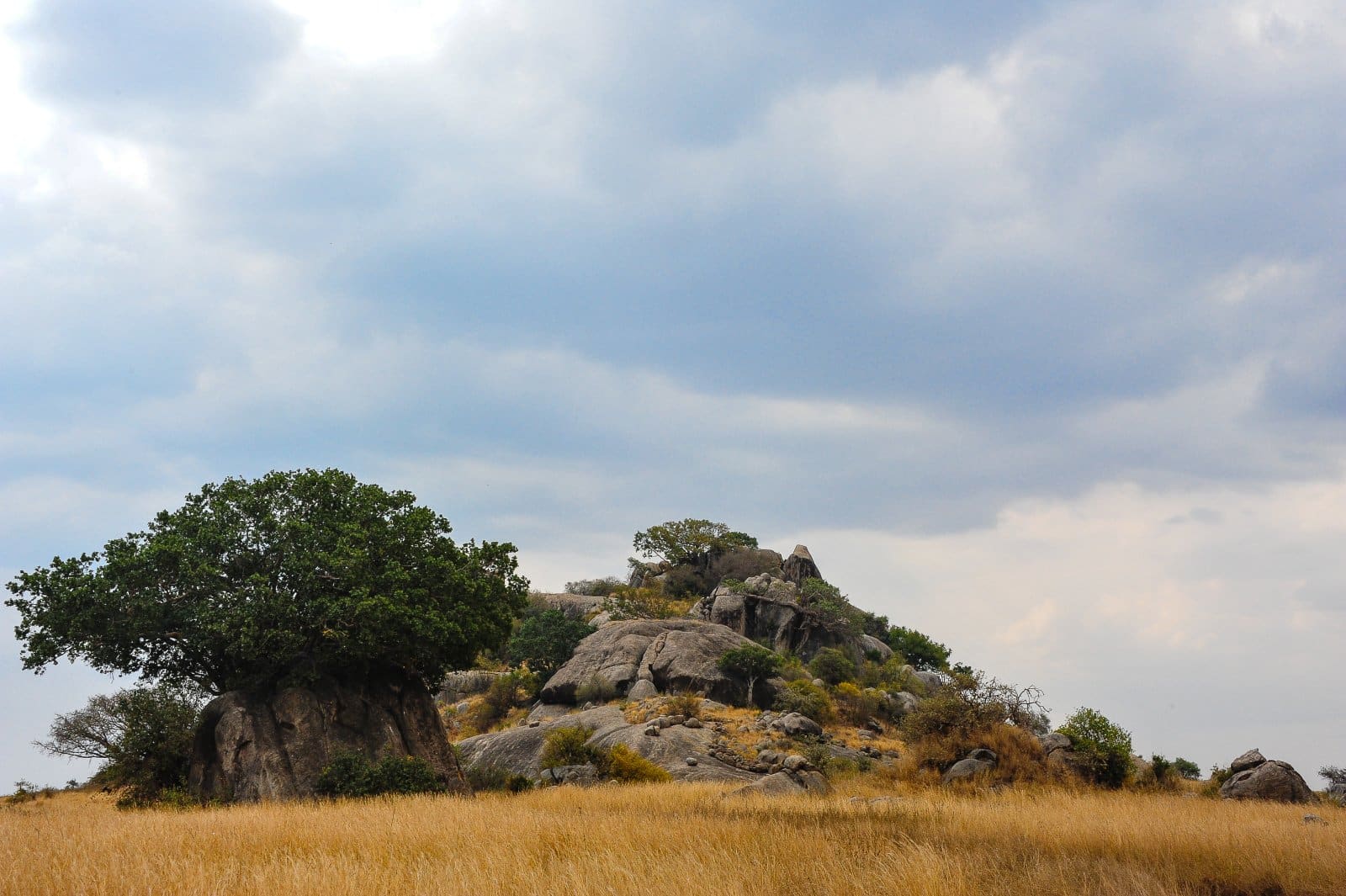
9. Kopjes Exploration
Kopjes, ancient granite rock formations scattered across the Serengeti, are islands of biodiversity. These outcrops provide various wildlife habitats, including reptiles, birds, and mammals. Exploring these kopjes allows you to observe creatures like agile rock hyraxes, colorful agama lizards, and lions basking on the warm rocks.
The kopjes also offer some of the most picturesque landscapes in the park, with sweeping views of the surrounding plains, making them ideal spots for wildlife observation and photography.
Insider’s Tip: Visit during the late afternoon when animals are more active.
When to Travel: Year-round, with better accessibility during the dry season.
How to Get There: Accessible by game drives from any Serengeti lodge or camp.

10. Photography Workshops
Photography workshops in the Serengeti cater to both amateur and professional photographers. Under the guidance of experienced professionals, these workshops focus on capturing the essence of the Serengeti through the lens.
They provide practical tips on wildlife photography, from mastering light and composition to understanding animal behavior for the perfect shot. These workshops enhance your photography skills and deepen your appreciation of the Serengeti’s landscapes and inhabitants.
Insider’s Tip: Ensure you have extra memory cards and batteries.
When to Travel: Year-round, though the dry season offers better light and visibility.
How to Get There: Workshops are typically arranged by lodges or tour companies in the Serengeti.
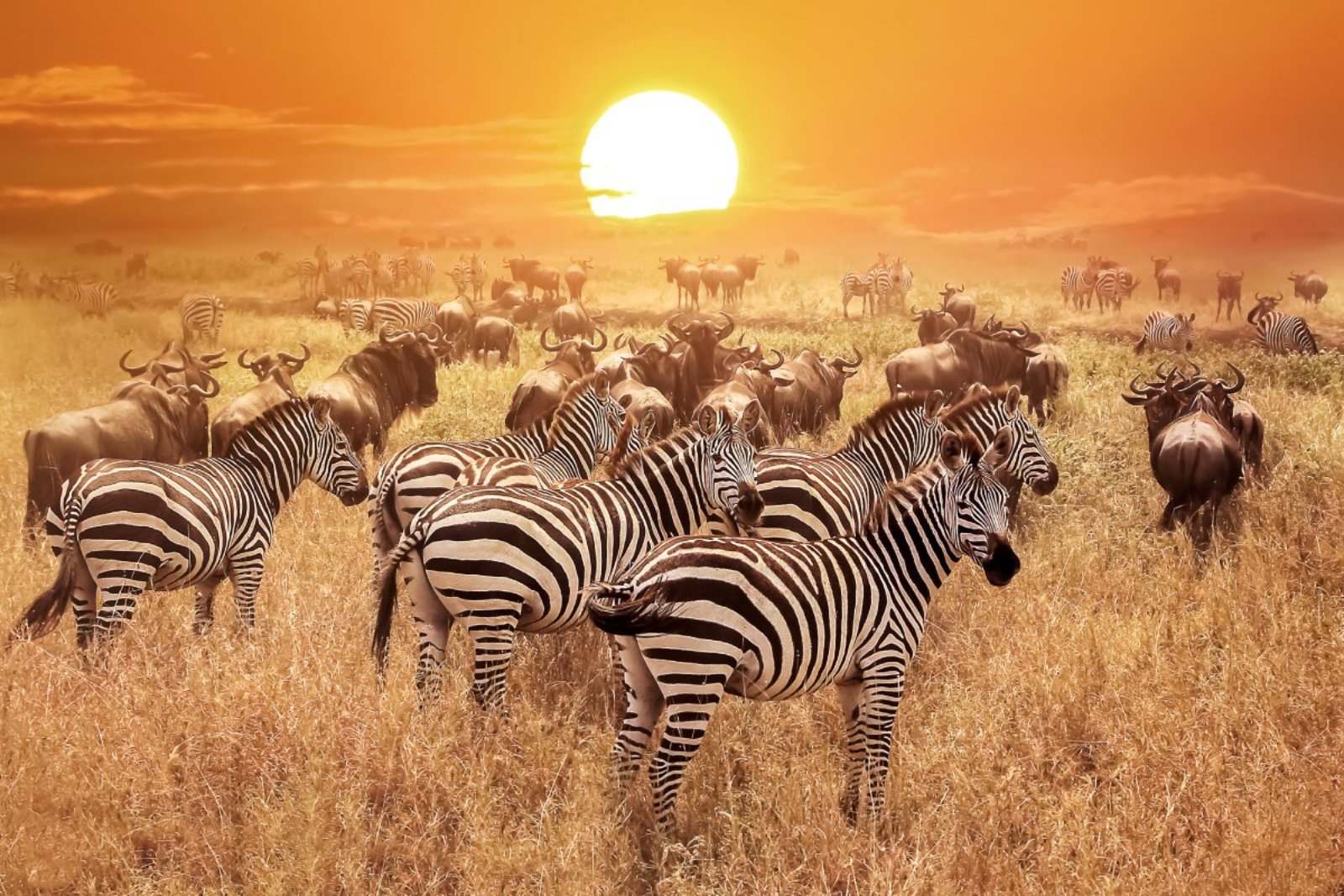
The Bottom Line
As you embark on your journey to the Serengeti National Park, embrace the opportunity to connect with nature and wildlife in one of the world’s most iconic landscapes. Your experiences here, whether witnessing the great migration, capturing the perfect photograph, or learning from the Maasai are spectacular moments in travel and allow you to understand and appreciate the delicate balance of our natural world. Remember, your travels contribute to the conservation of this extraordinary ecosystem.
More Articles Like This…
Barcelona: Discover the Top 10 Beach Clubs
2024 Global City Travel Guide – Your Passport to the World’s Top Destination Cities
Exploring Khao Yai 2024 – A Hidden Gem of Thailand
The post Serengeti National Park 2024: 10 Ultimate Adventures That Will Ignite Your Wanderlust republished on Passing Thru with permission from The Green Voyage .
Featured Image Image Credit: Shutterstock / soft_light.
For transparency, this content was partly developed with AI assistance and carefully curated by an experienced editor to be informative and ensure accuracy.
More for You
Bread Recalled After Threat-to-Life Warning Issued
Famous figures who had Titanic tickets but didn't make it on board
Helicopters race to rescue over 170 people trapped in cable car
People Who Don’t Show Empathy Usually Have These 18 Traits
I did 30 lateral raises every day for 2 weeks — here's the results
Founder of Toms shoes went on a men’s retreat with other entrepreneurs to combat his loneliness and depression: ‘I lost a lot of my clear meaning and purpose’
Donald Trump Makes Bold Claim About Iranian Attack on Israel
I tutor the children of some of Dubai's richest people. One of them paid me $3,000 to do his homework.
78 Riddles for Adults That Will Test Your Smarts
The 43 Best Shows to Stream on Netflix Right Now
19 Common Behaviors of Highly Intelligent People
The dog breeds that are plummeting in popularity, according to data
Tiger Woods Finishes Last At 2024 Masters Following Highest Total Score Of Pro Career
I'm the former VP of HR at Microsoft. I've witnessed many bad managers in my career — and they almost all had these 4 traits.
The 26 Most Dangerous Cities in the U.S. Ranked
Sen. Fetterman breaks with President Biden on US response to Iran attacks: 'We should have Israel's back'
I Lost White Friends When I Finally Spoke Out
Firefly: Why Did The Alliance Want River Tam?
6 Of The Smartest Dog Breeds You Should Know About
Study finds the time of day you move your body makes a difference to your health
- Skip to main content
- Keyboard shortcuts for audio player
Journalist says a 'land grab' in Tanzania is forcing the Maasai off their land
Dave Davies
Atlantic journalist Stephanie McCrummen says foreign interests are acquiring territory in Northern Tanzania, effectively displacing indigenous cattle-herders from their traditional grazing lands.
DAVE DAVIES, HOST:
This is FRESH AIR. I'm Dave Davies. In a world of global warming and habitat destruction, programs to protect wilderness and travel to visit remaining natural lands and species are appealing. But our guest, journalist Stephanie McCrummen, writes that in many parts of the world, Indigenous people are being evicted from their lands to make way for ecotourism, carbon offset schemes and other activities that fall under the banner of conservation. In a new article in The Atlantic, she focuses on the Maasai, pastoral tribespeople who for centuries have herded cattle and goats in northern Tanzania. She writes that the Maasai are increasingly being forced off traditional grazing lands to make way for foreign investors, including the royal family of Dubai, who wanted an exclusive game reserve for hunting expeditions. The Maasai's displacement, she writes, has been accomplished in part through harsh government measures, including arrests, confiscation of livestock and lethal violence.
Stephanie McCrummen is a staff writer at The Atlantic. She previously worked at The Washington Post, where she covered national politics and served as the paper's East Africa bureau chief. Among her journalistic honors are the 2018 Pulitzer Prize for Investigative Reporting, for coverage of Roy Moore's 2017 Alabama Senate campaign, and two George Polk Awards. Her new article in The Atlantic is "'This Will Finish Us': How Gulf Princes, The Safari Industry And Conservation Groups Are Displacing The Maasai From The Last Of Their Serengeti Homeland." Well, Stephanie McCrummen, welcome to FRESH AIR.
STEPHANIE MCCRUMMEN: Thanks for having me.
DAVIES: Let's begin with the Maasai - tell us about them, their way of life, you know, traditionally.
MCCRUMMEN: Well, the Maasai are pastoralists. They are essentially cattle people. Their culture, their livelihood, their way of life really revolves around keeping cattle and by extension, tending to the landscape that supports cattle raising. They migrated from the lower Nile Valley through Kenya into northern Tanzania approximately 400 years ago, settling in this, you know, lush grasslands that they called Serenget. That's - in the Maa language, it means the place where the land runs on forever. Some of your listeners, if they've been lucky enough to go on a safari in Kenya or Tanzania, they would might recognize the Maasai as people who wear bright red, often plaid shawls, beautiful beads. They often serve as guides in safaris and, you know, have been very photographed and really romanticized in many ways over the years.
DAVIES: You describe them as among the lightest living people on the planet. Meaning what?
MCCRUMMEN: Yes. Well, like many Indigenous groups around the world, these are people who live in - you know, their traditional homes are mud and dung. They're called boma. These are circular enclosures that might have any number of houses inside, depending on the number of wives or extended family that live there. You know, they famously wear recycled tire sandals. And they live really very much in harmony with the ecosystem. They don't cut down trees. They don't hunt. You see the occasional satellite dish on top of a house. But basically these are people that live in a very traditional way with the ecosystem because they have to, for their livelihood.
DAVIES: You know, essentially, I mean, I think I first read about the Maasai either when I was in school or when I taught school, which was decades ago, and I remember them sort of being described almost as if people living prehistoric lives among us. I assume that's not true. I mean, they have cell phones. I don't know. Do their kids want to go off to the cities and live urban lives?
MCCRUMMEN: Sure. And that's a very important point to make. Yes. You know, the Maasai are, at this point, living this way by choice. It's not like they're out of touch with the modern world. They have - of course, they have cell phones. Plenty of Maasai, you know, many girls - this used to not be the case, but girls and children, of course, go to school. There are Maasai, in the context of the situation that's happening - there are very, you know, prominent Maasai activists who are lawyers who are getting their PhD at Oxford. Plenty of Maasai do leave the traditional life behind for lives in cities. So, yeah. So the Maasai have adapted in many ways as time has gone on.
DAVIES: All right. You write about a lot of violent actions that have occurred to displace the Maasai in recent years, but this is an issue that goes back decades. I mean, in the early '90s, a company called the Otterlo Business Corporation was granted a hunting license for an area near the park in lands that the Maasai used for grazing. Who was behind this corporation?
MCCRUMMEN: That's right. The company is often referred to as OBC, and it's a company that has a lease for this land on behalf of the Dubai royal family. So the Dubai royal family has been hunting in this 600-square mile area adjacent to Serengeti National Park since the early '90s. This 600 square miles is also an incredibly important grazing area to the Maasai. They refer to this area as osero. This is a word that means lush grazing land. And so the Dubai royal family has been there since the early '90s, and there has been conflict off and on over the years, often violent conflict, in which security forces, working at the behest of OBC have shot at the Maasai, beaten Maasai and burned bomas, which are the traditional Maasai homes. So this conflict has been going on for years. And I should also say that it's not just OBC. I mean, that's a very, very bitter conflict that has been going on. But there are also, you know, there are other safari companies that have also become notorious to the Maasai for how they treat herders. There have been conflicts with safari companies, with conservation authorities and Tanzanian authorities for decades.
DAVIES: When the royal Dubai family came to do their hunting, what kind of footprint did they leave? Did they actually leave structures or roads or runways?
MCCRUMMEN: Well, it's quite a production when they come to town. They have their own airstrip. They come with cargo planes, hauling Land Cruisers and, you know, trucks - dozens of them - tents, food, structures where they and their guests stay. Although the emir himself has his own particular compound.
DAVIES: He has a compound there, in these grasslands?
MCCRUMMEN: Yes. He has a permanent structure up on a little hill sort of overlooking this area, which is, again, breathtakingly beautiful. It's a spectacular - it's essentially Serengeti National Park, although it's not in the park, but it's beautiful land. So it's quite a production when they come. So the Maasai sort of see the planes coming down, you know, landing. For a while, before cell phone networks improved, the Dubai royal family - they had their own cell phone tower in this area. And so when the Maasai would get close enough, a message would pop up on their cell phones and it would say, welcome to the UAE, which, you know, stung, obviously, in the context of the conflict going on.
DAVIES: You know, it's kind of hard to picture. I mean, I picture a fairly wide area of grasslands and, you know, someone hunting - I mean, is it - I guess what I'm wondering is how grazing cattle could be such a problem for these folks hunting wildlife.
MCCRUMMEN: Well, you know, this is precisely the question that the Maasai are asking. And in fact, for decades, you know, there was sort of an understanding that when the royal family was in town, the Maasai would sort of try to keep away, keep their cattle away and so forth. So on the other hand, the Dubai royal family - when they hunt, you know, they're in trucks. They're using semi-automatic rifles. The animals - you know, it's all the big game animals that you imagine are there - zebras, giraffe, elephants, antelope, everything. And, you know, they sort of - according to Maasai, seen them, you know, they speed around in these trucks. And some people would say it's not terribly sporting the way that they hunt.
DAVIES: Firing the automatic weapons from the trucks at these animals.
MCCRUMMEN: Yes.
DAVIES: And you do write that there were times when, you know, they would actually pay Maasai well to act as guides or drivers or, you know, other helpers. But there were some severe government suppression. You talked to a guy who had been shot in the face in one of these conflicts, right?
MCCRUMMEN: Yes. I spoke to a Maasai man who was shot in the face by security forces working for OBC. He was accused of trespassing, if you will, in one of the areas that was supposed to be a hunting preserve. And so in many cases, safari companies, hunting companies have arrangements - security arrangements with park rangers and Tanzanian security forces to sort of patrol there. And, you know, he described his colleagues taking him to the hospital. He's bleeding. He described being handcuffed to the hospital bed and the security forces in the room screaming at the doctor just to let him die. And he's bleeding from his eyes, from his ears. And he ended up surviving and losing an eye. So in any number of Maasai villages that we visited, you will find people who have been in some way injured by park rangers, either beaten or shot at. So his story isn't terribly unusual.
DAVIES: We need to take a break here. Let me reintroduce you.
We're speaking with Stephanie McCrummen. She is a staff writer at The Atlantic. Her new article is "This Will Finish Us: How Gulf Princes, The Safari Industry And Conservation Groups Are Displacing The Maasai From The Last Of Their Serengeti Homeland." We'll talk more in just a moment. This is FRESH AIR.
(SOUNDBITE OF BOMBINO SONG, "AZAMANE (MY BROTHERS UNITED)")
DAVIES: This is FRESH AIR, and we're speaking with The Atlantic staff writer Stephanie McCrummen, who's written recently about the Maasai, a pastoral tribe of cattle herders in Northern Tanzania, and how they're being driven away from traditional grazing lands by foreign investors, often in the name of conservation.
And now things would change when the Tanzanian president, John Magufuli, died in office and the newly elected president, Samia Suluhu Hassan, was elected. And unlike the previous president, who didn't find favor with the West because of - he, you know, suppressed media and opposition parties and alienated investors, she took a different approach that Western governments found more appealing. What was she up to?
MCCRUMMEN: So Samia Suluhu Hassan takes office in 2021, and she immediately begins looking for an investment. And as part of this, she wants to develop tourism in a very aggressive way. So she strikes a deal. It was a $7.5 billion deal with United Arab Emirates. It included a deal for Dubai Ports World to manage two-thirds of Tanzania's ports. It included a deal with a company called Blue Carbon to manage some 20 million acres of forests. This is roughly 8% of the entire landmass of Tanzania, and this would be to generate carbon credits.
And it also included money for tourism and conservation. And this part of the deal was a little bit less specific. But Samia Suluhu Hassan begins talking about, you know, the need to conserve the Ngorongoro Conservation Area. And later, you know, also this area adjacent to Serengeti National Park. And the Ngorongoro Conservation Area and Serengeti National Park are World Heritage Sites that are governed in many ways by UNESCO rules. So she starts talking about the need to preserve these World Heritage Sites and conservation, and she starts talking about the ecosystem being destroyed. And the people that she really blames for this are the Maasai.
DAVIES: So the country's new president, President Hassan, really embraced foreign investment in tourism and conservation, part of a plan backed by the World Bank and UNESCO, the United Nations agency, to bring more tourists to Tanzania and presumably, in an ecologically sensitive way, to conserve natural resources but also build economic growth in the country. And the president found that in some way, the Maasai were seen as in the way or in some way inhibiting conservation. Was that the case they were making?
MCCRUMMEN: Yes. So the Tanzanian government and specifically, you know, their own conservation authorities had been under some pressure for years from UNESCO. And another big conservation partner there is the Frankfurt Zoological Society. And I don't want to minimize the point that, you know, there has been some ecological, you know, damage that has occurred. I mean, there are invasive species, there are water issues and so forth. But these groups really express great concern about what they would say high Maasai populations. So the Maasai population around the Ngorongoro Crater has grown to approximately 200,000 people in total around the northern tourist circuit, more broadly.
So these groups have been sort of pressuring the government to do something about the population. They accuse the Maasai of sort of overgrazing, blame them for, you know, introducing these invasive species and so forth. The Maasai, of course, would say that, you know, and they have countered with their own studies and reports and, you know, saying that tourism has an impact on the environment. And, you know, thousands of land cruisers have an impact on the environment. And, you know, there are other things.
And so President Hassan, she spoke about conservation. And what that turned out to mean was that she wanted to resettle roughly the 100,000 Maasai people, the entire population of Maasai, from the Ngorongoro Conservation Area to other parts of the country. And it also meant - I should say conservation also turned out to mean that she wanted to create an exclusive game reserve out of that 600-square-mile piece of land adjacent to Serengeti National Park. This would create an exclusive hunting playground for the Dubai royal family. So where the Maasai had previously been sort of allowed to be there, she proposed making that an exclusive hunting reserve in the name of conservation, which turned out to mean that the Dubai royal family could still hunt there, and roughly 70,000 Maasai, who depended upon that land, could no longer be there.
DAVIES: Wow. Now, one of the things that you mention is that when the new government of Tanzania made these arrangements with these entities associated from - with the United Arab Emirates, one of them was a company called Blue Carbon, which had a huge, you said, 20 million acres under their management, which they would then use to assign carbon credits. Explain how this works. These are companies who are emitting carbon. And in order to offset the damage they're doing, they can buy carbon. Just explain how this works, carbon credits.
MCCRUMMEN: Basically, the idea of carbon credits is that if you're an oil company, instead of sort of dramatically curbing your own pollution, you will save a forest is sort of the idea. You will secure a forest somewhere to absorb your pollution. And the mechanism for this is carbon credits. So a company like Blue Carbon, they're sort of a middleman, in a way. So they go out and they find the land. So in this case, it's the 20 million acres in Tanzania. And then a certain number of carbon credits will be generated, if you will, from that land and then be put into a market where a company, you know, and this is, you know, an oil company, it might be I think Gucci, for a while, would promise consumers that, you know, their clothing would be carbon neutral. So these companies can purchase these carbon credits and then, you know, sort of say that, you know, they're clean, if you will. And so Blue Carbon is in this business, which is expected to become $1 trillion market in coming years. I mean, it's a huge business.
DAVIES: But the Maasai were essentially targeted, if you will, because they were in the way of this expanded tourism and safari and hunting industry.
MCCRUMMEN: Absolutely.
DAVIES: OK.
MCCRUMMEN: Yes. Yes. And I should say here that one of the more interesting and important things that I learned in reporting this story is about the image that is sold to tourists who - tourists just want to see, you know, animals and the spectacular landscape. So I don't want to vilify tourists or anything like that, but the safari companies, and for that matter, you know, a thousand movies and documentaries have painted this image of the Serengeti as being this sort of primordial landscape, this sort of pre-human place.
And the reality is that the Maasai, you know, having lived in this ecosystem for hundreds of years, really, in many ways, created this landscape. Why? Because they need grasses for their cattle, and they need nature to live. And so they have traditional practices, you know, controlled burns, they rotate grasses, they have very intricate land management systems, if you will. And so the real story of the Serengeti and the real image of the Serengeti would be of seeing Maasai with their cattle - grazing their cattle, I should say, with animals, with zebra, with giraffe. That's the true image of the Serengeti, not this land without people, if you will. So many ways, when, you know, the government wants to get the Maasai out of the way, they're trying to give these tourist companies - create this image - recreate this image, or match this image that safari companies are selling.
DAVIES: We need to take another break here. Let me reintroduce you.
We are speaking with Stephanie McCrummen, she's a staff writer at The Atlantic. Her new article is "This Will Finish Us: How Gulf Princes, The Safari Industry And Conservation Groups Are Displacing The Maasai From The Last Of Their Serengeti Homeland." She'll be back to talk more after this short break. I'm Dave Davies, and this is FRESH AIR.
(SOUNDBITE OF BRAD MEHLDAU'S "JOHN BOY")
DAVIES: This is FRESH AIR. I'm Dave Davies. We're speaking with Atlantic staff writer Stephanie McCrummen. She's written recently about how foreign buyers have been acquiring land in northern Tanzania, driving the pastoral Maasai tribespeople off traditional grazing lands with the support of harsh government oppression. The foreign actors include billionaires from the United Arab Emirates, who pursue big game hunting, as well as wealthy tourists and conservation groups. Her new article in The Atlantic is "This Will Finish Us: How Gulf Princes, The Safari Industry And Conservation Groups Are Displacing The Maasai From The Last Of Their Serengeti Homeland."
So the government of Tanzania, after a new president was elected, decides that we're going to really invest in tourism and conservation. And we've concluded that the Maasai, they are grazing too many cattle, they're a problem and they are going to have to move, you know, tens of thousands of them. What was their offer to the Maasai people?
MCCRUMMEN: So the Tanzanian government, they have said that they want to resettle the entire Maasai population of roughly 100,000 people in the Ngorongoro Conservation Area, so this is next to the famous Ngorongoro Crater. And they are offering to settle them in this development far to the south in a sort of hotter, flatter part of the country, an area called Msomera. And they're building this massive development of cinder block houses, thousands of them in this area. They're offering them some few thousand dollars as compensation to move. The cinder block houses have, you know, running water, electricity. They're building schools and, you know, with computer labs and so forth as a way to, you know, entice the Maasai to go there.
So it's roughly 5,000 of these houses sort of laid out on a grid in this sort of other part of Tanzania. Five thousand houses is not nearly enough to resettle 100,000 people, obviously. So it's unclear where they expect other people to go. The Tanzanian government says that this is a voluntary resettlement. The Maasai say that it's not voluntary, that they're coercing them, that they've cut services in the Ngorongoro Conservation Area and that they're harassing them in many ways to get them to move. The government also - government official told me that they reserve the right to use force if the Maasai ultimately disagree.
And the government has been dispatching these people to sort of go to markets in the Ngorongoro Conservation Area and sort of make this pitch. And at one point when we were there, one of these two officials, it was, actually, were making a pitch and they got pelted with stones. I mean, they were just sort of run out of town. The Maasai say they do not want to move. And in fact, they were promised this area in the Ngorongoro Conservation Area back when they were evicted from Serengeti National Park. The deal was that they were supposed to be able to live in this area in an arrangement where, you know, they were supposed to be able to graze their cattle. It was this new, pioneering - at the time - conservation arrangement there. And so they really feel that this is another huge betrayal.
DAVIES: So in June 2022, there's a major operation involving security personnel, soldiers, police, park rangers to go ahead and enforce what the Maasai don't want to embrace voluntarily. Tell us what happened.
MCCRUMMEN: In June of 2022, hundreds of security forces and trucks start rolling into Maasai villages around this area, the roughly 600-square-mile area, to demarcate the 600-square-mile area as a restricted game reserve. So they come in, and this is sort of a show of force that the Maasai had really never seen before. The security forces set up camps on the edges of 14 villages that border this 600-square-mile zone. And then what happened next was fairly systematic. They called village leaders to a meeting and then told them what was about to happen, that this demarcation exercise was about to happen.
And when leaders refused to agree with this, to go along, they were arrested. So 27 leaders were arrested and eventually held for many months. And then security forces proceeded to begin planting these beacons - these are, like, 4-foot-high cement markers - to mark off this area. And what happened was the Maasai would sort of come behind them and just smash them down. Women and men, you know, take machetes and kick them. And, you know, there was a real sort of protest going on against, you know, what was happening.
And these young Maasai warriors took up positions, thousands of them, in these areas along the road and were sort of ready to fight. And at one point, one of them shot an arrow and killed a police officer. And after that, all bets were off and security forces opened fire at Maasai. They started ransacking bomas. They started beating people. And it was a really terrible scene. Thousands of Maasai ended up fleeing into Kenya at that point.
DAVIES: Now, what about the homes, the bomas, these compounds that included homes and corrals where they would keep their animals. What happened to them, what happened to the livestock?
MCCRUMMEN: Right. After they sort of opened fire and the Maasai fled, the security forces went into this newly demarcated area and began burning bomas. So they torched hundreds of bomas, they had bulldozers, they bulldozed them to the ground. And these were homes of roughly 70,000 people.
And after that, you know, it was just - this whole area basically became, for a time, a kind of militarized zone. So people sort of slowly came back to their villages. Security forces were patrolling the roads. Hundreds of people were sort of taken in for questioning about their citizenship. They were accused of being Kenyan Maasai, not Tanzanian Maasai. And then what began happening is security forces and park rangers began seizing cattle by the hundreds and by the thousands, and eventually by the - the number has reached into the tens of thousands at this point. So they seized the cattle. And they would sort of hold them in a pen and force the Maasai to go to court or otherwise prove that these cattle were theirs in order to get them back, levying exorbitant fines. And so many people couldn't pay.
DAVIES: We need to take another break here. We are speaking with Stephanie McCrummen. Her new article in The Atlantic is "This Will Finish Us: How Gulf Princes, The Safari Industry And Conservation Groups Are Displacing The Maasai From The Last Of Their Serengeti Homeland." We'll talk more in just a moment. This is FRESH AIR.
(SOUNDBITE OF BOMBINO SONG, "TEBSAKH DALET (A GREEN ACACIA)")
DAVIES: This is FRESH AIR, and we're speaking with The Atlantic staff writer Stephanie McCrummen. She's written recently about the Maasai, a pastoral tribe of cattle herders in Northern Tanzania, and how they're being driven away from traditional grazing lands by foreign investors, often in the name of conservation.
You write about one man named Songoyo who was a Maasai cattle herder who was deeply affected by this displacement of his people. Tell us a bit about him and his position before this movement began.
MCCRUMMEN: Sure. So before all of this began, Songoyo was a very traditional Maasai man. He would probably, you know, in art terms, be sort of a middle-class man. He had 75 cattle, which is a good number of cattle. He had three wives and 14 children. He had two homes, traditional Maasai homes. One was in the area that would soon become this exclusive game reserve for the Dubai royal family, and another closer to the village where his children went to school. This is how many Maasai families arranged themselves. And he had grown up in a very traditional way. He learned everything that a, you know, Maasai learns, including cosmology, if you will, that, you know, the story goes that when God left the Earth, God left the Maasai to care for all the cattle in the world and then by extension, the land, too. So he was a, you know, by his own estimation, a proud, respected, basically middle-class Maasai man before all of this began.
DAVIES: Right. And he was - his life was, gosh, not too much to say, ruined by this displacement. Where did you meet him, and how did you get all this detail about his life?
MCCRUMMEN: Well, by the time that we met Songoyo, his home had been burned due to this campaign that had unfolded to create this exclusive game reserve for the Dubai royal family. So his home had been among the hundreds that had been burned. All 75 cattle had been seized by park rangers. So by the point that we met, he was without any cattle and was trying to start his life again as basically a herder for hire. He was in Kenya at that point. He'd been hired to sort of herd businessman's livestock from market to market to sell them. And, you know, very, very, you know, laborious, very difficult way of life. And the point was, he wanted to earn enough money to buy one cow to start over again.
DAVIES: Without a cow, he's not a man.
MCCRUMMEN: Without a cow, as he said, you know, no cattle, no land, no life.
DAVIES: When you say herded, I mean, just what did that look like? I mean, him taking these goats or cattle on this effort - taking them to market?
MCCRUMMEN: Sure. You know, so he would start at one market, and if he didn't sell the sheep - it was often sheep - he would have to proceed some 60, 75 miles to the, you know, to the next market.
DAVIES: You're talking about him walking - what? - with a stick and walking...
MCCRUMMEN: It was walking - yes. So he's walking with a stick with this group of livestock, and - you know, and he has to make it to the market on time. So he's walking, you know, for hours and hours and overnight, and oftentimes, he's crossing the Maasai Mara. This is in the Kenyan side. It's sort of the Kenyan equivalent of Serengeti National Park. So he'll cross, you know, at night. And this very dangerous. He'll cross at night because really, the Maasai aren't supposed to be in this park. The Kenyans sort of look the other way a little bit. But - so he's facing wild animals. He's almost, you know, trampled by elephants at one point. He has lions, you know, he's dealing with at one point.
DAVIES: At one point he's asleep and some hyenas come kill some of the - where they goats or cattle? I'm trying to...
MCCRUMMEN: They - so at some point, yes, he's so exhausted and he finally decides to sleep one night, and hyenas come and they kill a couple of his sheep, you know, that belonged to another businessman. So now he has to, of course, sort of compensate the businessman for the lost animals. So, you know, his situation is just spiraling downward.
DAVIES: Right. So he goes just great distances. When he finally gets back to his village, what does he have for his efforts?
MCCRUMMEN: I mean, he's compensated something like, you know, the equivalent of $10, $20, $25, depending on how it goes each circuit, if you will. So this is what he does every week. And he's trying to raise enough money to buy one cow, which is anywhere - $200 to $300.
DAVIES: It's just heartbreaking to read this story. I mean, 'cause he goes through all of this risk and exertion without food and water and ends up with $20. And he needs - what? - a couple of hundred to buy a cow someday.
MCCRUMMEN: Yes. Yeah.
DAVIES: And in the end, he didn't get his cattle back. He could have borrowed money from loan sharks to try, but that wasn't a good course.
MCCRUMMEN: Right. He and his - he - the court ended up deciding that they could pay a fine to get their cattle back. Well, his portion of the fine was something like $5,000. And so he decided not to do that and not to borrow the money. Many Maasai, what they do is they borrow the money, they get the cattle back, and then they sell half or two-thirds of the cattle to pay back the money. And so, as I say in the story, you know, the government is making money off of this campaign to sort of dispossess the Maasai. But Songoyo decided not to do that. And after the court case, he goes home. He's just sitting there thinking, my life is over. I have to - I have nothing. And, you know, he talked about considering suicide, which is very unusual in Maasai culture. But instead, decided no, that he would try again and try to raise this money to start over.
DAVIES: I want to talk a bit about tourism and how that fits into this. Some areas have been granted to wealthy people for exclusive hunting rights. There are also just lots of companies that offer safaris and bring regular tourists. You write in the story that the safari industry is selling an old and destructive myth. What's the myth?
MCCRUMMEN: The myth is, you know, that the Serengeti - the park, the ecosystem - is somehow this primordial landscape, this sort of pre-human Eden and that what people are seeing is, you know, this pristine nature. And it is pristine, and it is nature, obviously. It's a spectacular landscape. But the reality is, and this was so fascinating to me - I didn't quite understand this when I first embarked on this story. But the Serengeti is - in many ways, the Maasai created the Serengeti ecosystem, what people think of as the Serengeti ecosystem.
The Maasai had been, you know, grazing cattle and really managing this landscape for 400 years, you know, before the British came and decided to, you know, save it, as it were. And so they have traditional practices, they rotate grasses, they would do controlled burns. They had certain rules about keeping their cattle away from wildebeest during calving season, for example, when wildebeest have - carry a certain disease that can be deadly to cattle. And, you know, they have all these rules around...
DAVIES: Never cut down a tree is one of them, right?
MCCRUMMEN: Never cut down a tree, yes. So they have all kinds of, you know, intricate rules around maintaining this landscape. And so the lush grasses of the Serengeti ecosystem, these great savannas, in many ways were a product of the Maasai managing this land. So in some ways, it was sort of a tended landscape, if you will. And the same is true of many landscapes, many, you know, areas around the world that these traditional people, Indigenous people are often, you know, the original conservators of this landscape. So when they hear someone say, oh, we want to conserve this land, from their point of view they think, well, what does that mean? It's conserved, so from their point of view it often - you know, this term conservation often feels like a looming land grab.
DAVIES: Right. You know, you do include one example of how, you know, the tourism industry, when it gets big enough, when it brings enough people and enough vehicles, can really interfere with things. And this was a moment where there's a herd of wildebeests - you know, these animals that are in the antelope family, have these big, muscular bodies - are trying to cross a river. And on the other side of the river, there are a bunch of vehicles lined up with tourists and their cameras. Tell us this story.
MCCRUMMEN: Yeah, so this is one of the big events that tourists come to see, the great migration. And it is a spectacular sight of just millions of wildebeests crossing from Tanzania into Kenya. They're following the grasses. And at some point, you know, they cross this river, the Mara River. And this is just an incredible sight. But what is happening is there are so many tourists now. So when we were there, we arrive at the Mara River, and there are just hundreds of Land Cruisers lined up on one side of the river. And on the other side are these wildebeests, and they're sort of massing and waiting for the moment - usually, you know, one will sort of plunge into the river and then the rest follow. But it was hours. And they - you know, if you're a wildebeest, you're looking across the river and you see this metal fortification, basically.
And so we sat there for several hours. The wildebeest weren't crossing. And finally they sort of moved upriver where there were fewer cars, where there's some gaps where they could get through, you know, when they reach the other side. And then finally they began crossing, at which point the Land Cruisers, you know, all of a sudden - you know, there's radio chatter and word gets out that they're crossing. And now all these Land Cruisers sort of move in mass down the river. And so it's just this sort of - this absurd scene. And again, I don't mean to vilify tourists at all. I mean, this is an incredible sight to see, and everyone should be so lucky to get to see it. But there is a sense that things have gotten out of balance.
DAVIES: Well, Stephanie McCrummen, thanks so much for speaking with us.
MCCRUMMEN: Thank you so much.
DAVIES: Stephanie McCrummen is a Pulitzer Prize-winning journalist and a staff writer at The Atlantic. Her new article is "This Will Finish Us: How Gulf Princes, The Safari Industry And Conservation Groups Are Displacing The Maasai From The Last Of Their Serengeti Homeland." Coming up, John Powers reviews the new TV series "The Sympathizer," about a Vietnamese double agent during and after the Vietnam War. This is FRESH AIR.
(SOUNDBITE OF LOUIS LORTIE'S "JEUX D'EAU, M. 30")
Copyright © 2024 NPR. All rights reserved. Visit our website terms of use and permissions pages at www.npr.org for further information.
NPR transcripts are created on a rush deadline by an NPR contractor. This text may not be in its final form and may be updated or revised in the future. Accuracy and availability may vary. The authoritative record of NPR’s programming is the audio record.

IMAGES
VIDEO
COMMENTS
Tanzania is a strikingly beautiful country that offers some of Africa's greatest bucket-list experiences, from witnessing the Great Migration on the famed Serengeti Plains to trekking to the summit of Mount Kilimanjaro, the "Roof of Africa". We've crafted a series of thrilling adventures throughout this vast and varied country, and perfected them over the past four decades.
From the legendary Serengeti migration to the year-round concentrations of big game in Tarangire National Park, Tanzania is known as the greatest safari destination on Earth. We'll take you off the beaten path to our own private luxury camps for exciting bush walks, night game drives, off-road travel, and cultural encounters with the Maasai.
The Serengeti in Tanzania. Serengeti National Park is located in the north-eastern corner of Tanzania and is known as one of the best places in Africa to see wildlife. Wilderness operates a safari camp that moves between key migration sites in the vast Serengeti. Exclusive and totally mobile, no luxury has been spared.
Prowling lions, hyenas calling in the night, massive herds of elephants, shimmering stars overhead—all the mystique and wonder of Tanzania await you on this Private Journey. To bring you wildlife encounters in its most legendary settings, we've combined three world-renowned sanctuaries—the migrating wildlife of Tarangire National Park, drawn by the permanent waters of the Tarangire River ...
Days 1-4: Arusha, Tanzania / Tarangire National Park. After an overnight in Arusha, fly by charter flight to your private safari camp in Tarangire, a haven for wildlife. Lions and leopards are the most common predators here, and herds of up to 300 elephants graze near the Tarangire River, while migratory wildebeest, zebra, buffalo, impala ...
Intimate, exclusive, exceptional: Wilderness Usawa Serengeti accommodates 12 guests in six en-suite safari tents, which can be booked for sole use. As Usawa's set- up is completely mobile, no permanent fixtures are left behind when it moves, leaving a light footprint on the Earth. The camps are completely solar-powered, and equipped with Wi ...
About the Area. Tanzania offers visitors opportunities to witness the fabled wildlife of the African Serengeti - elephants, the famous big cats, giraffes, zebras, rhinos, pink flamingos, and much, much more - in one of the most remarkable and renowned wilderness areas of the world. Visitors to Tanzania can also see or climb to the ...
Many know the East African country of Tanzania for the Great Migration at Serengeti National Park, but there's so much history and wilderness to explore within this diverse region.. Around the country there are several national parks, home to the largest concentration of wildlife in Africa. On the coast are some of the world's most riveting islands and warm waters, and under those waters is ...
Absolute Wilderness Travel and Tours - A Heartfelt Thanks ... "We had an absolutely perfect trip in Tanzania with Absolute Wilderness. During 3 weeks, we made the private reserves, the Kilimandjaro and Zanzibar for our honeymoon. Everything was perfectly organized! We strongly recommend it, and will definitely come back in the future."
Tanzania is one of the last few havens for discerning explorers who long for the freedom of true wild. Legendary Expeditions protects large tracts of wilderness in Tanzania, opening rare portions for unscripted adventures
Book Now. TANZANIA Discover the Untamed Beauty of Tanzania Nestled in the heart of East Africa, where the Indian Ocean gently caresses rugged shores, Tanzania unfolds its diverse landscapes like a tapestry waiting to be explored. This enchanting country beckons adventurers to witness the wonders of renowned national parks, expansive oceans, and ...
Exclusive Wilderness Trails. Tanzania Safari is the utmost iconic for its beautiful landscapes and diversity in wildlife game areas, While on Safari in Tanzania Exclusive Wilderness Trails is your ultimate safari outfitter in Tanzania, designed to offer you wilderness luxury experience. Our highly competent, knowledgeable and experienced guides ...
This New Luxury Safari Camp Moves to 9 Locations Across Serengeti National Park During the Great Migration. Wilderness Usawa Serengeti just opened in Tanzania, and T+L contributor and hotel expert ...
Wilderness Travel offers tailored tours through Tanzania and Rwanda, with expert guides, safari fleet, and wildlife insights. Explore 10+ destinations, 100+ packages, and special deals for your dream safari.
Our Top Experiences. Our Tanzania Safari itineraries and packages are diverse as our Tanzania itself. From the snow-capped slopes of Mt Kilimanjaro; The wide plains of the Serengeti; The vast expanses of highland plains, savanna, savanna woodlands and forests reserve of volcanic Ngoro Ngoro Crater; the lakes, rivers and beaches, all inspire ...
Welcome to the Wilderness Collection, where we invite you to embark on the quintessential African adventure. Nestled in the prime locations of Tanzania, our lodges promise an unparalleled experience. Discover spacious and opulent accommodations adorned with authentic African decor and modern amenities, ensuring a luxurious and comfortable stay.
Wilderness Experience Tanzania. Embrace the Thrill of the Unknown. Are you tired of the typical tourist destinations and looking to step out of your comfort zone? Wilderness Experience may be the perfect solution for you! Here are four reasons why you should book a Safari experience with us : ... Travel Agency +1 473 483 384. Info Insurance +1 ...
Tanzania has a huge variety of walking safaris. Whether you're looking for short walks or longer multi-day trips, we'll get you off the beaten track. ... A print anthology of safari and wilderness travel with over 220 pages of travel inspiration. First Name * Surname * Phone Number. Email Address * Town/City * State/Region * Postcode / Zip *
One of our Africa Specialists explores the wildlife of Tanzania and Rwanda on our Serengeti Wildlife Safari and Gorilla Tracking Extension. ... Wilderness Travel specializes in bringing travelers to the far corners of the world on the most innovative active journeys imaginable, from African safaris to hiking odysseys in the Alps to expedition ...
Step into Tanzania's untouched realms, from the iconic Serengeti plains to the mystic peaks of Mount Kilimanjaro. Discover the diverse cultures, wildlife, and natural wonders of this East African gem.
Serengeti National Park, a UNESCO World Heritage site in Tanzania, is a symbol of African wildlife conservation. Known for its vast savannahs, the park is home to the great wildebeest migration ...
DAVE DAVIES, HOST: This is FRESH AIR. I'm Dave Davies. In a world of global warming and habitat destruction, programs to protect wilderness and travel to visit remaining natural lands and species ...